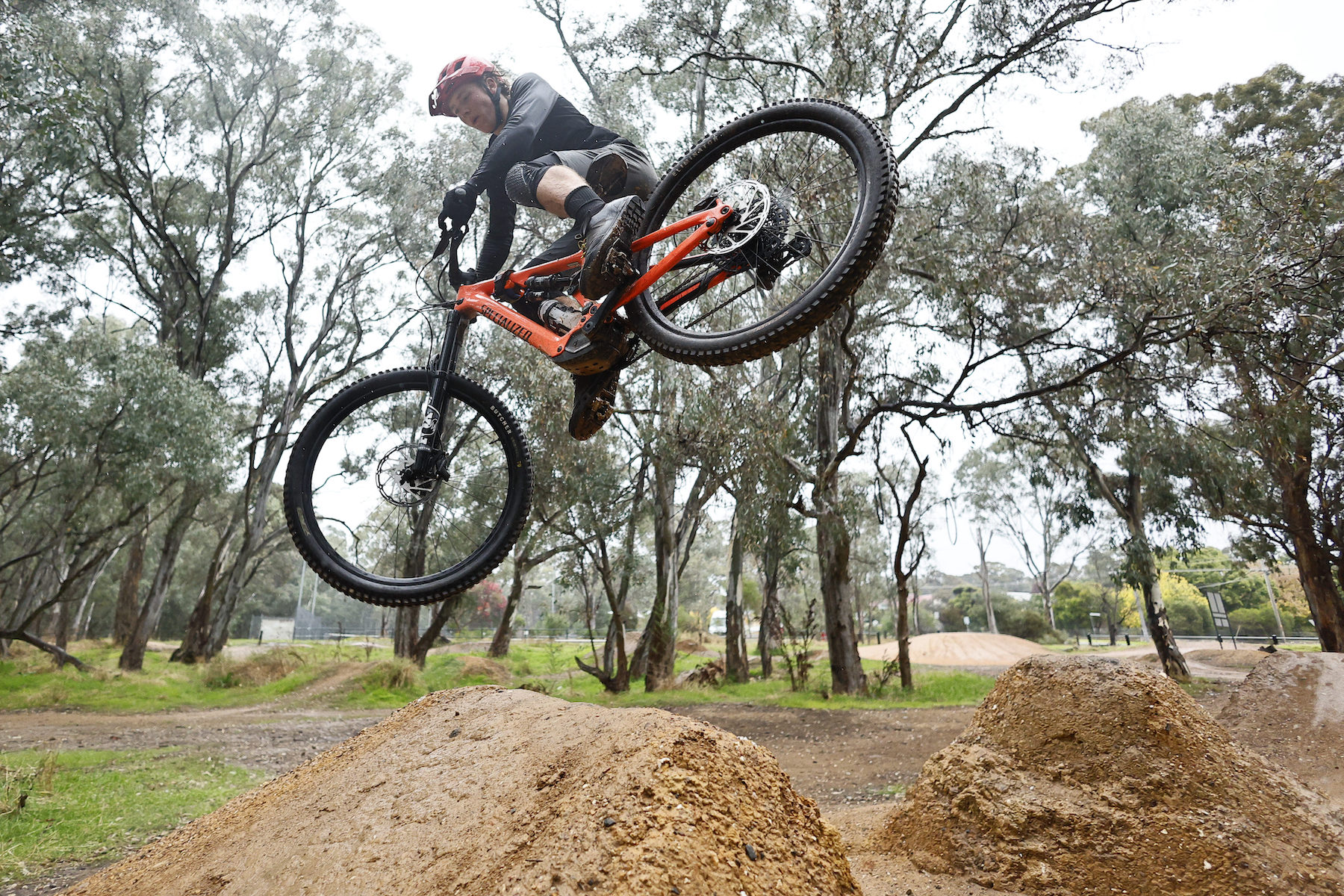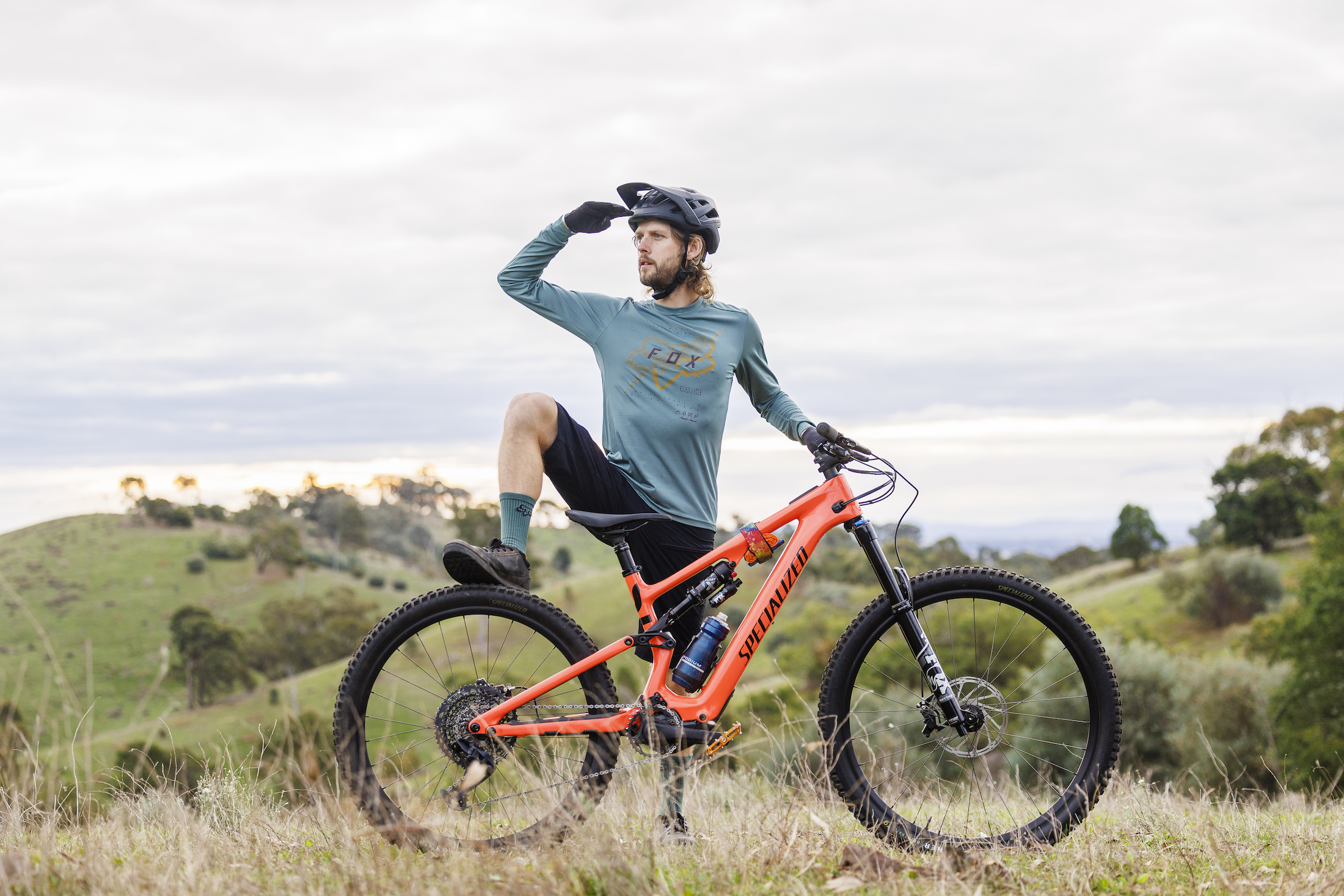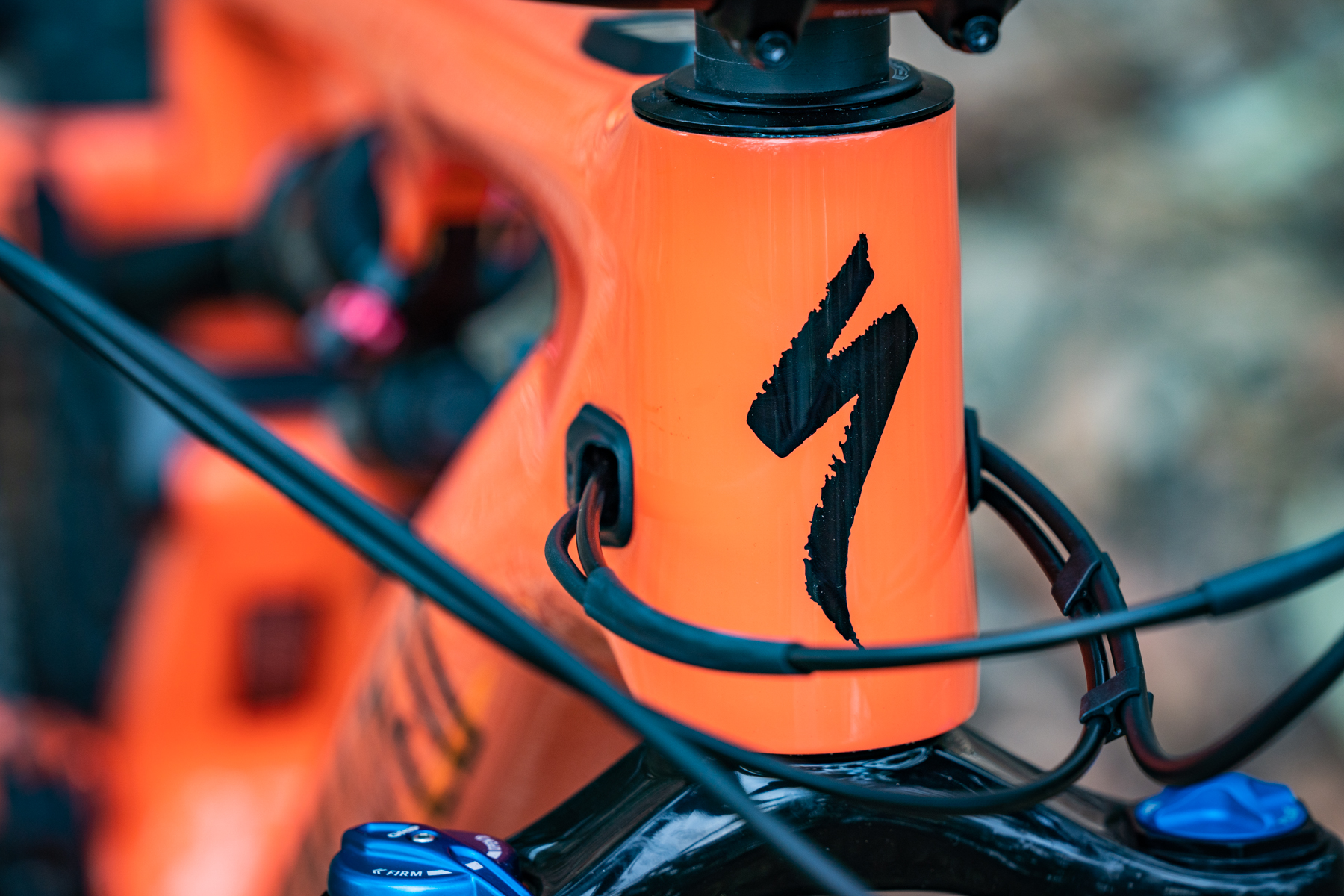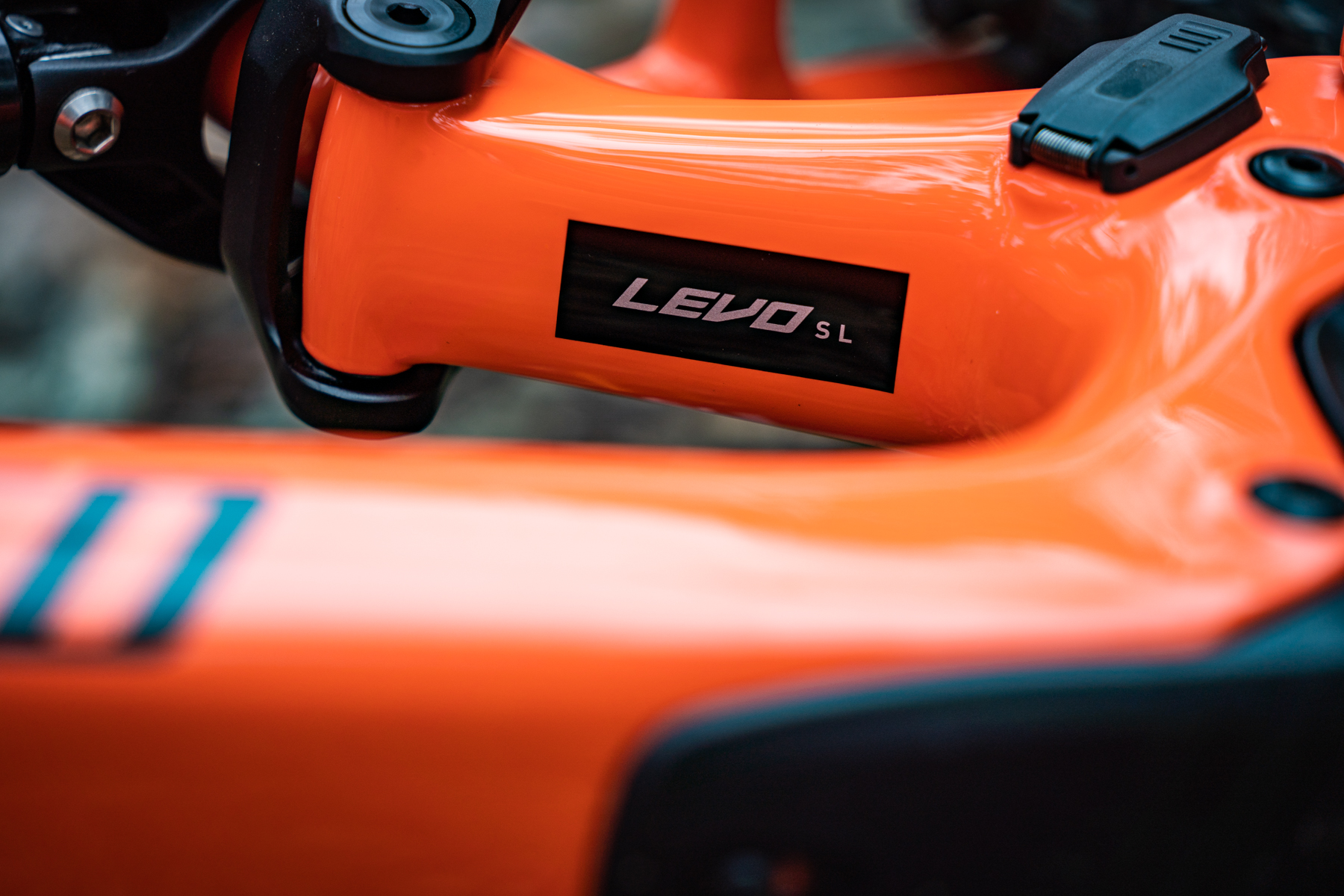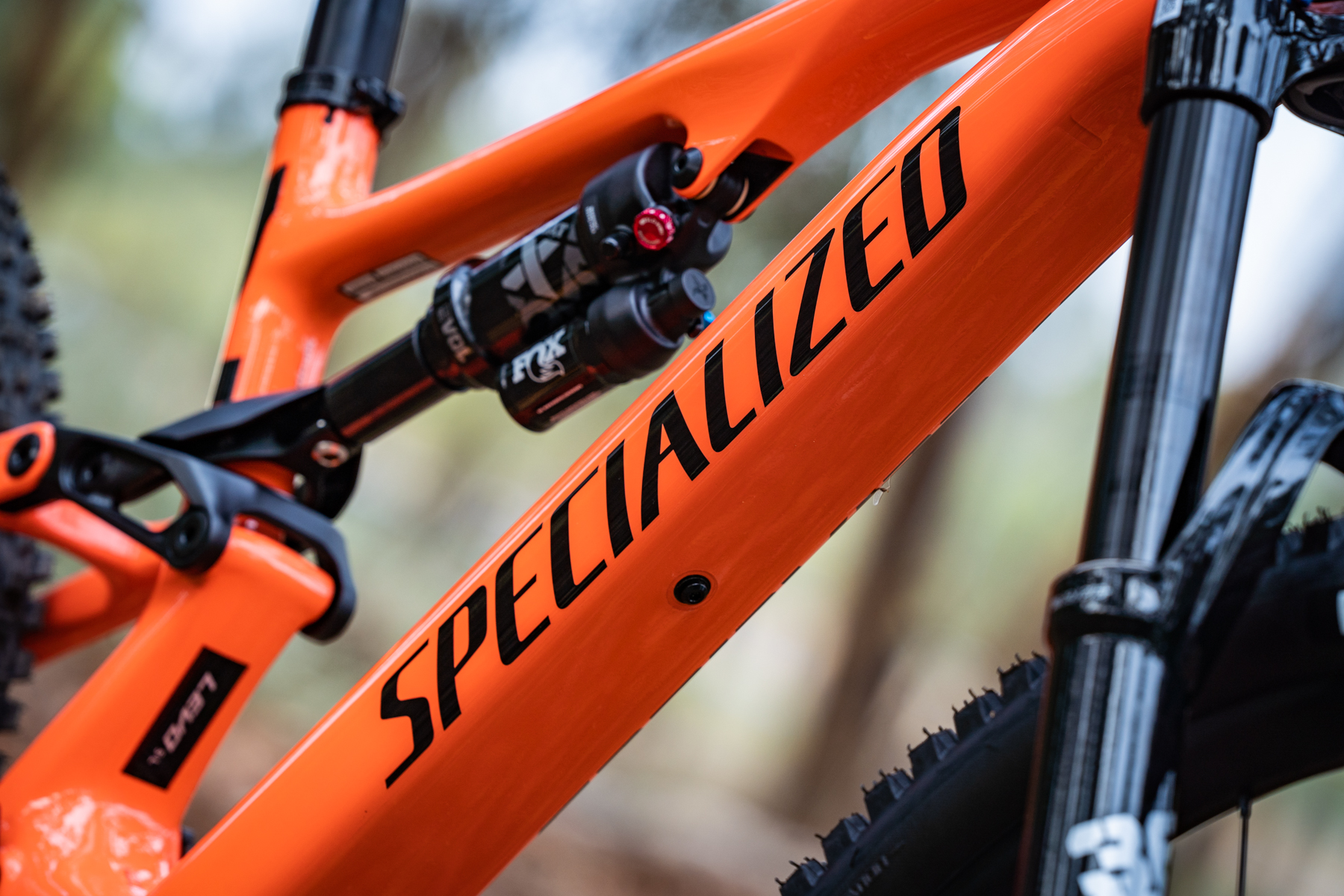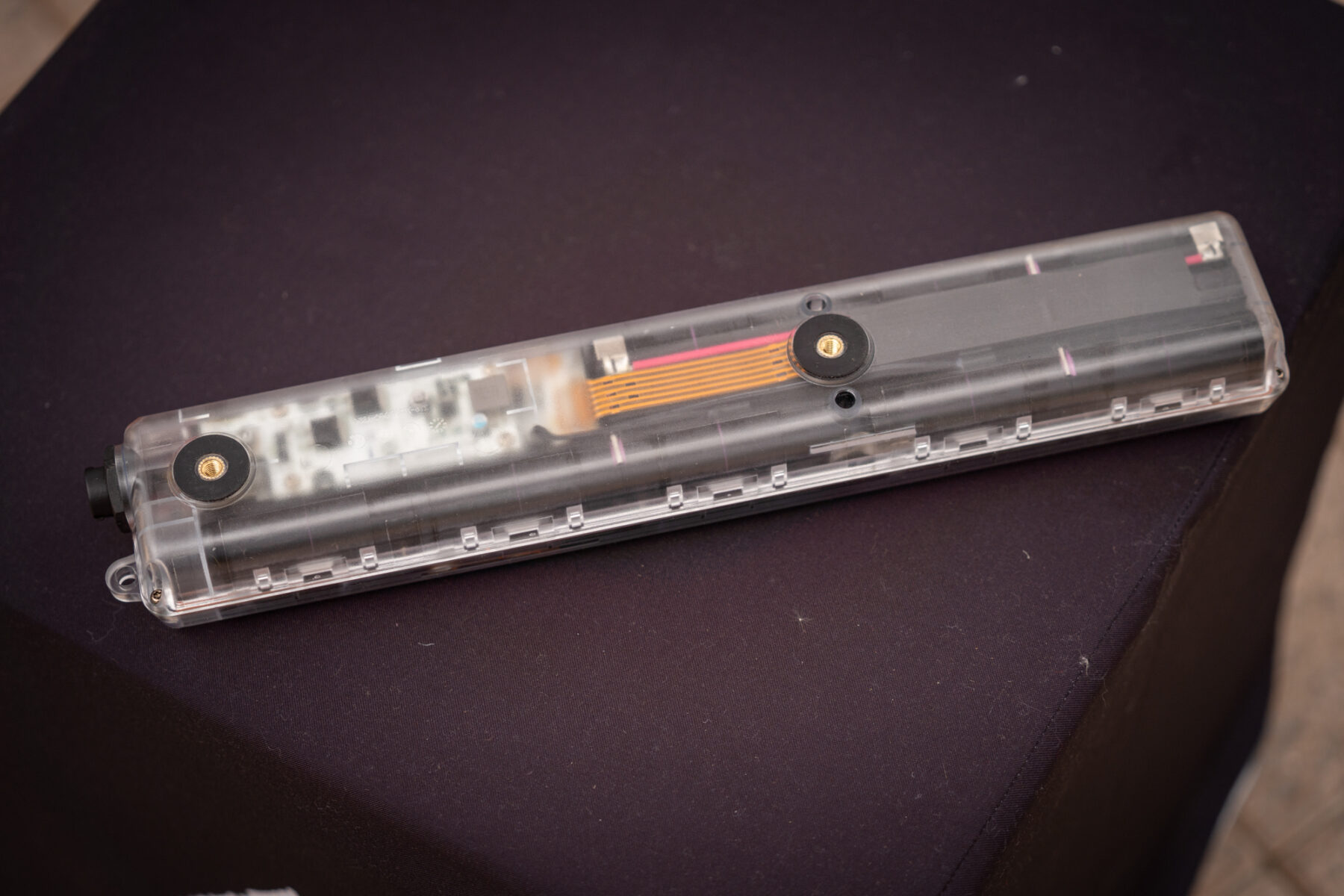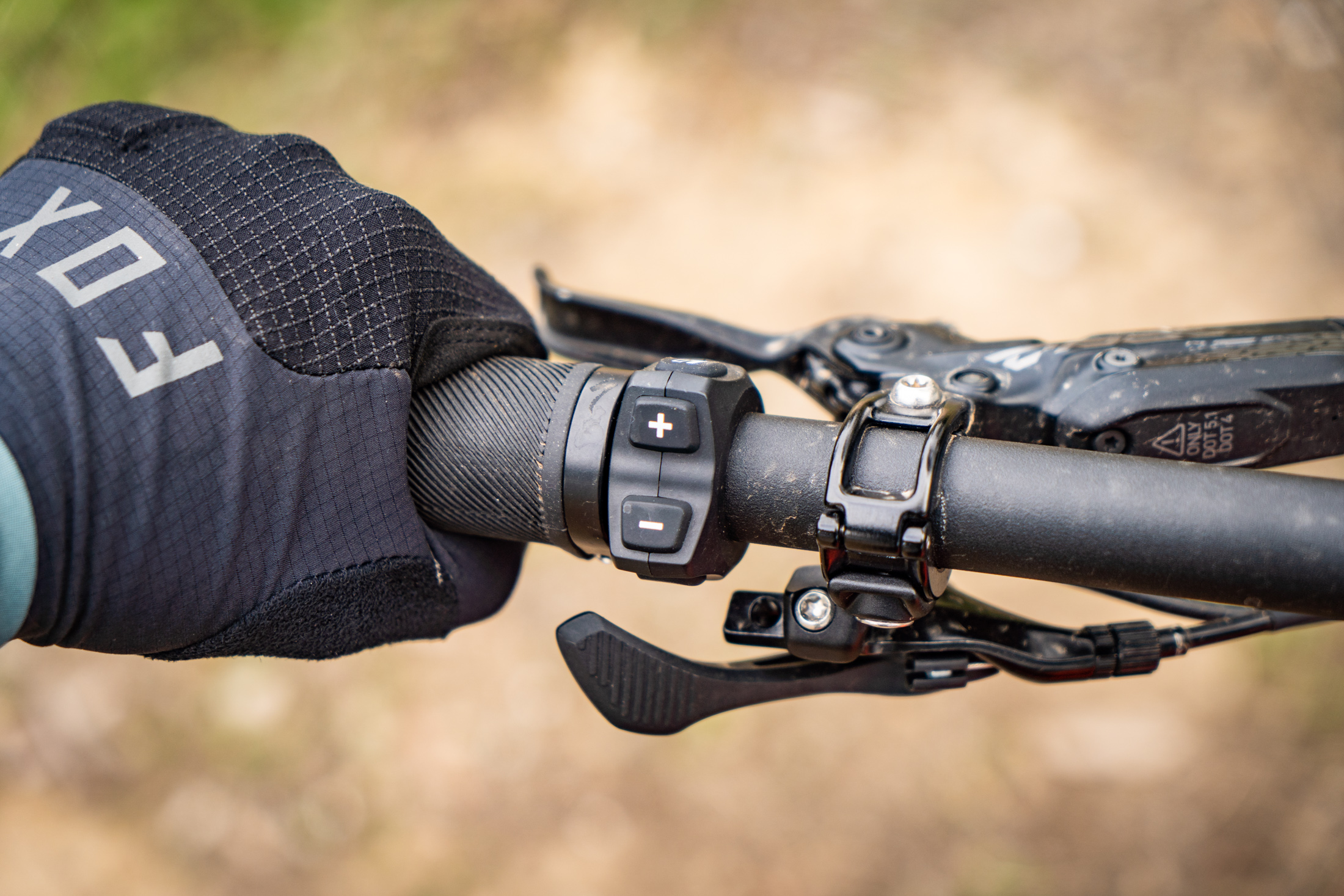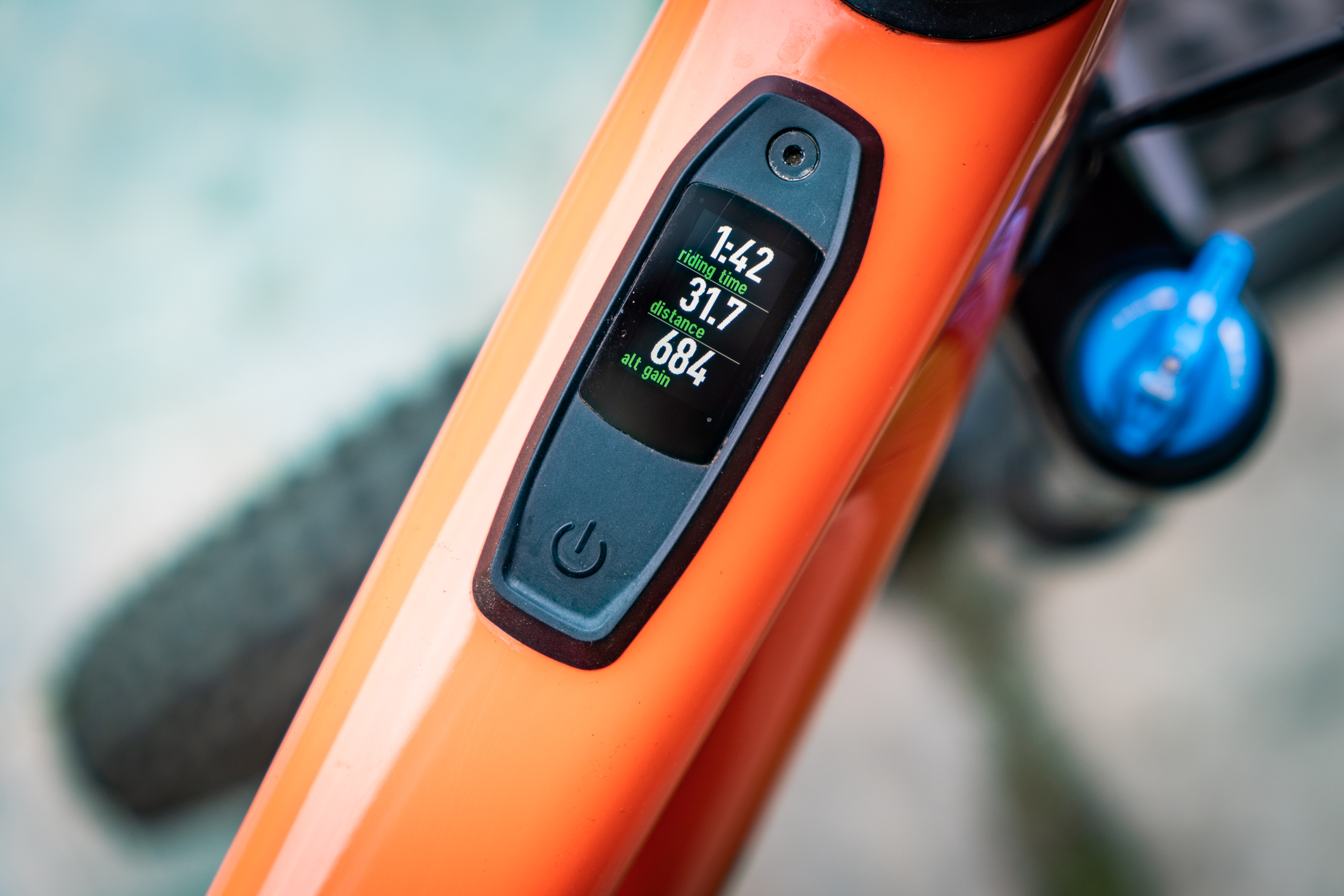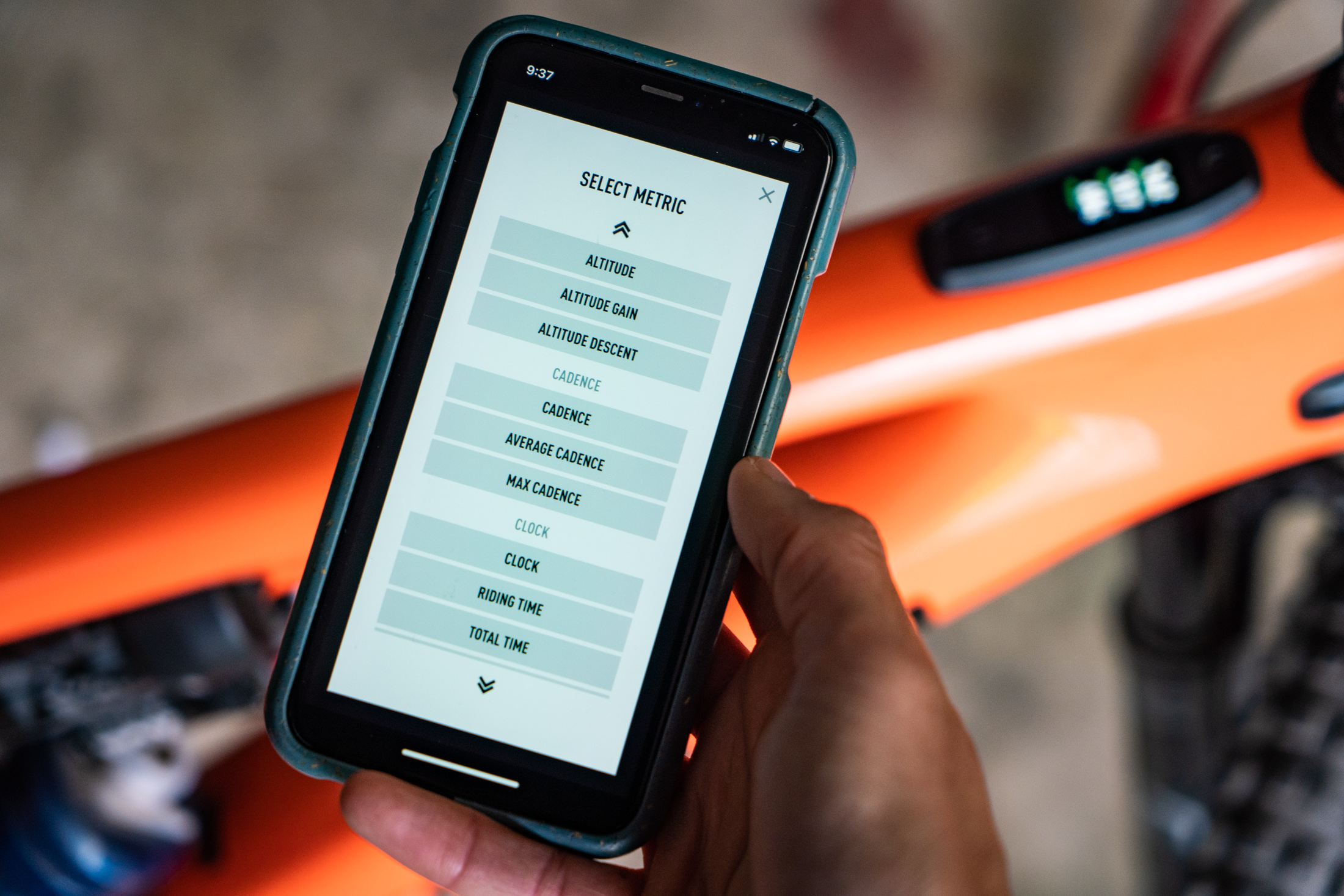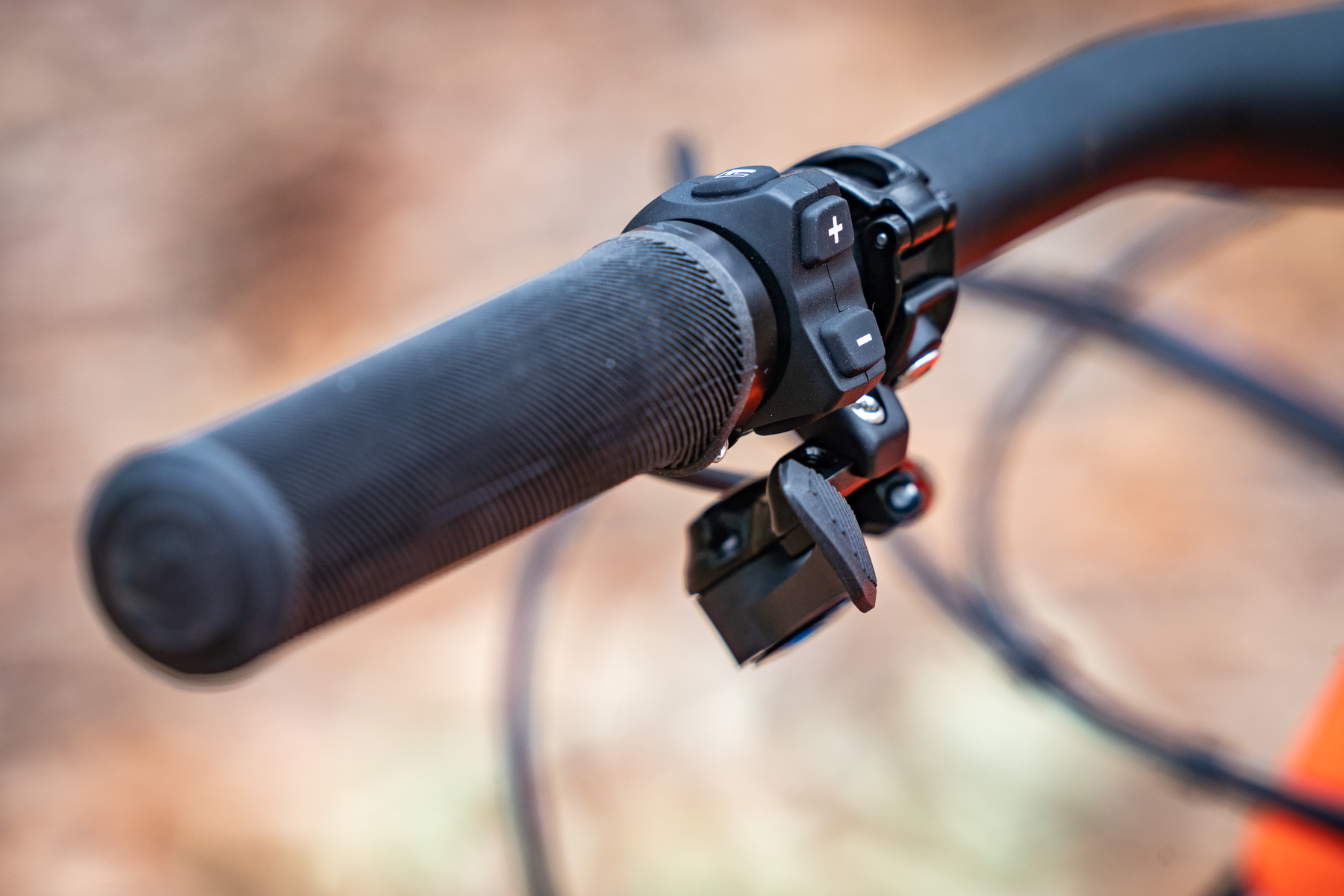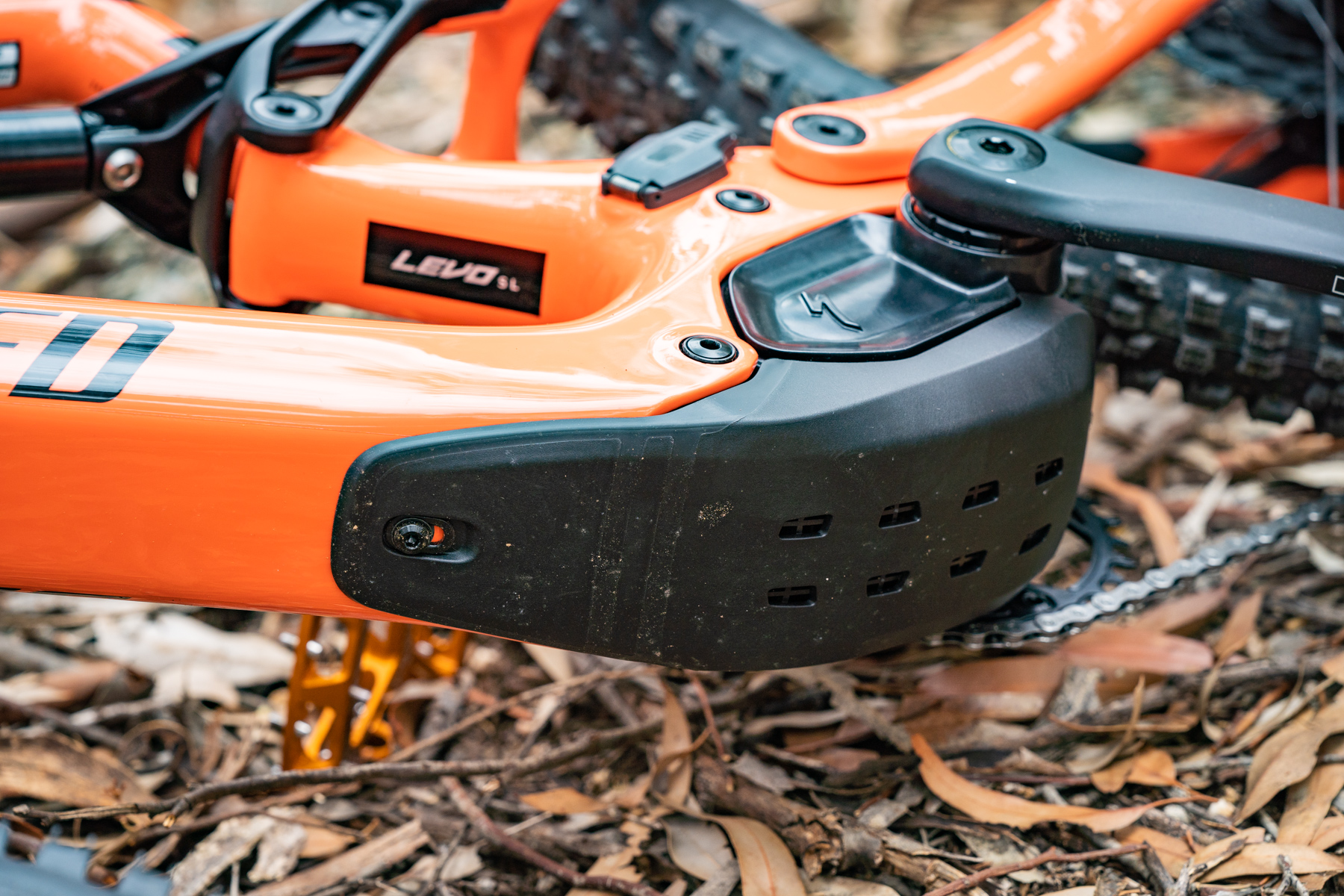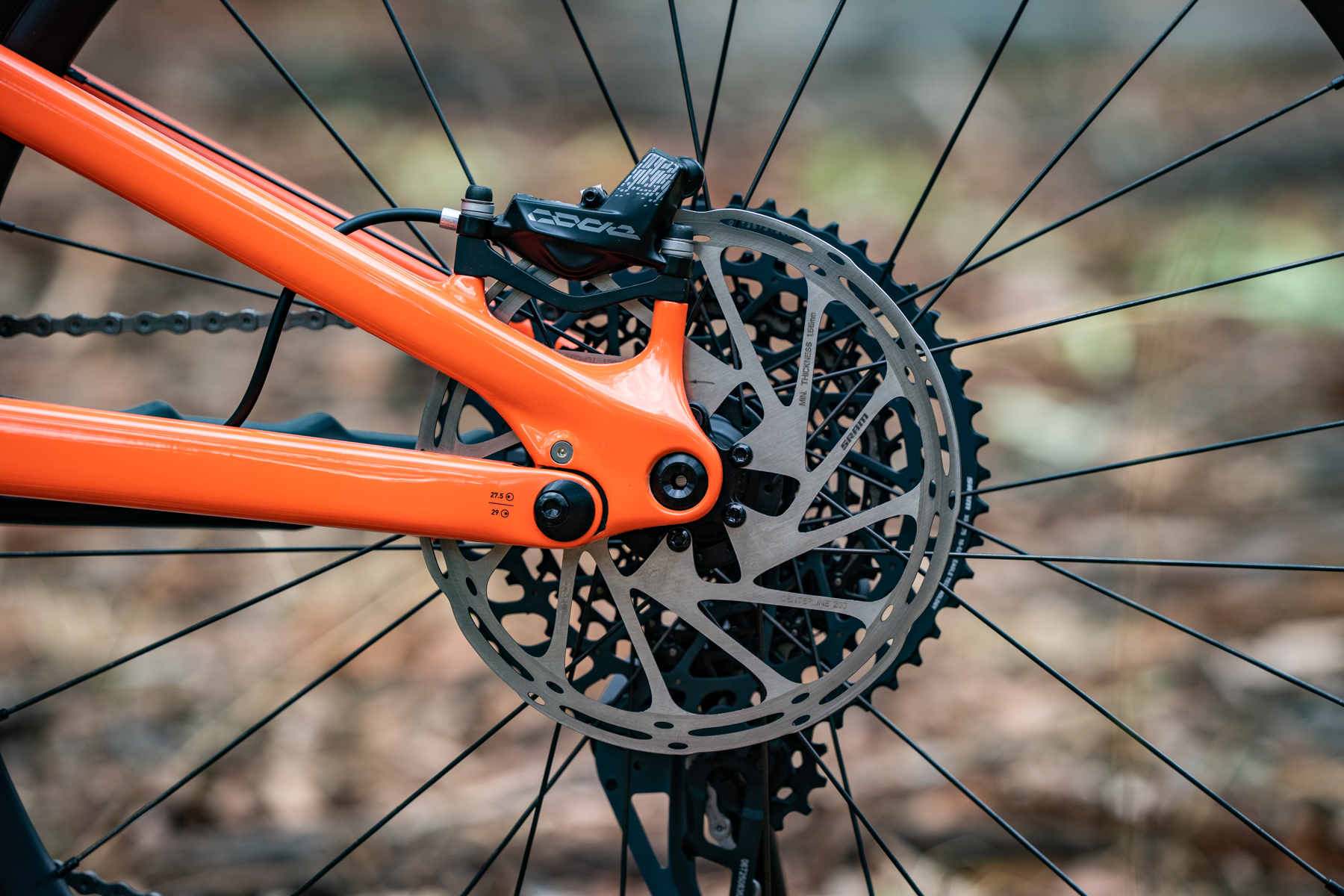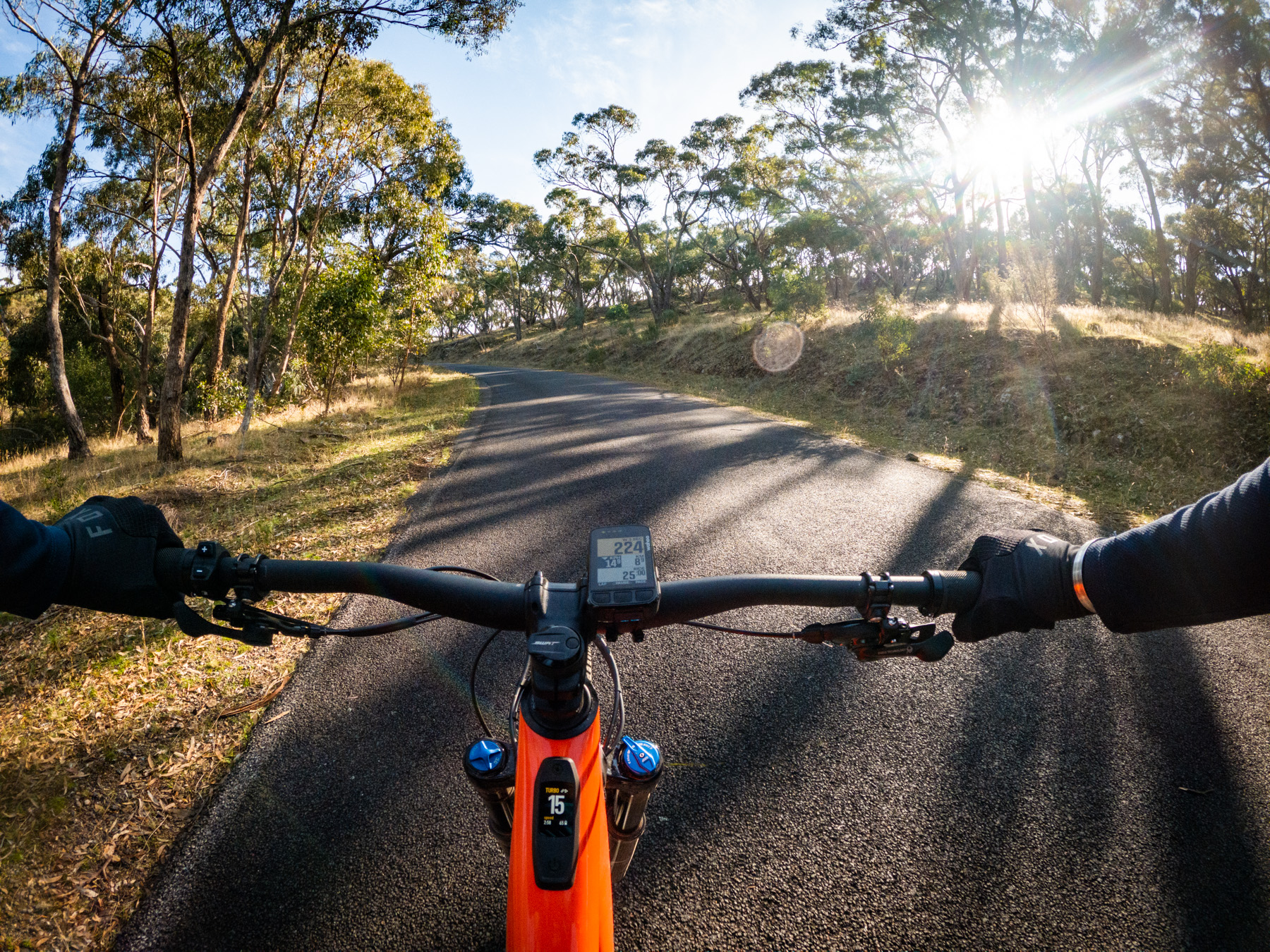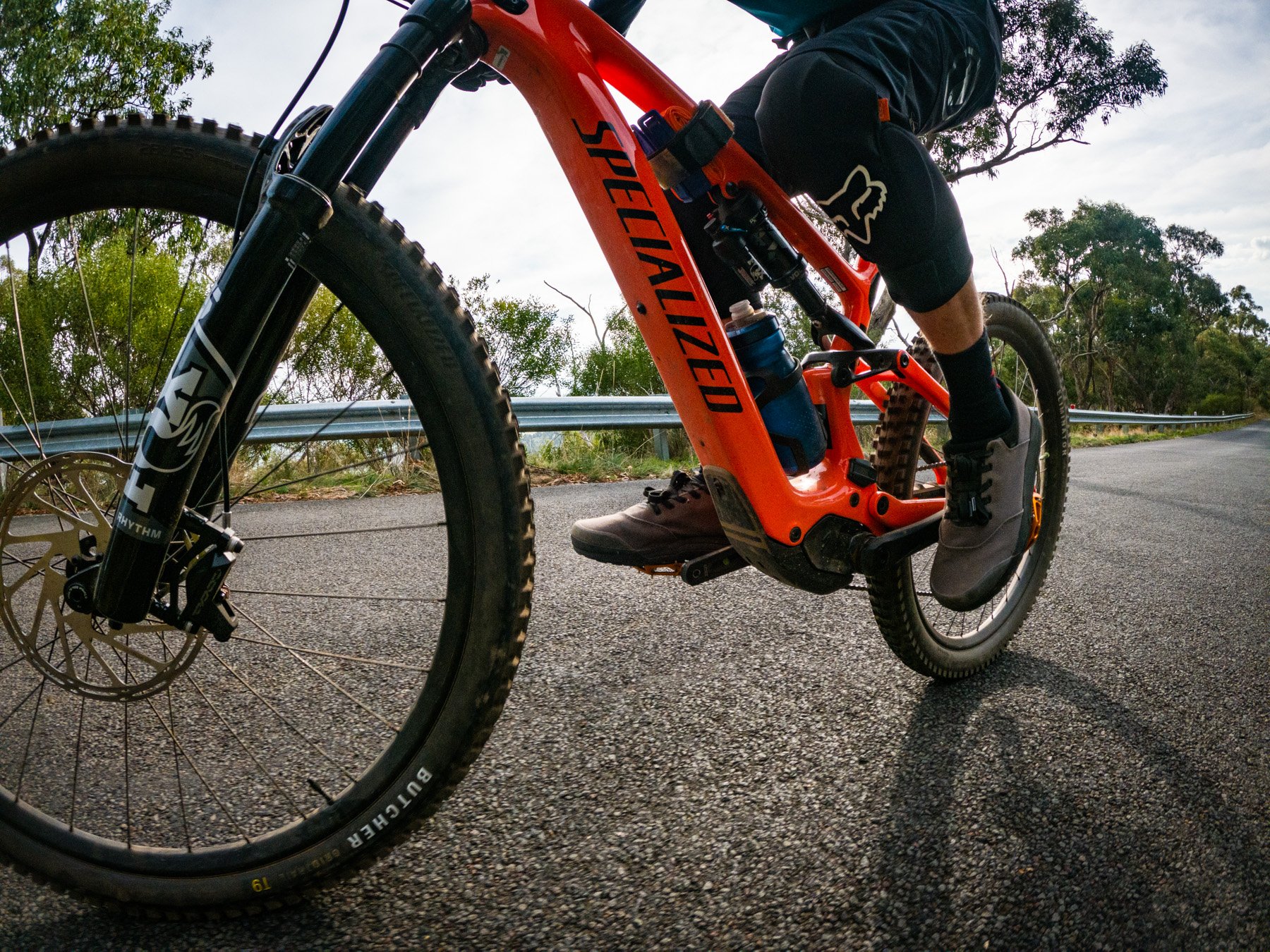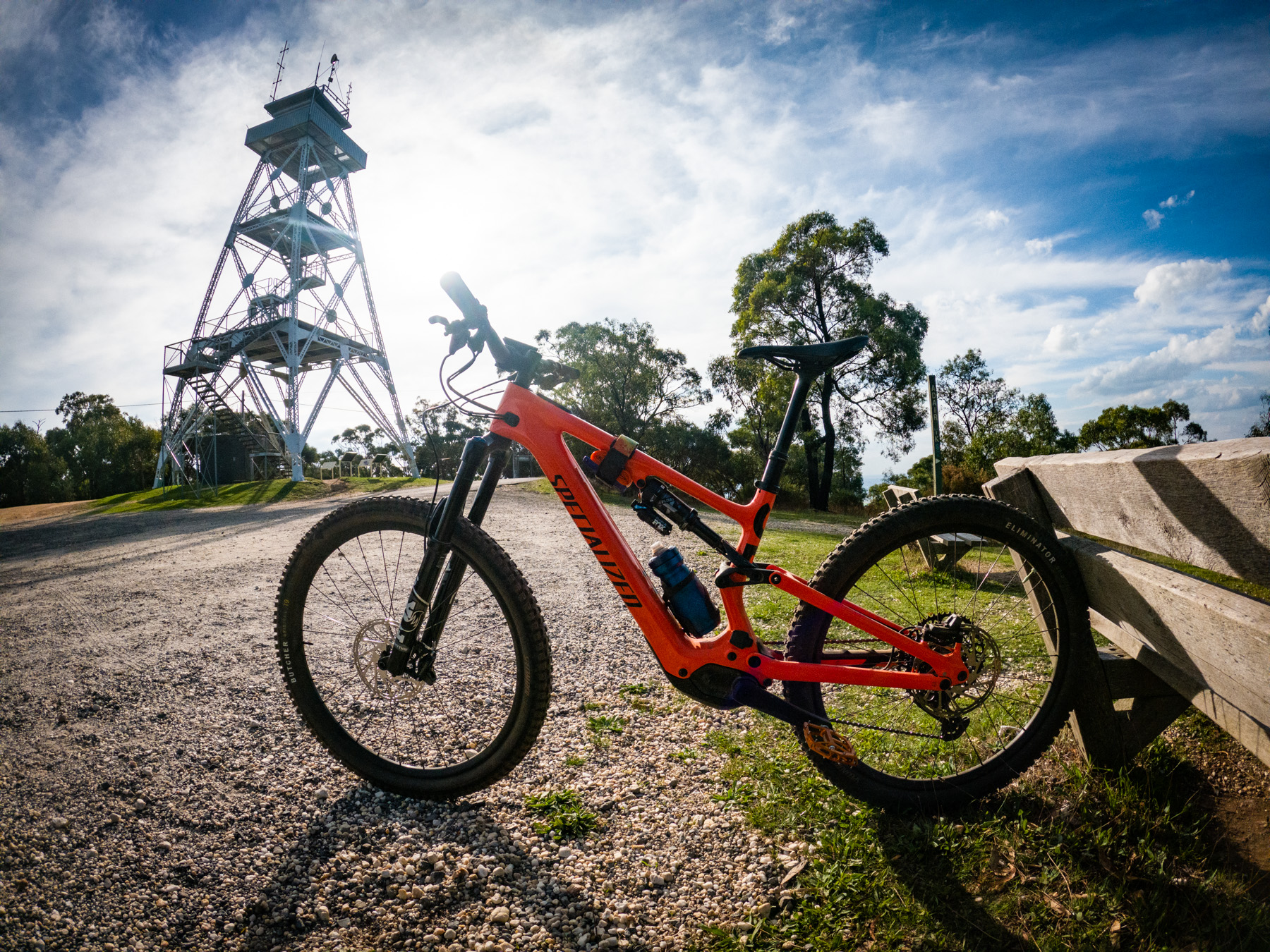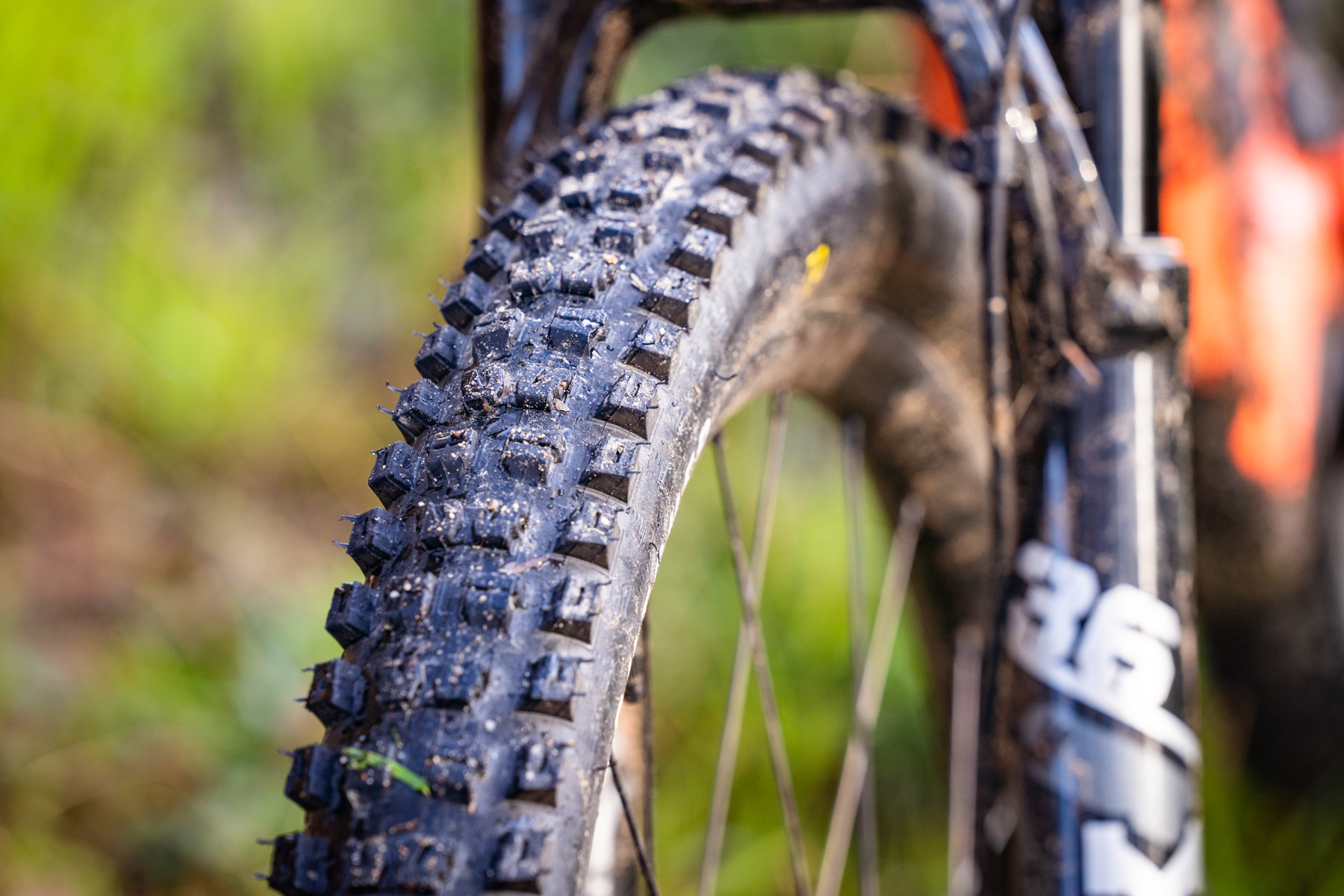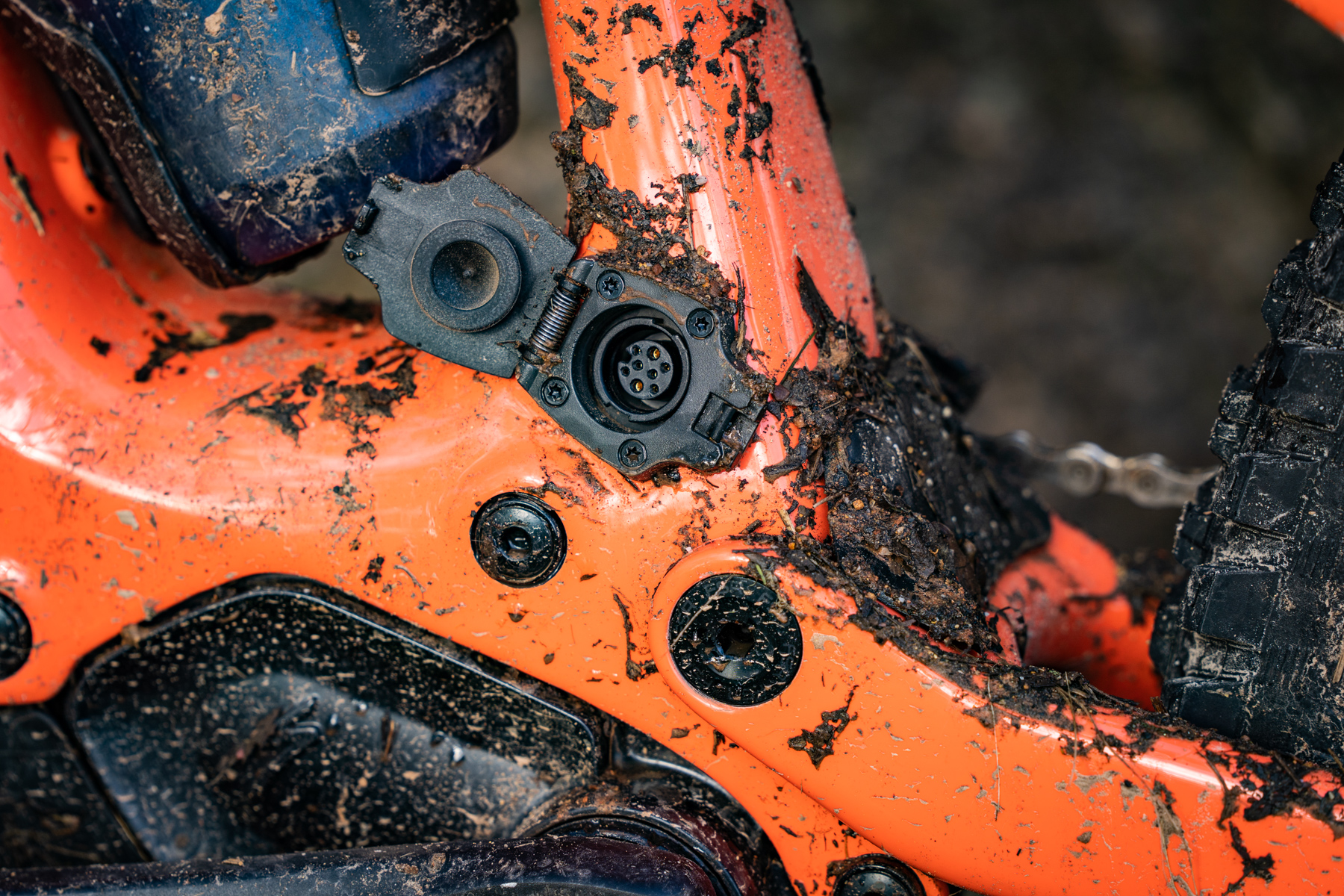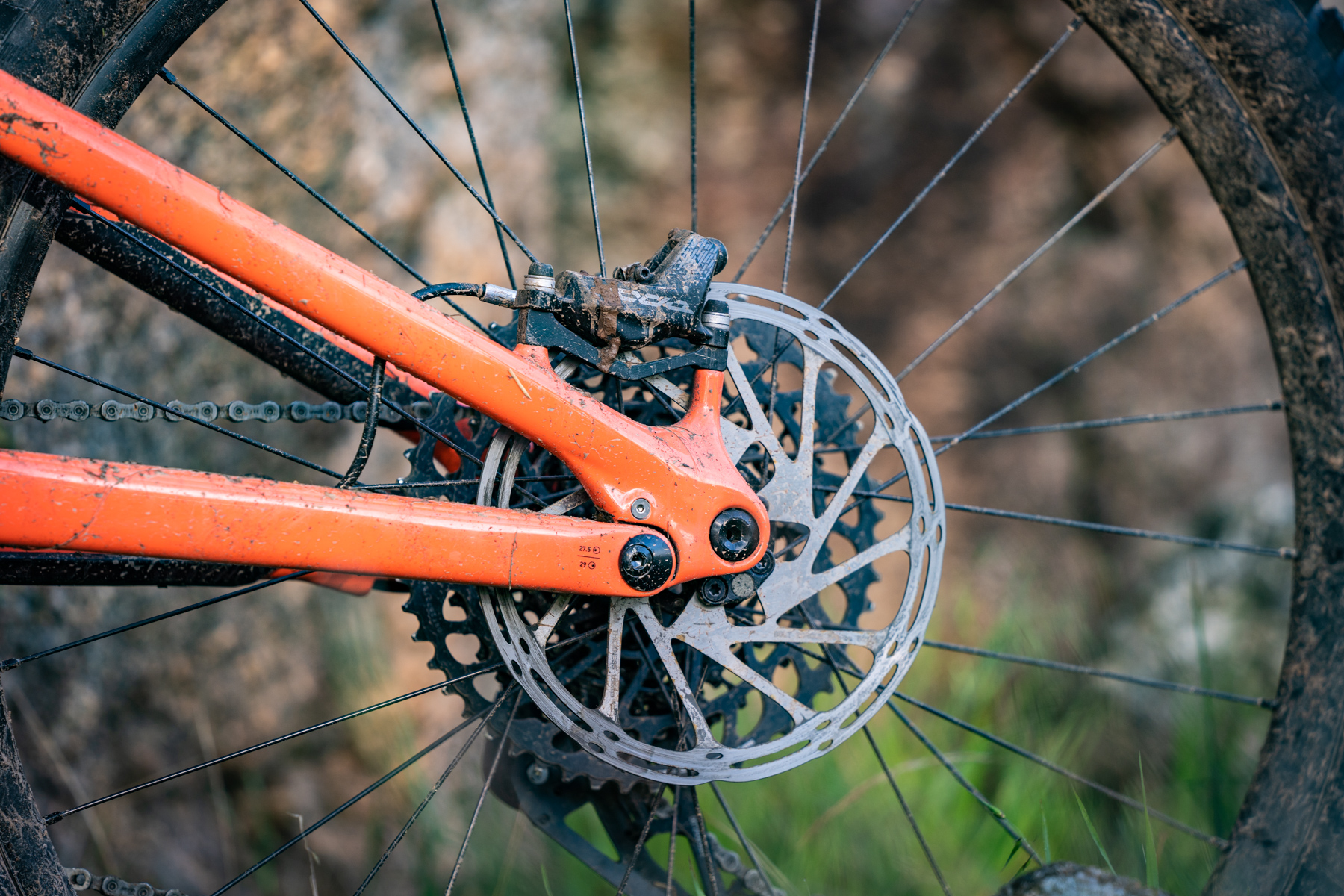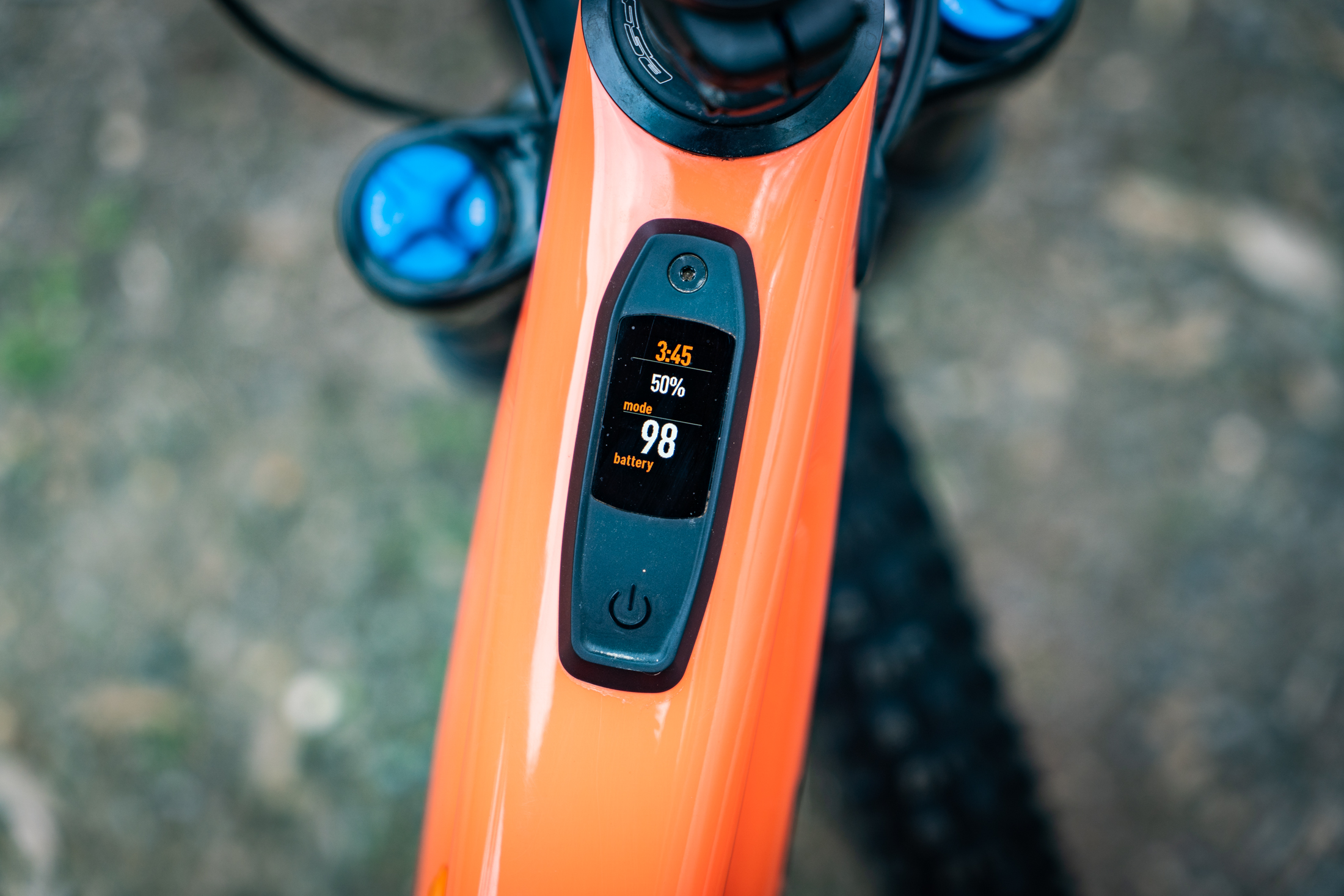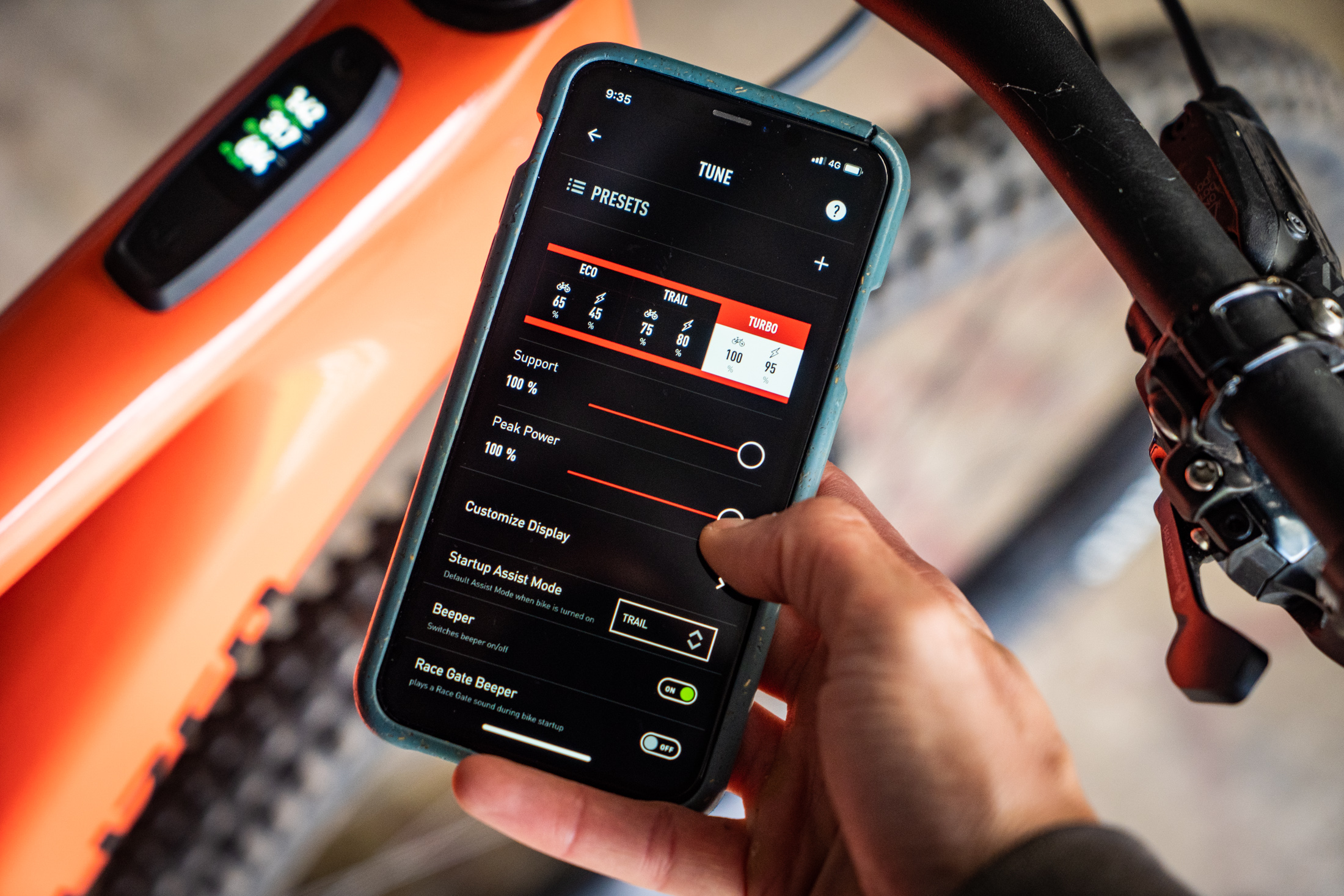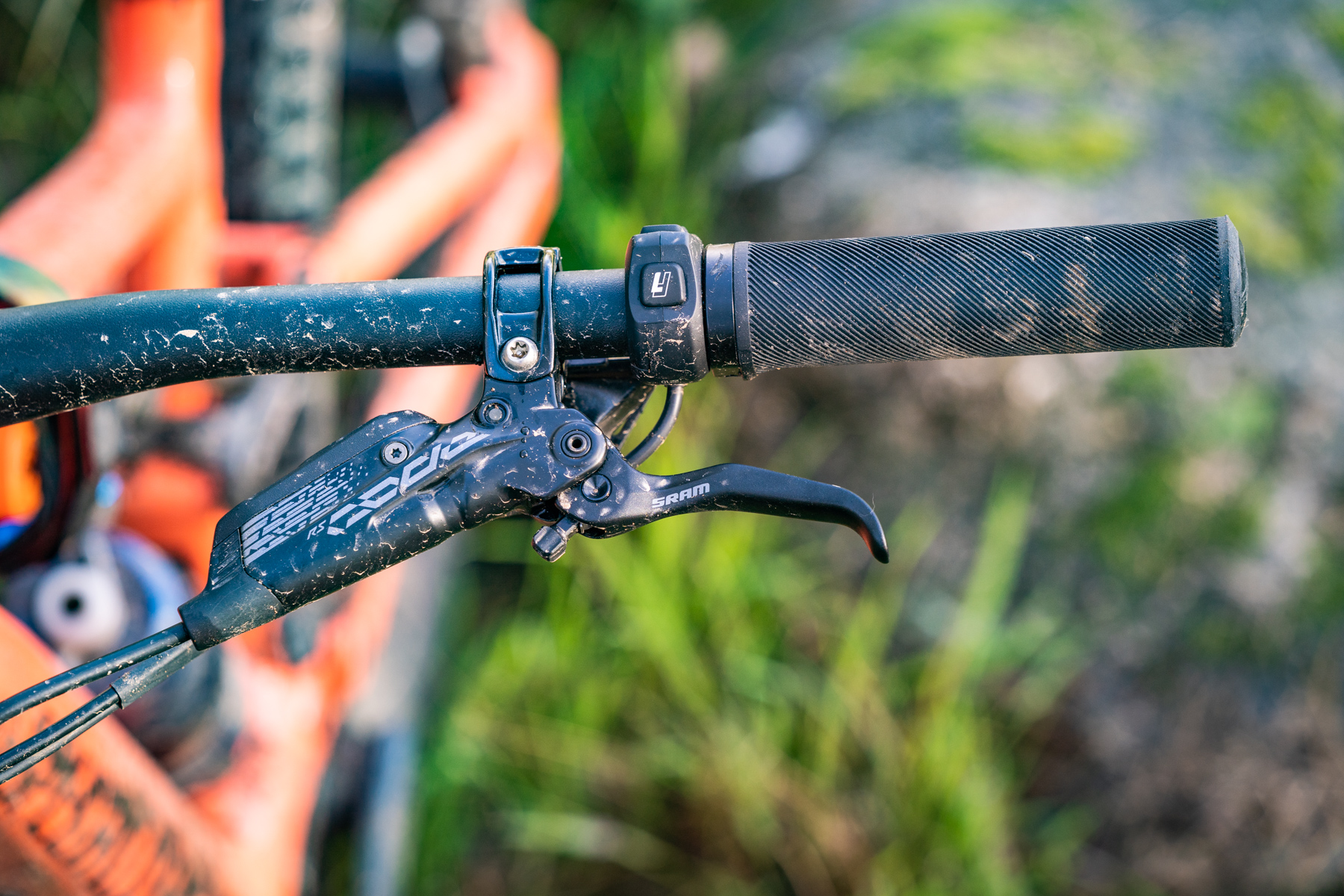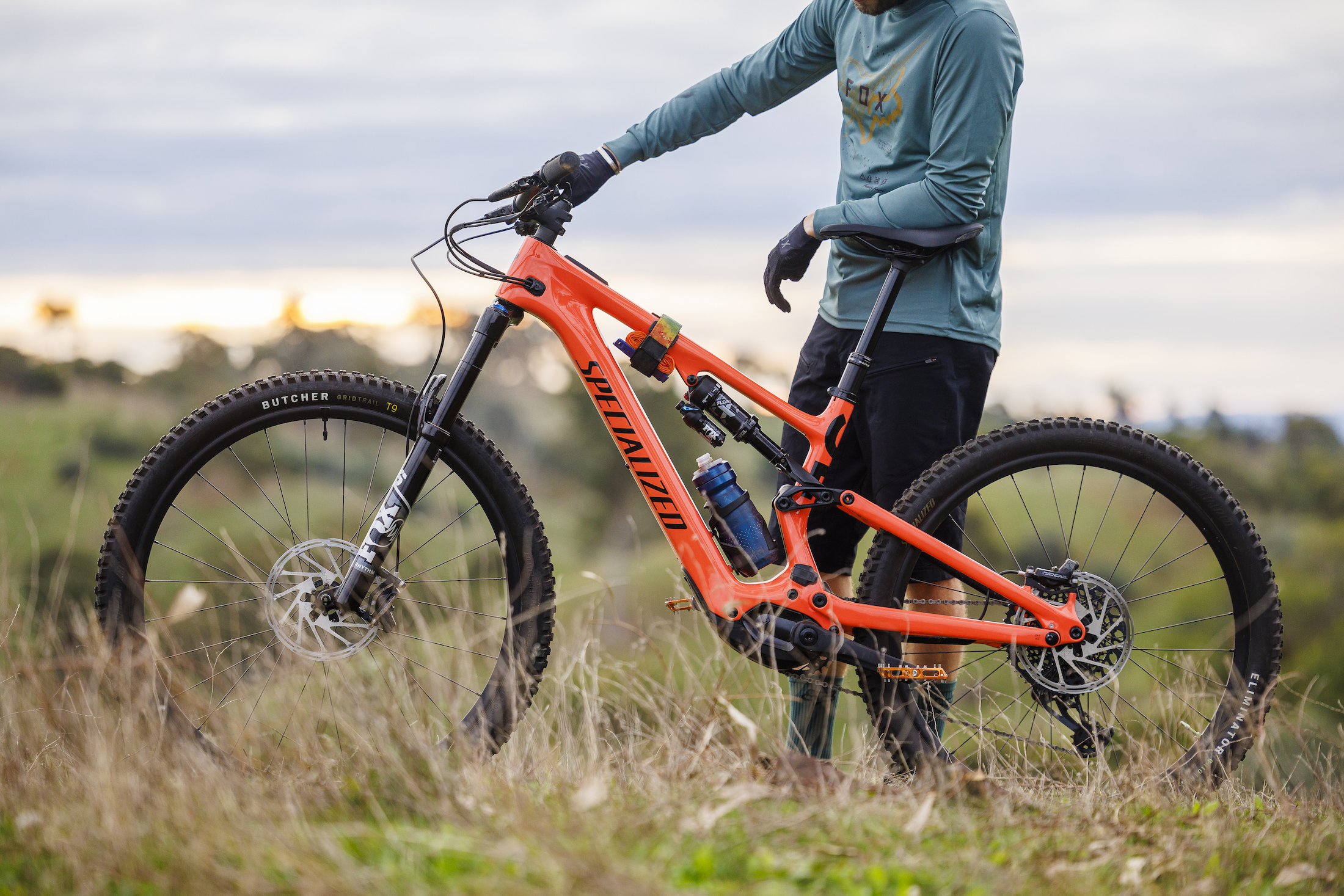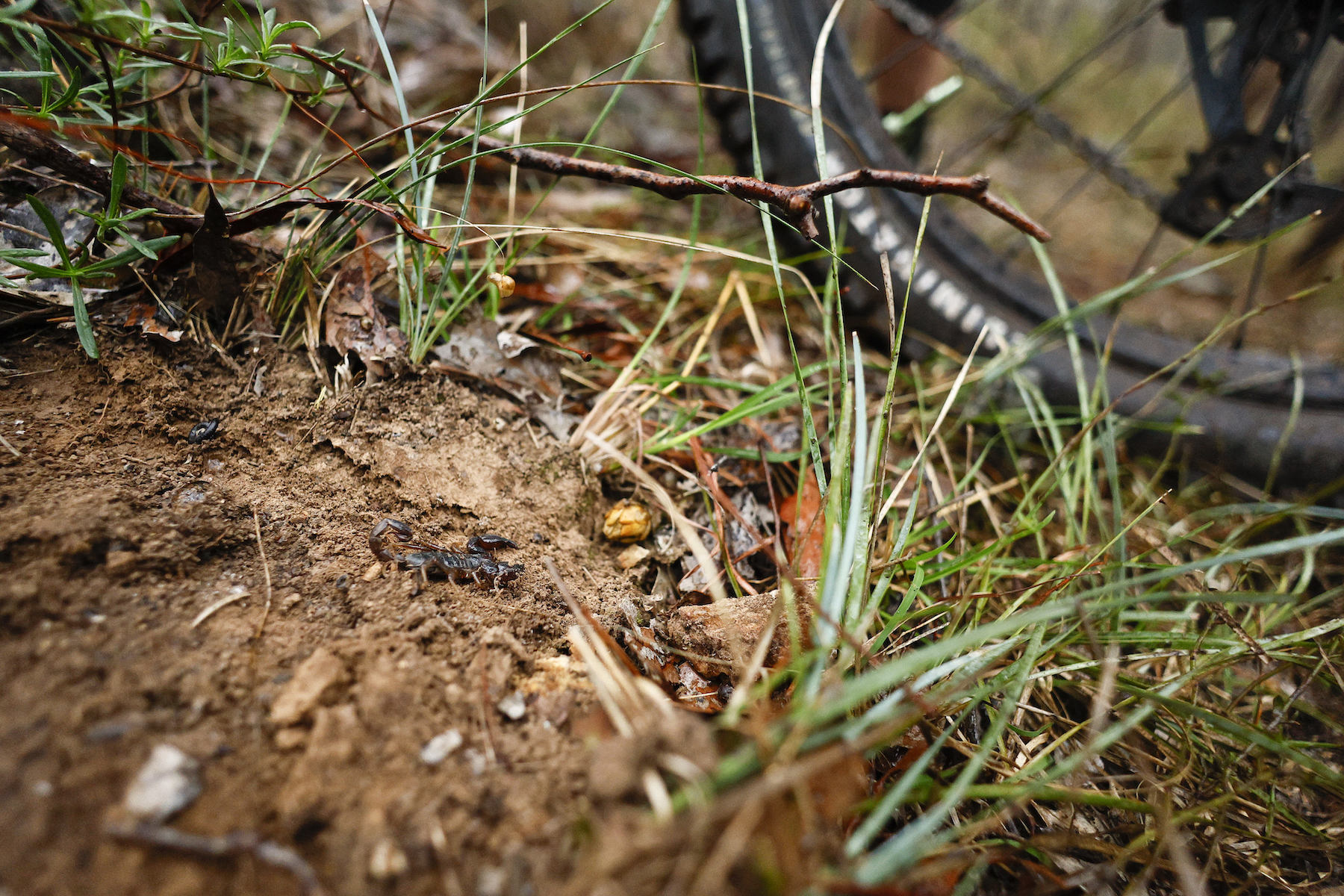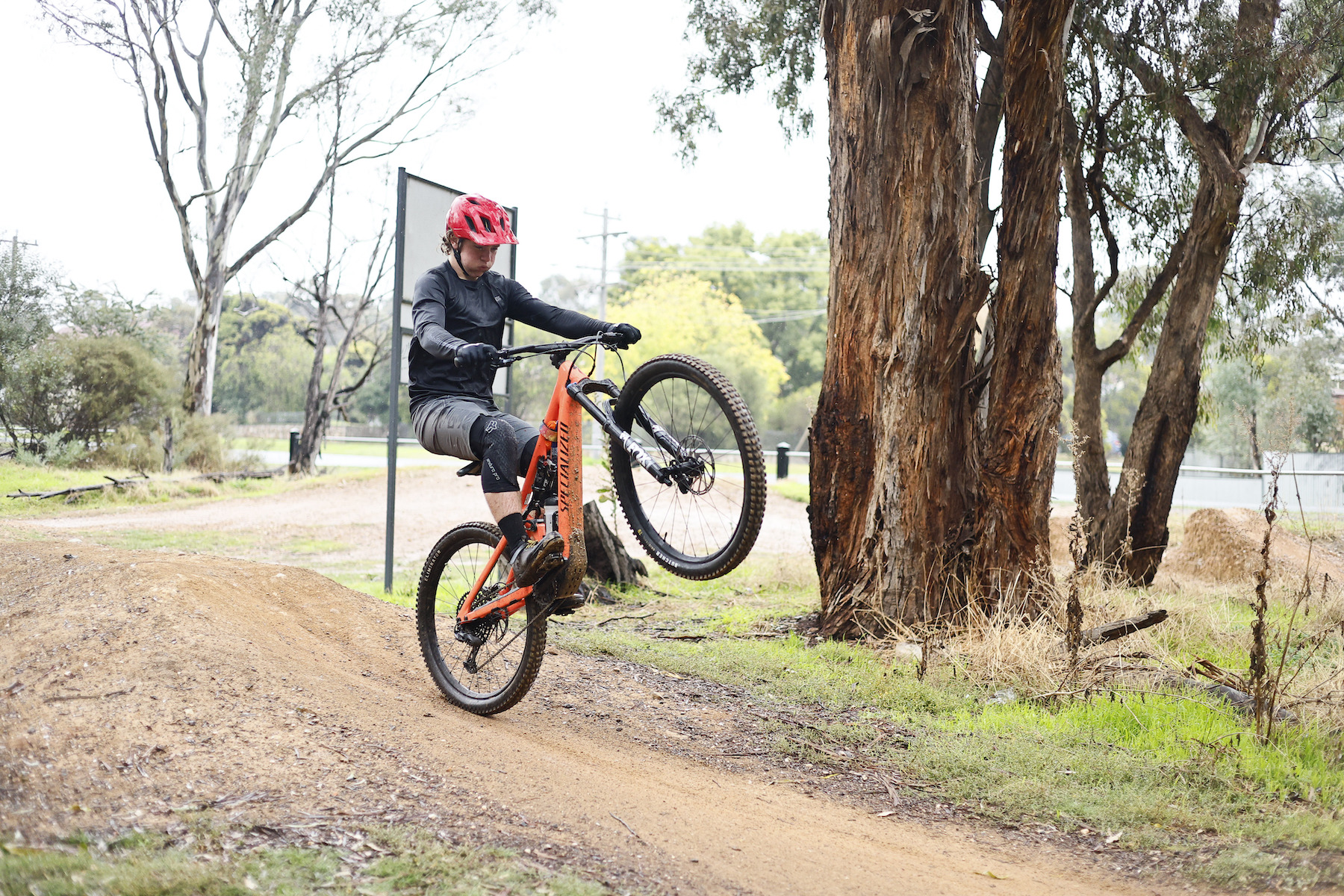Wil reviews the 2024 Specialized Levo SL
It was in early 2020 when the Specialized Levo SL made its thunderous debut. Purpose-built around a low-powered motor and a smaller battery, the Levo SL broke headlines thanks to its sleek looks and incredible sub-18kg weight. Sure, it wasn’t the first lightweight electric mountain bike on the market, but it was arguably the one to legitimise the category. Indeed it proved to be the catalyst for other lightweight e-MTBs like the Orbea Rise, Trek Fuel EXe, Pivot Shuttle SL and even Specialized’s own long-travel bruiser, the Kenevo SL.
While many other brands are yet to even arrive in this segment, Specialized is steaming ahead with the launch of the 2nd generation Levo SL. Promising more power, neater integration, improved handling and greater adjustability, there’s plenty of hype to live up to. So does it deliver? We’ve been testing the 2024 Specialized Levo SL to see how all the changes play out on the trail.
Watch our video review of the Specialized Levo SL here:
Whenever I ride a new e-MTB with a different or updated drive unit, it’s usually the motor’s performance that tends to dominate my attention during the first few rides. Curiously, this wasn’t the case with the new Specialized Levo SL.
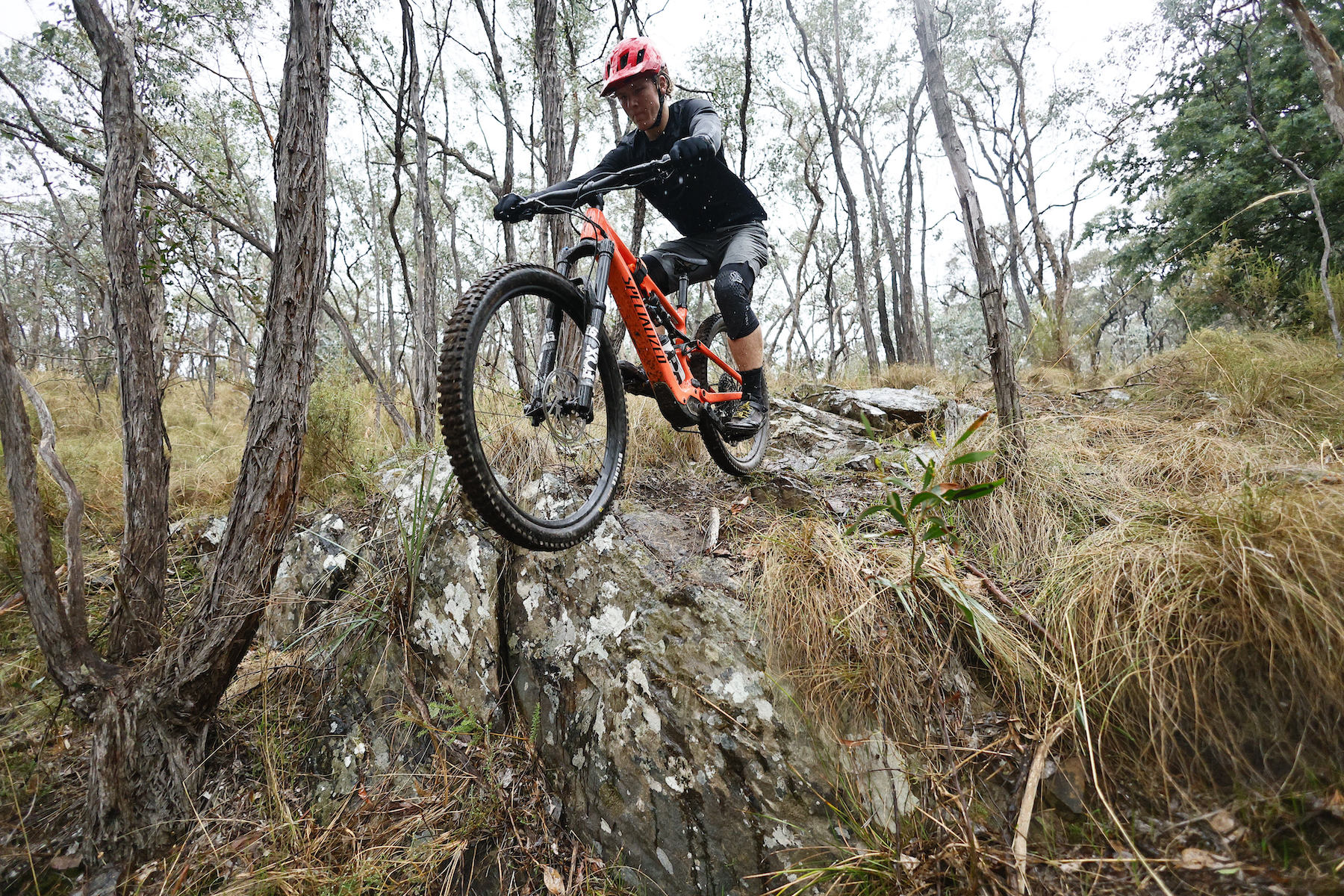
An overview of the 2024 Specialized Levo SL
The Specialized Levo SL is a lightweight full suspension e-MTB. It’s designed for all-round trail riding, making it essentially an electrified version of the Stumpjumper EVO.
For 2024 the Levo SL receives a brand new FACT 11m carbon frame. The overall shape is similar, though Specialized has omitted the Sidearm strut that partially obscured the shock on the old bike. While we’re sure there are good reasons for this, it is a bit of a shame given the Sidearm was such a distinguishing feature.
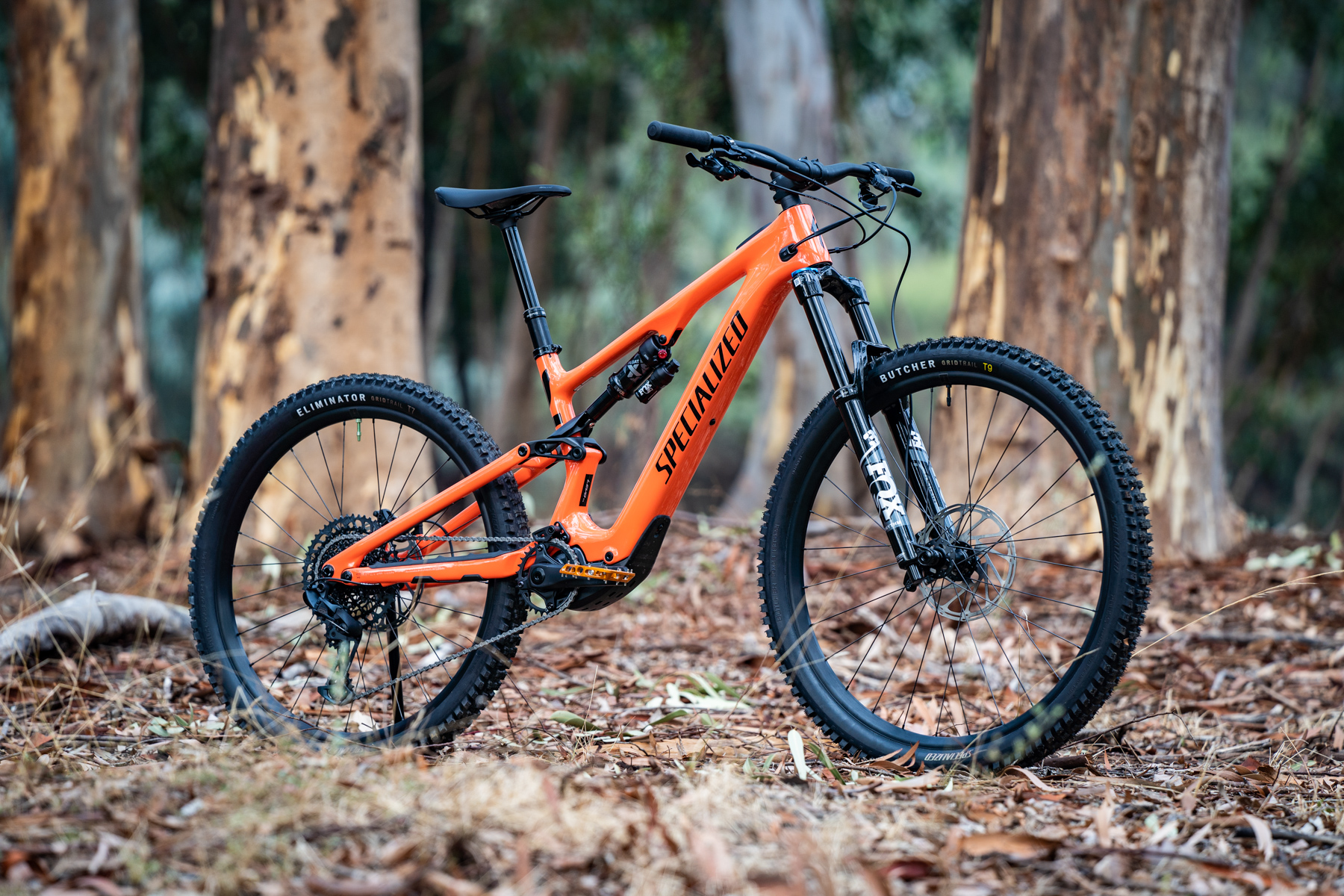
Previously a dedicated 29er, the new Levo SL now comes set up as a mullet with a 27.5in rear wheel. However, the addition of a two-position chainstay flip chip means the frame is still compatible with a 29in rear wheel. This chip increases the effective chainstay length by 5mm when running the 29er setup, though the rest of the geometry is said to be maintained between the two settings.
Up front is a 160mm travel fork, which is a 10mm increase over the old bike. You’ll still find 150mm of rear travel and the FSR four-bar suspension design out back, though the kinematics have been updated. Thanks to a slightly longer 55mm shock stroke and a new linkage, the leverage curve is claimed to be flatter and slightly less progressive. Specialized claims this improves small-bump and mid-stroke sensitivity.
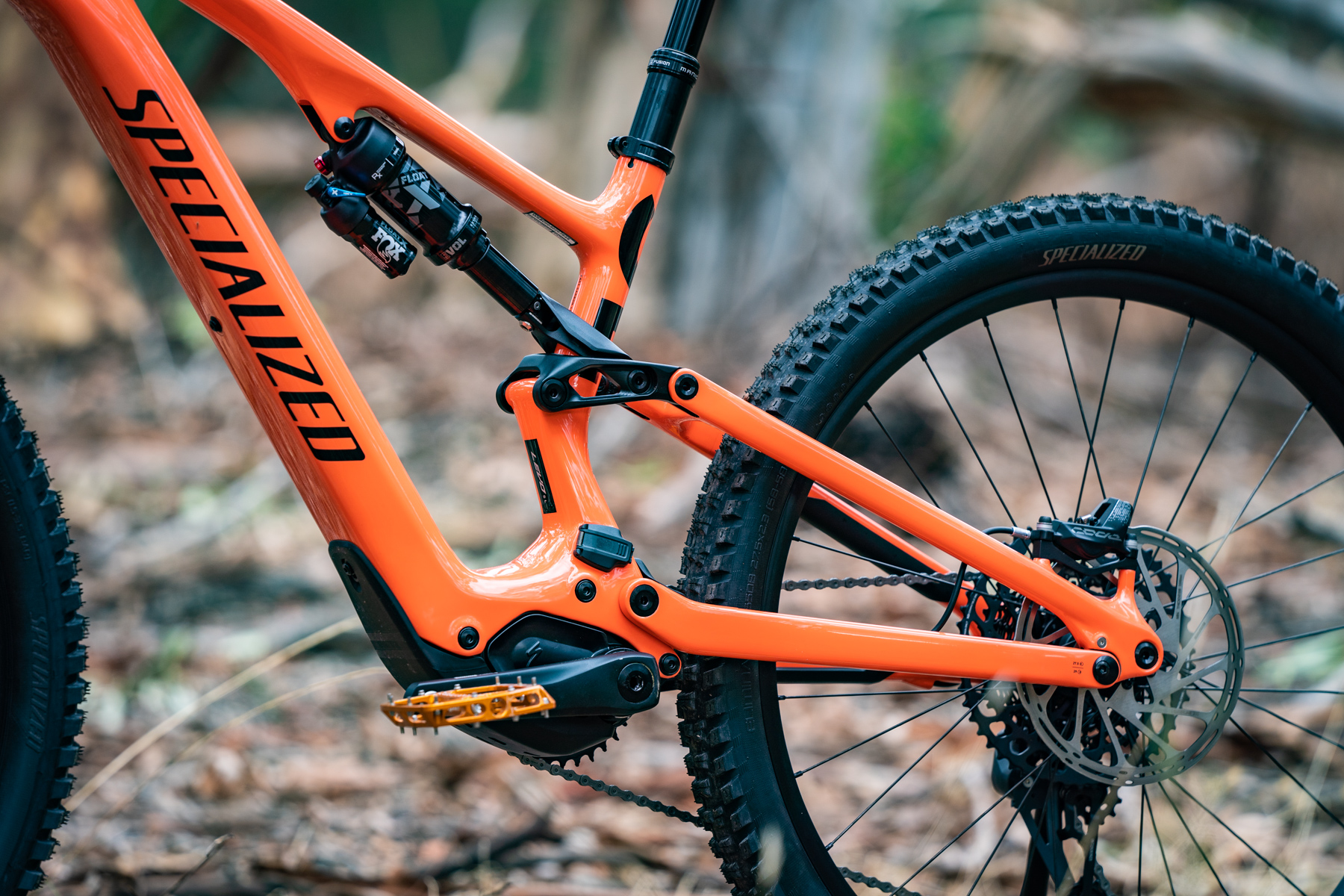
The new SL 1.2 motor is quieter and more powerful
Along with the redesigned frame, the Specialized Levo SL has been treated to an all-new SL 1.2 motor. It shares the same external shape and mounting points as the old SL 1.1 motor, and it’s still manufactured in partnership with German automotive brand Mahle, though that’s where the similarities end.
All-new from the inside-out, the SL 1.2 motor features a two-piece magnesium housing with an integrated honeycomb structure that’s said to be stiffer and better at dissipating noise. Along with a brand new gearbox, Specialized claims the SL 1.2 motor offers a 34-45% noise reduction over its predecessor.
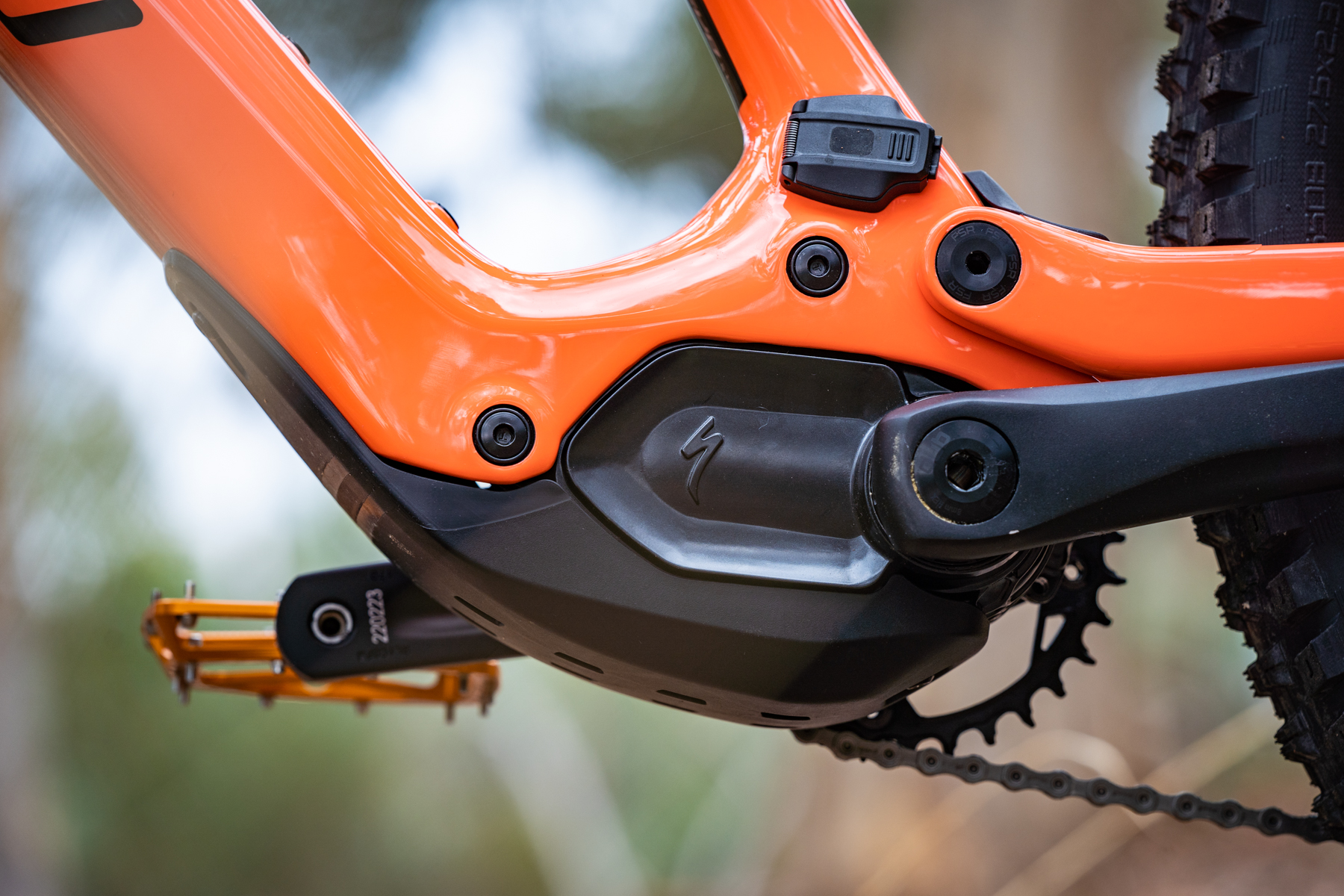
It’s also claimed to be more powerful. Peak torque increases from 35Nm to 50Nm, and peak power output grows from 240 Watts to 320 Watts. It’s a significant and much-needed update, which brings the Levo SL into line with the Fuel EXe (50Nm), Shuttle SL (60Nm) and Rise (60Nm).
Despite the added grunt, the SL 1.2 motor is claimed to weigh the same at just 1.95kg, giving it an impressive power-to-weight ratio.
Powering the new SL 1.2 motor is a 320Wh internal battery. It’s the same battery used in the previous Levo SL, and it’s also compatible with the existing 160Wh Range Extender.
It gets the MasterMind TCU
Following in the footsteps of the latest Levo and Kenevo SL, the new Specialized Levo SL has finally updated to the MasterMind TCU.
Integrated into the top tube, the MasterMind TCU offers a clean and low-profile display that’s protected by a Gorilla Glass screen. In its default configuration, it’ll show you the current battery status, riding speed, elevation gain and time. However, there’s a huge range of metrics that can be added and customised via the Mission Control app. This includes cadence, rider power, motor power, gradient, heart rate and even the motor’s live fuel consumption.
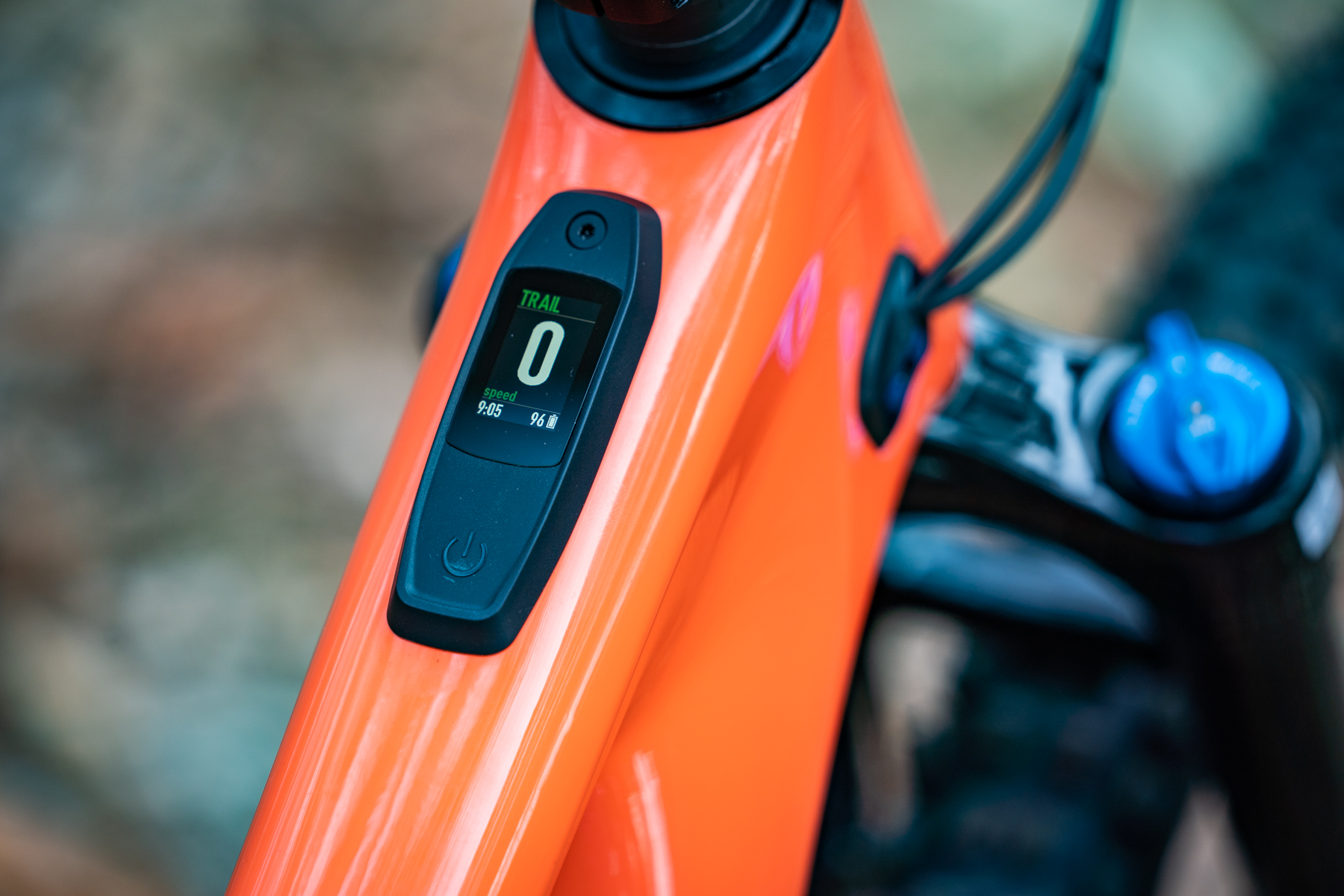
Specialized provides free over-the-air updates via the app, which can also be used to tune the motor’s power output and support characteristics. Furthermore, if you’re looking for more options beyond the standard Eco, Trail and Turbo assist settings, you can utilise the Micro Tune function to increase the motor’s support in 10% increments.
While there’s a lot of potential to be tapped into, the array of functions can be a bit bamboozling. To help decipher it all, check out our separate article on how to tune your Specialized e-MTB.
Specialized Levo SL geometry & sizing
Another significant change with the new Specialized Levo SL is its adoption of S-Sizing. Whereas the previous model was only offered in four sizes, the new bike is produced in six sizes from S1-S6.
While this offers more sizing flexibility for those in the middle of the bell curve, it’s also good news for riders at either end of the spectrum. It’s worth noting that the smallest S1 size features slightly less travel (150/144mm) in order to maintain a low standover height for shorter riders.
Along with the broader range of sizes, the Levo SL’s geometry has also been updated. The head angle has slackened out to 64.6°, and the seat angle is slightly steeper at 75.8°. In its stock mullet configuration, the rear centre length comes in at a very compact 432mm, which is 5mm shorter than the previous model.
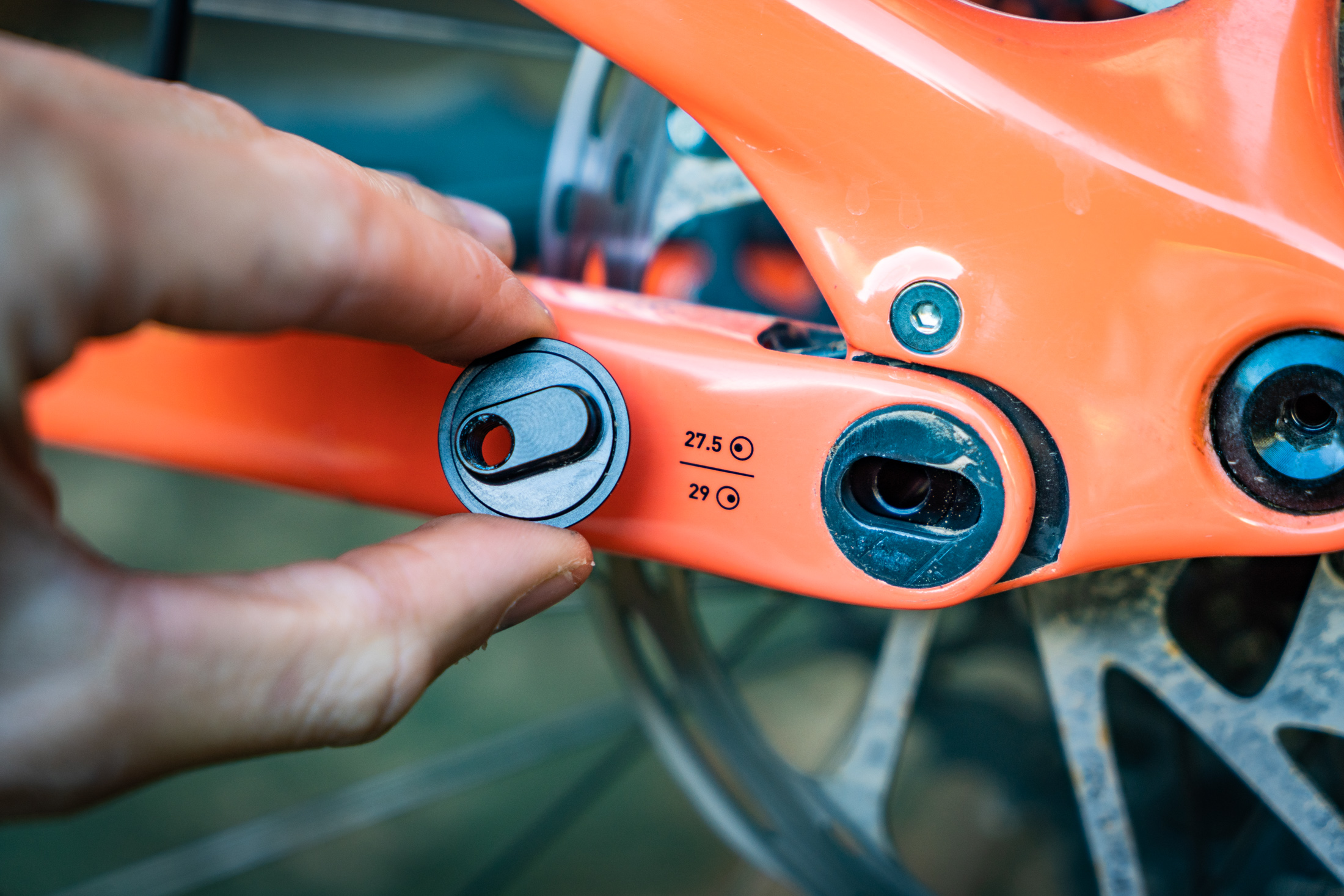
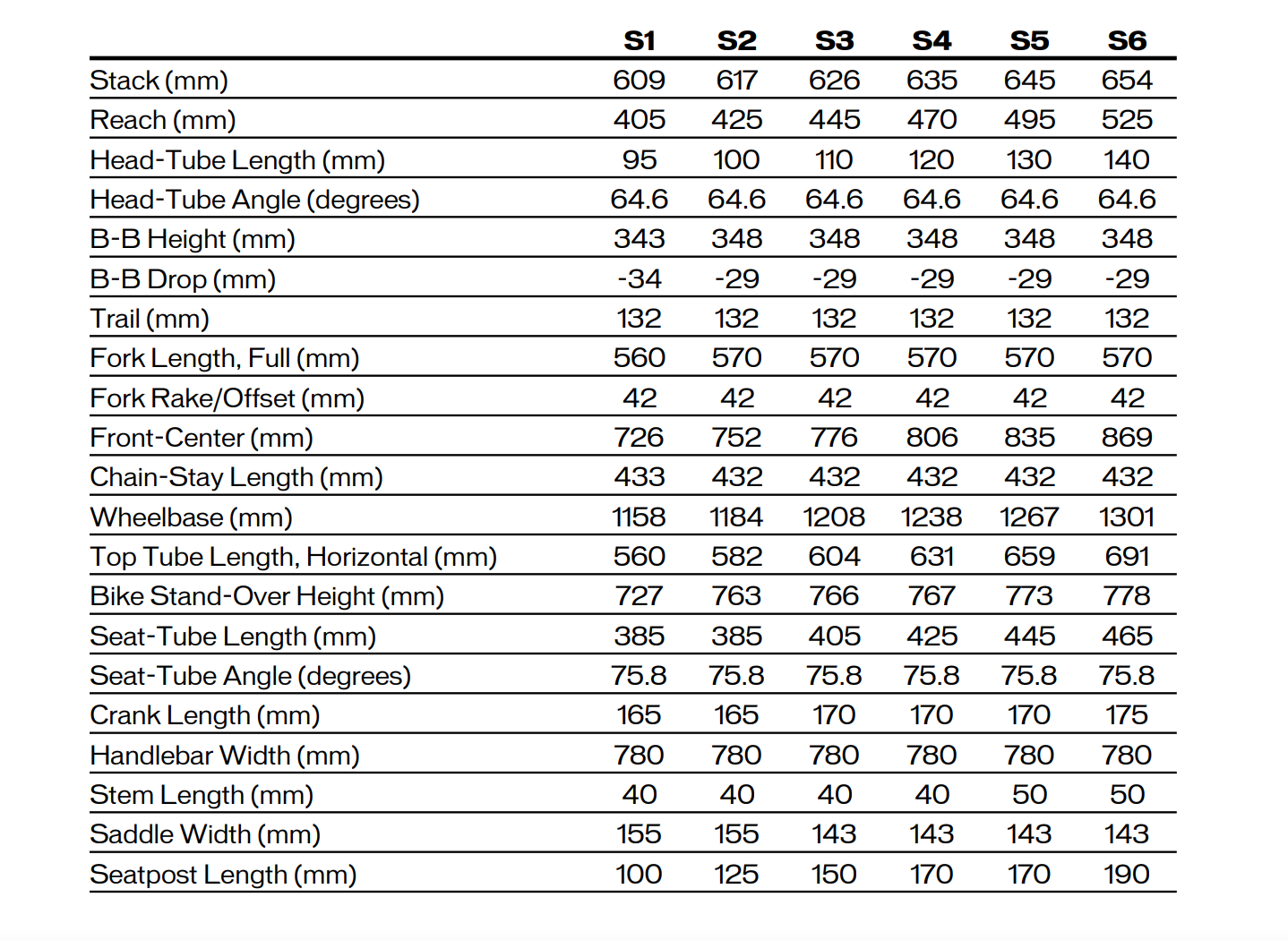
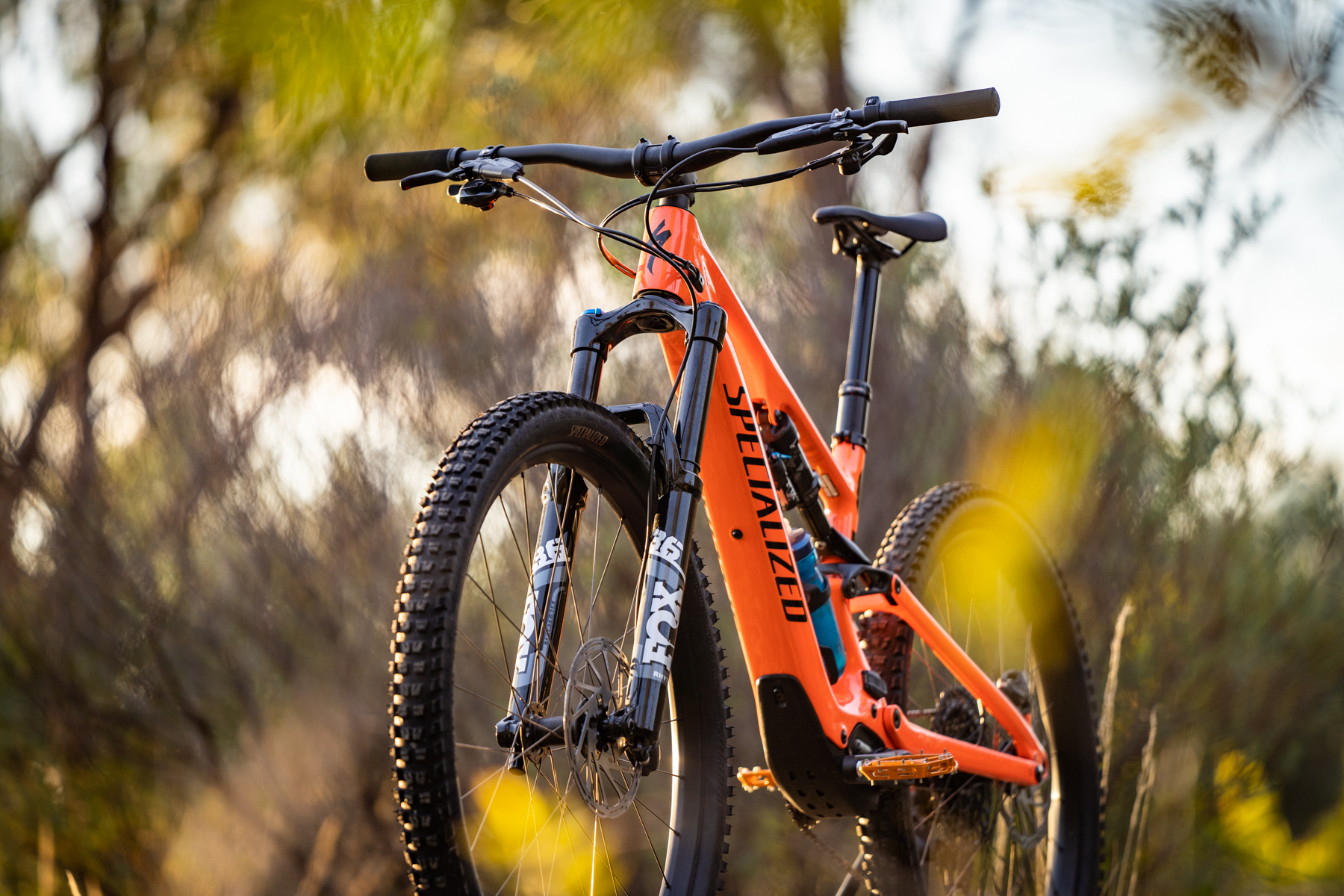
In addition to the chainstay flip chip and the ability to run a 27.5in or 29in rear wheel, there’s a discreet flip chip in the lower shock mount that offers High and Low geometry settings. Furthermore, the Levo SL has also adopted the modular headset cups first debuted on the Stumpjumper EVO. It comes set up from the factory in the neutral position, though an offset upper cup is included with the bike that allows you to set the head angle as slack as 63° or as steep as 65.5°.
With those three adjustment points, there are no fewer than 12 different configurations when it comes to setting up the geometry and wheelsize on the new Levo SL. That’s wild!
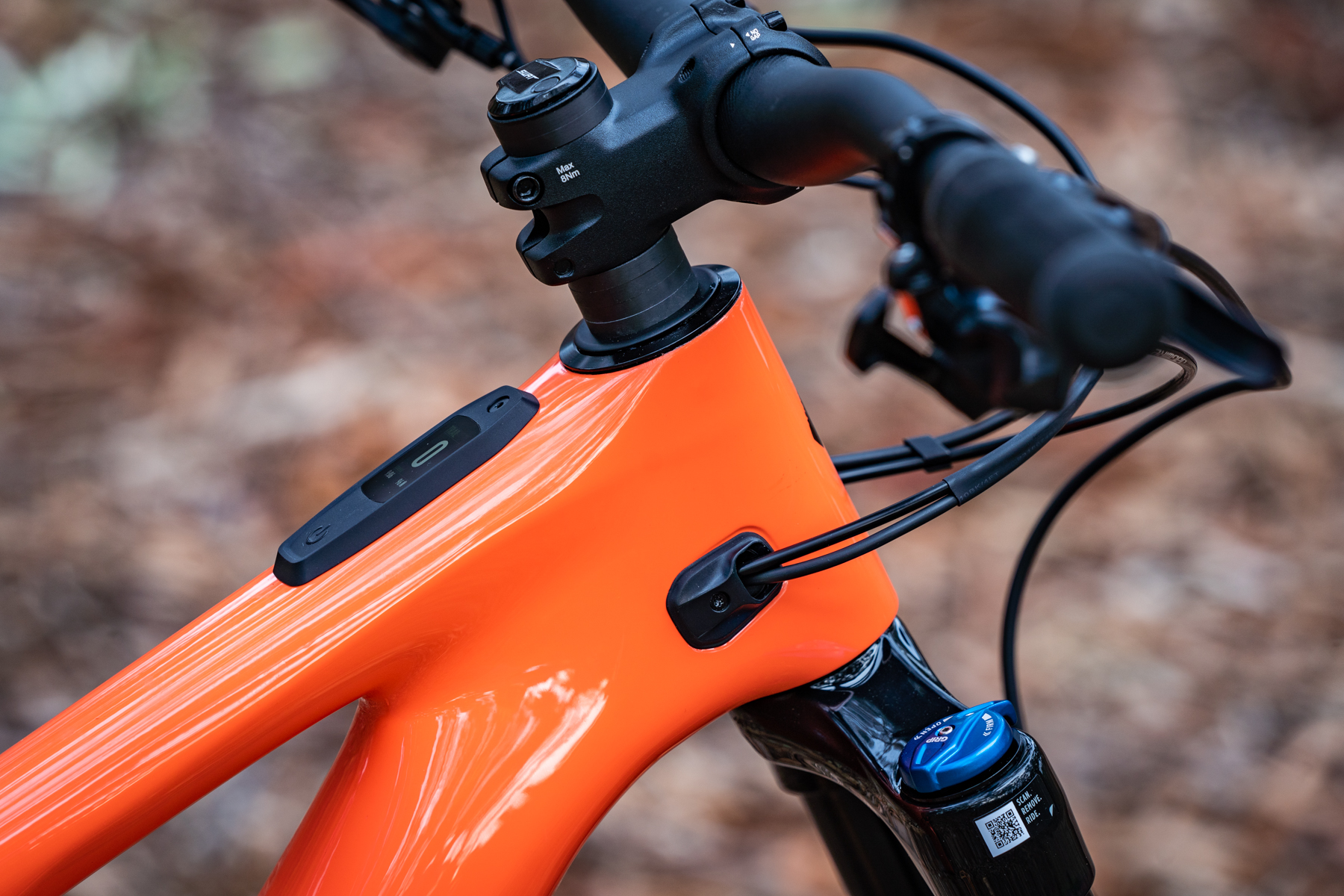
Specialized Levo SL price & specs
The 2024 Specialized Levo SL will be available in five different variants. Prices start at $10,200 AUD for the Levo SL Comp Alloy, and go up to $20,500 AUD for the S-Works model. Believe it or not, those prices are actually lower than the previous Levo SL range, which we’ll discuss in more detail in a bit.
In terms of specs, each Levo SL features a relatively burly build for a lightweight e-MTB. Whereas the original model debuted with a skinny Fox 34 fork, a Float DPS shock and SRAM G2 brakes, most of the new Levo SL models are equipped with a Fox 36, a Float X and SRAM Codes. It would appear that Specialized has moved beyond chasing headline weight figures, and is instead producing a more aggressive bike from the start. We’re big fans of that.
As for our test bike, it sits one step up from the bottom. It’s the Specialized Levo SL Comp Carbon, which sells for $11,900 AUD.

2024 Specialized S-Works Levo SL
- Frame | FACT 11m Carbon Fibre, FSR Suspension Design, 150mm Travel
- Fork | Fox 36, Factory Series, GRIP2 Damper, 44mm Offset, 160mm Travel
- Shock | Fox Float X, Factory Series, 210×55mm
- Drive Unit | Specialized SL 1.2, 50Nm
- Battery | Specialized SL1-320, 320Wh
- Wheels | Specialized Traverse SL Carbon, 30mm Inner Width
- Tyres | Specialized Butcher T9 GRID Trail 29×2.3in Front & Eliminator T7 GRID Trail 27.5×2.3in Rear
- Drivetrain | SRAM XX Eagle AXS T-Type 1×12 w/SRAM 32T Carbon Crankset & 10-52T Cassette
- Brakes | SRAM Code Ultimate Stealth 4-Piston w/200mm Rotors
- Bar | Specialized Trail Carbon, 27mm Rise, 780mm Width
- Stem | Deity Copperhead, Length: 35mm (S1-S4), 50mm (S5-S6)
- Seatpost | RockShox Reverb AXS, 34.9mm Diameter, Travel: 100mm (S1), 125m (S2), 150mm (S3), 170mm (S4-S6)
- Saddle | Specialized Bridge, Titanium Rails
- Claimed Weight | 17.71kg
- RRP | $20,500 AUD
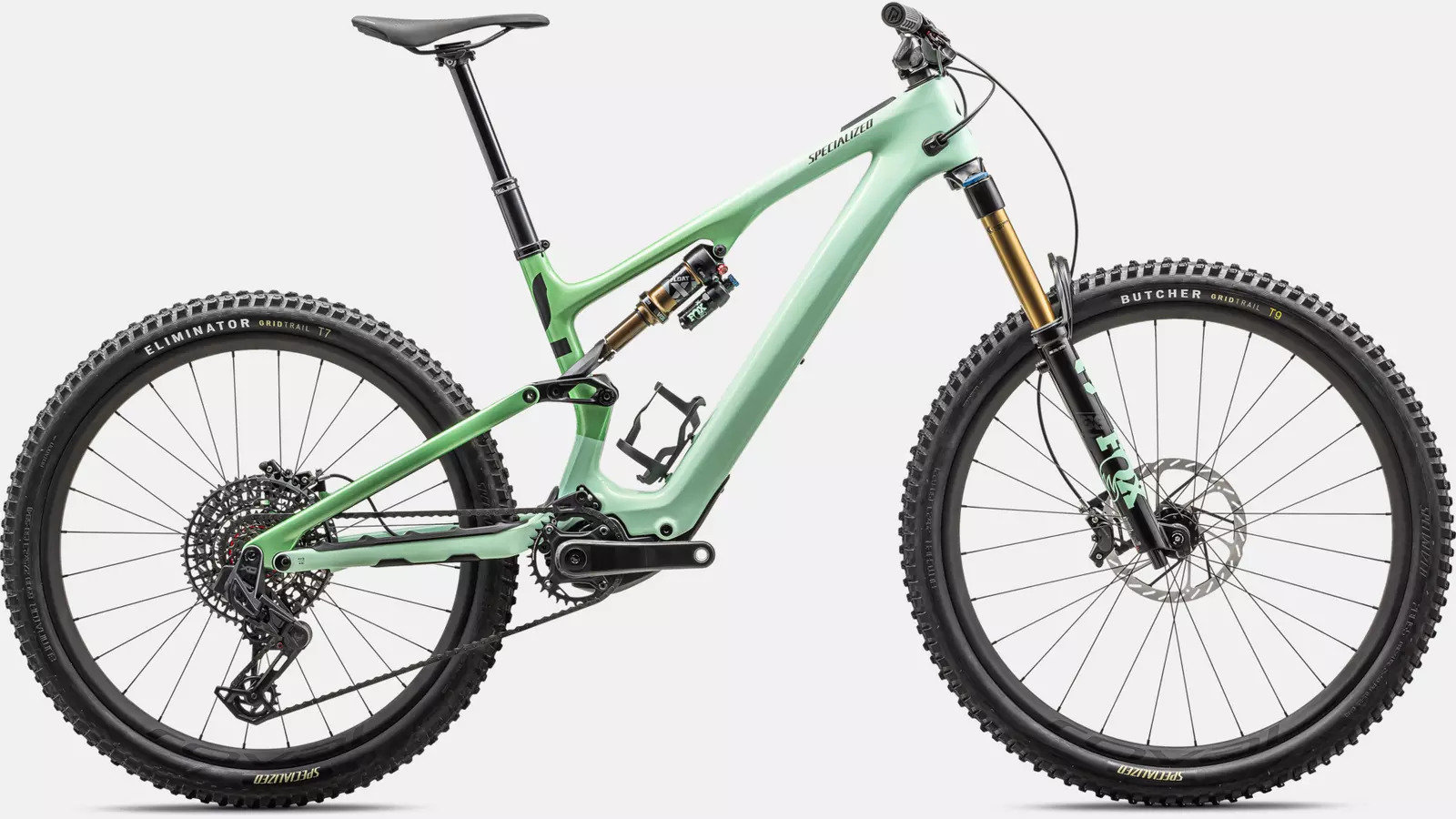
2024 Specialized Levo SL Pro Carbon
- Frame | FACT 11m Carbon Fibre, FSR Suspension Design, 150mm Travel
- Fork | Fox 36, Factory Series, GRIP2 Damper, 44mm Offset, 160mm Travel
- Shock | Fox Float X, Factory Series, 210×55mm
- Drive Unit | Specialized SL 1.2, 50Nm
- Battery | Specialized SL1-320, 320Wh
- Wheels | Specialized Traverse Carbon, 30mm Inner Width
- Tyres | Specialized Butcher T9 GRID Trail 29×2.3in Front & Eliminator T7 GRID Trail 27.5×2.3in Rear
- Drivetrain | SRAM X0 Eagle AXS T-Type 1×12 w/SRAM 32T Carbon Crankset & 10-52T Cassette
- Brakes | SRAM Code Silver Stealth 4-Piston w/200mm Rotors
- Bar | Specialized Trail Carbon, 27mm Rise, 780mm Width
- Stem | Deity Copperhead, Length: 35mm (S1-S4), 50mm (S5-S6)
- Seatpost | BikeYoke Revive, 34.9mm Diameter, Travel: 125mm (S1), 160mm (S2-S3), 185mm (S4-S5), 213mm (S6)
- Saddle | Specialized Bridge, Titanium Rails
- Claimed Weight | 17.94kg
- RRP | $17,500 AUD

2024 Specialized Levo SL Expert Carbon
- Frame | FACT 11m Carbon Fibre, FSR Suspension Design, 150mm Travel
- Fork | Fox 36, Performance Elite, GRIP2 Damper, 44mm Offset, 160mm Travel
- Shock | Fox Float X, Performance Elite, 210×55mm
- Drive Unit | Specialized SL 1.2, 50Nm
- Battery | Specialized SL1-320, 320Wh
- Wheels | Specialized Traverse Alloy, 30mm Inner Width
- Tyres | Specialized Butcher T9 GRID Trail 29×2.3in Front & Eliminator T7 GRID Trail 27.5×2.3in Rear
- Drivetrain | SRAM GX Eagle AXS T-Type 1×12 w/SRAM 32T Alloy Crankset & 10-52T Cassette
- Brakes | SRAM Code Silver Stealth 4-Piston w/200mm Rotors
- Bar | Specialized Trail Alloy, 27mm Rise, 780mm Width
- Stem | Specialized Trail Alloy, Length: 35mm (S1-S4), 50mm (S5-S6)
- Seatpost | OneUp Dropper, 34.9mm Diameter, Travel: 120mm (S1), 150mm (S2-S3), 180mm (S4-S5), 210mm (S6)
- Saddle | Specialized Bridge Comp, Hollow Cr-Mo Rails
- Claimed Weight | 18.25kg
- RRP | $15,900 AUD
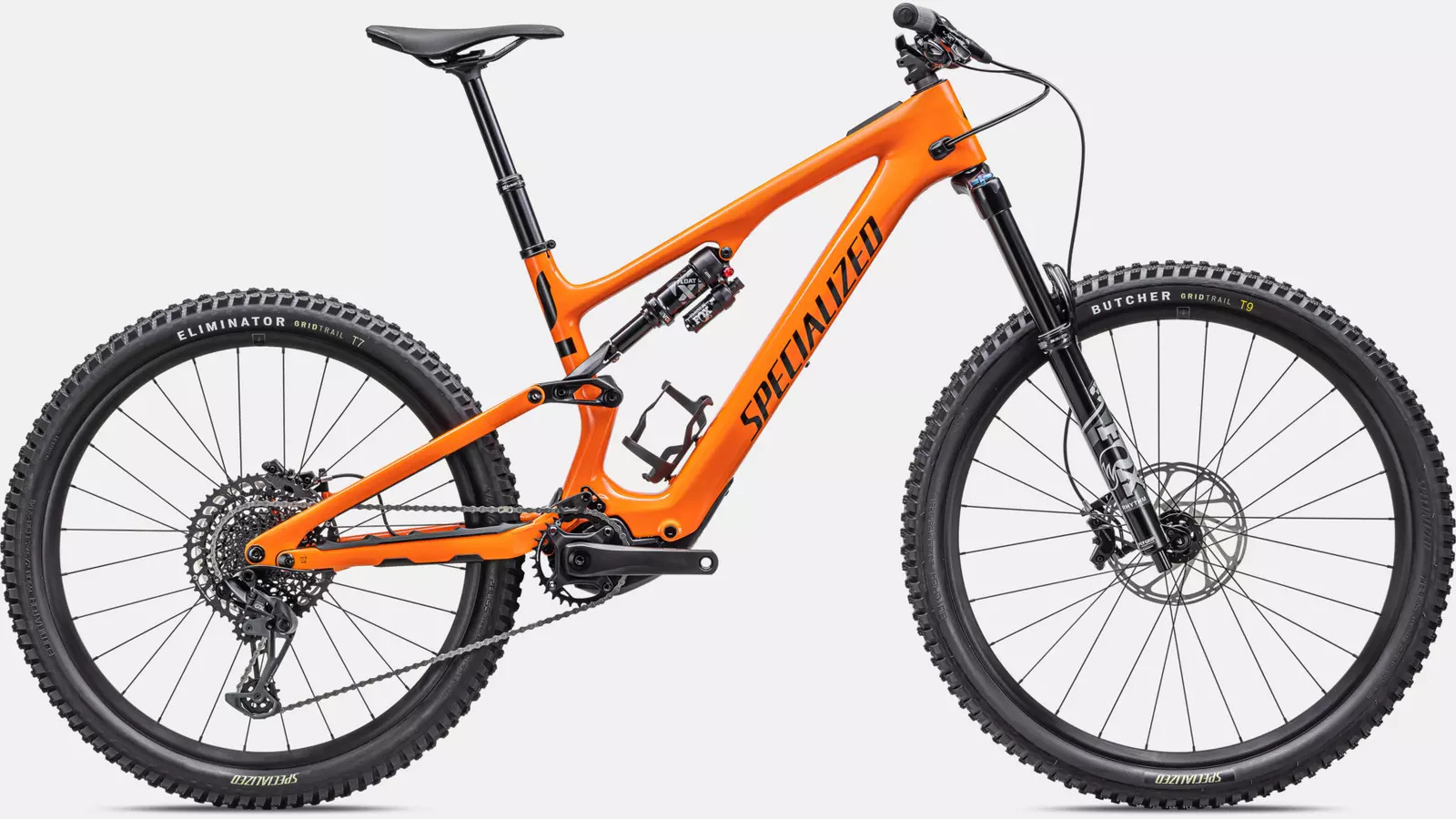
2024 Specialized Levo SL Comp Carbon
- Frame | FACT 11m Carbon Fibre, FSR Suspension Design, 150mm Travel
- Fork | Fox 36 Rhythm, GRIP Damper, 44mm Offset, 160mm Travel
- Shock | Fox Float X, Performance Series, 210×55mm
- Drive Unit | Specialized SL 1.2, 50Nm
- Battery | Specialized SL1-320, 320Wh
- Wheels | Specialized Hubs & Alloy Rims, 30mm Inner Width
- Tyres | Specialized Butcher T9 GRID Trail 29×2.3in Front & Eliminator T7 GRID Trail 27.5×2.3in Rear
- Drivetrain | SRAM GX Eagle 1×12 w/SRAM 32T Alloy Crankset & 10-52T Cassette
- Brakes | SRAM Code RS 4-Piston w/200mm Rotors
- Bar | Specialized 6061 Alloy, 25mm Rise, 780mm Width
- Stem | Specialized Trail Alloy, Length: 40mm (S1-S4), 50mm (S5-S6)
- Seatpost | X-Fusion Manic, 34.9mm Diameter, Travel: 100mm (S1), 125mm (S2), 150mm (S3), 170mm (S4-S5), 190mm (S6)
- Saddle | Specialized Bridge Comp, Cr-Mo Rails
- Claimed Weight | 18.83kg
- RRP | $11,900 AUD

2024 Specialized Levo SL Comp Alloy
- Frame | M5 Alloy, FSR Suspension Design, 150mm Travel
- Fork | Fox 36 Rhythm, GRIP Damper, 44mm Offset, 160mm Travel
- Shock | Fox Float X, Performance Series, 210×55mm
- Drive Unit | Specialized SL 1.2, 50Nm
- Battery | Specialized SL1-320, 320Wh
- Wheels | Specialized Hubs & Alloy Rims, 30mm Inner Width
- Tyres | Specialized Butcher T9 GRID Trail 29×2.3in Front & Eliminator T7 GRID Trail 27.5×2.3in Rear
- Drivetrain | SRAM NX Eagle 1×12 w/SRAM 32T Alloy Crankset & 10-52T Cassette
- Brakes | SRAM Code R 4-Piston w/200mm Rotors
- Bar | Specialized 6061 Alloy, 25mm Rise, 780mm Width
- Stem | Specialized Trail Alloy, Length: 40mm (S1-S4), 50mm (S5-S6)
- Seatpost | X-Fusion Manic, 34.9mm Diameter, Travel: 100mm (S1), 125mm (S2), 150mm (S3), 170mm (S4-S5), 190mm (S6)
- Saddle | Specialized Bridge Comp, Cr-Mo Rails
- Claimed Weight | 20.2kg
- RRP | $10,200 AUD
In fact, on the very first rocky descent I was hit with a strong sense of déjà vu of riding the Stumpjumper EVO.
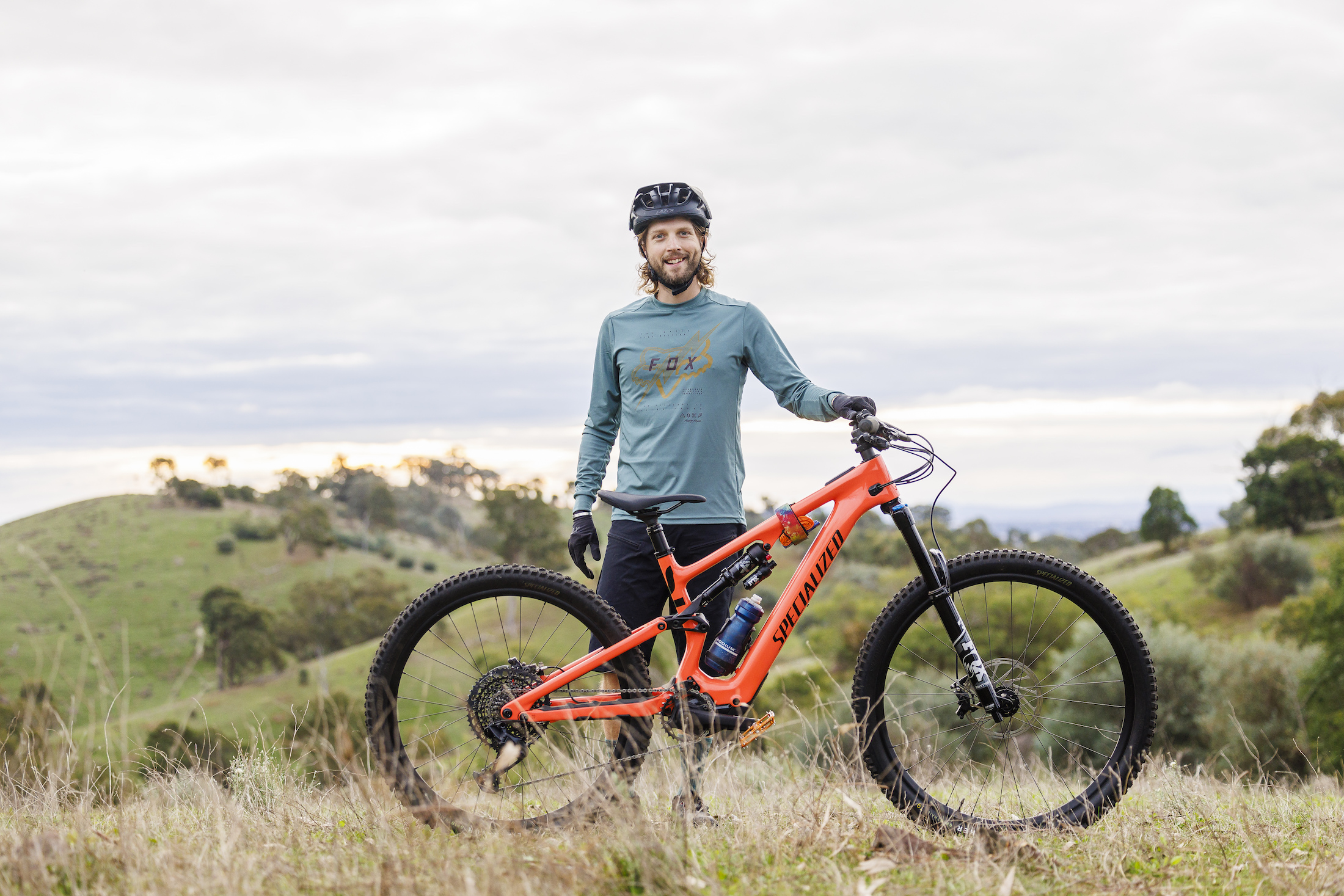
Specialized Levo SL size & fit
At 175cm tall I’ve been riding an S3 size in the Specialized Levo SL, which is essentially a Medium. It does feel significantly bigger than the 2022 Levo SL I tested previously, and that comes down to a few factors.
The reach is 10mm longer at 445mm, and the stack height is 20mm taller at 626mm. Along with the bigger fork and slacker head angle, the new Levo SL has a more substantial feel on the trail compared to its predecessor.
Thanks to the high front end, comfortable contact points and decent BB drop, I found it easy to settle into the Levo SL’s cockpit. The stock 150mm dropper post is fine, though I would prefer a bit more travel. Unfortunately the kinked seat tube limits the effective insertion depth, which restricts your options if you wanted to go longer.
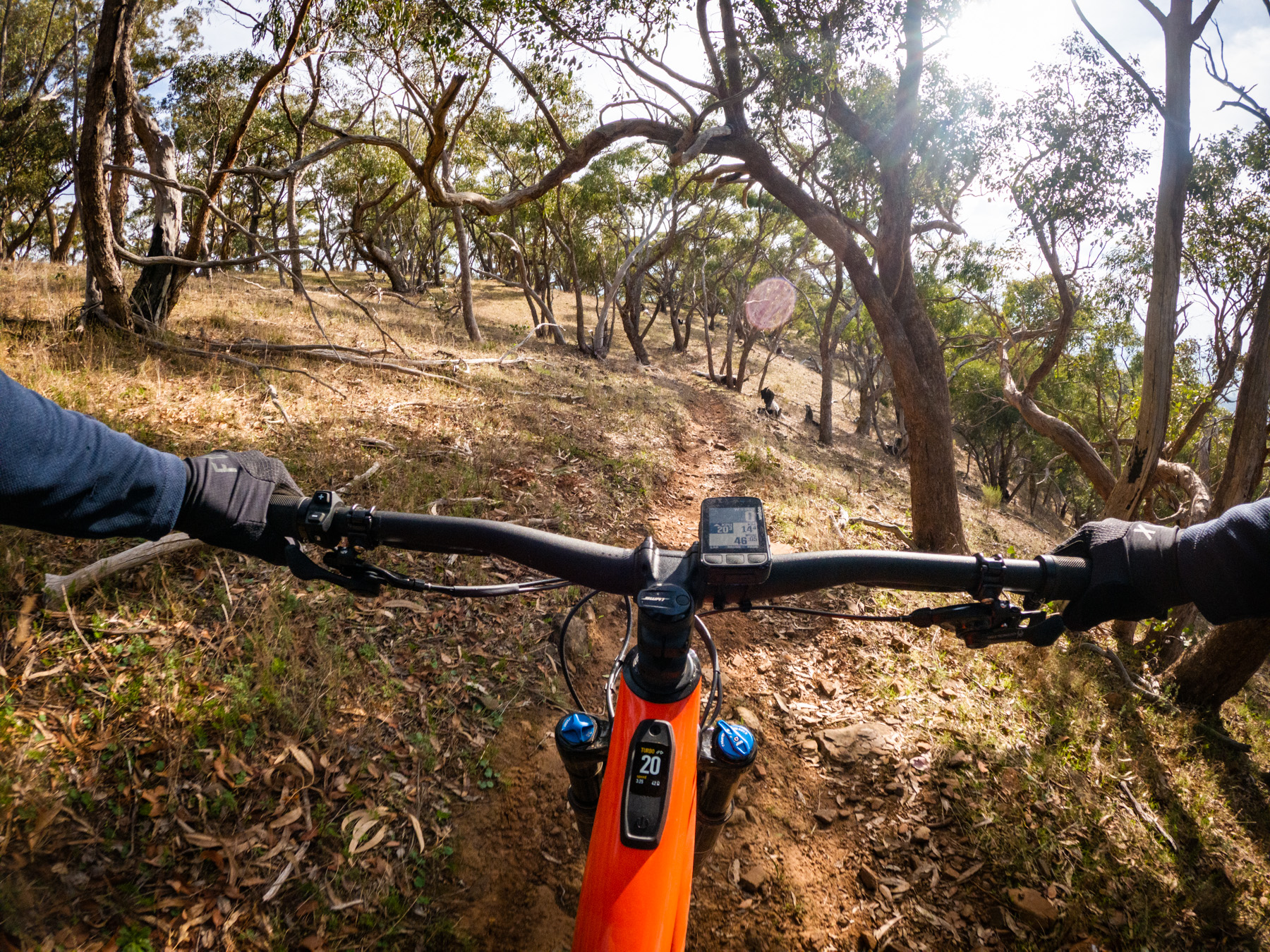
Suspension setup
Specialized recommends setting up the shock on the Levo SL with 30% sag. I needed 178psi to support my 68kg riding weight, and I set rebound damping on the faster side at 10/14 clicks.
The Float X comes from the factory with a 0.2³ volume spacer installed, and that means you’ve got plenty of options for fitting bigger volume spacers to increase progression should you need it. I’ve personally found the stock tune to work beautifully, with the Float X’s bottom-out bumper helping to cushion the end of the travel effectively despite the slightly less progressive leverage rate.
I set up the Fox 36 fork as per the guide on the lowers with 63psi in the air spring and with the rebound dial wound 11 clicks out. Like the shock, it’s worked perfectly out of the box with little faffing required.
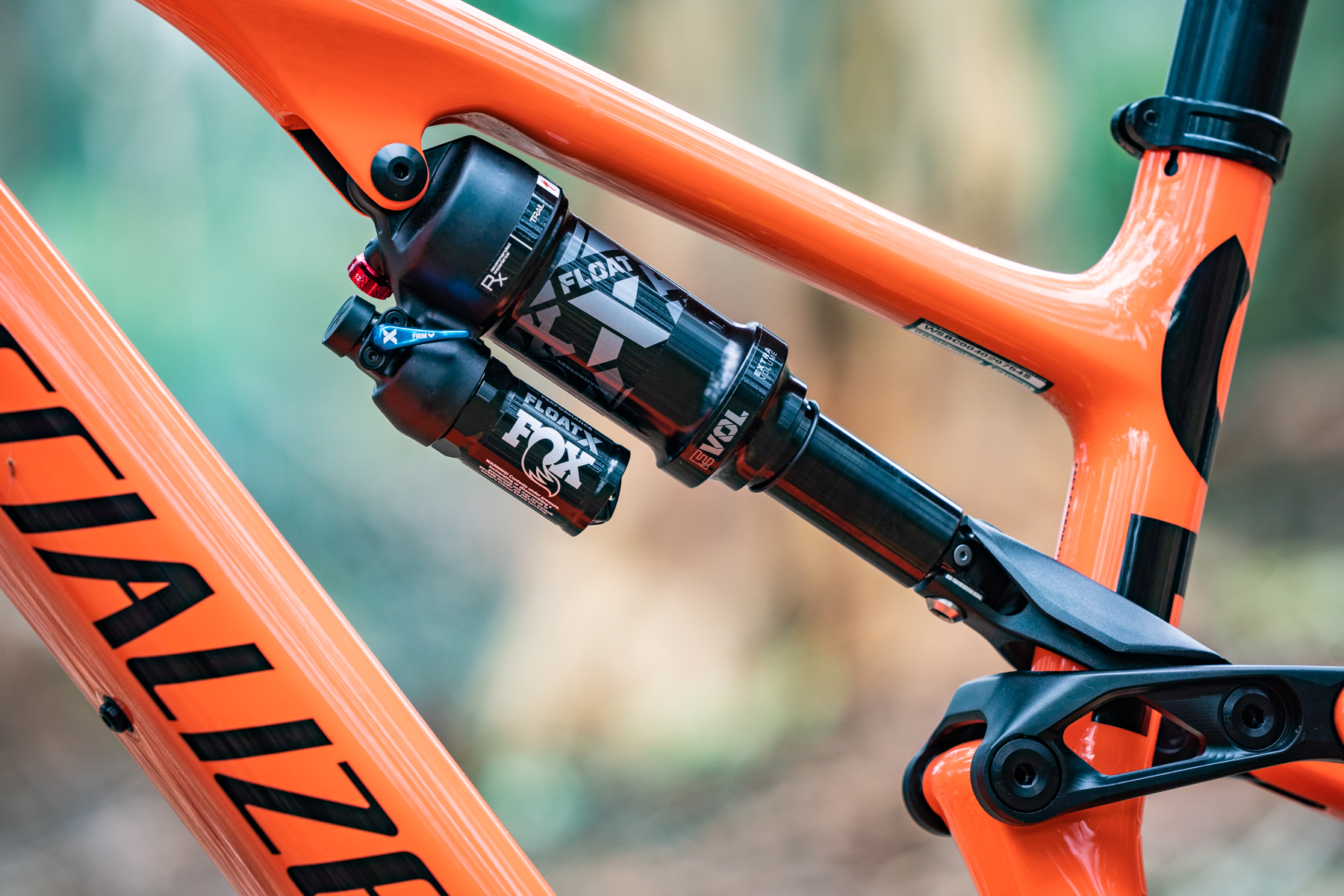
Specialized Levo SL weight
Confirmed weight on our Specialized Levo SL test bike is 18.24kg without pedals and with the tyres set up tubeless.
That’s pretty impressive given this is the cheapest model in the range. Things obviously get lighter with the pricier S-Works model, which is claimed to weigh just 17.71kg.
It isn’t as jaw-dropping as the previous S-Works Levo SL, which managed to clock in at 16.9kg thanks to its highly weight-conscious build kit. As mentioned earlier, Specialized is moving away from producing the absolute lightest e-MTB on the market, and the sensible parts package reflects this.
We’re glad to see robust GRID Trail casing tyres as standard, though I still fitted CushCore in the rear wheel for some extra damping and protection. With the insert in place, I set tyre pressures at 21-22psi up front and 25-26psi on the rear.
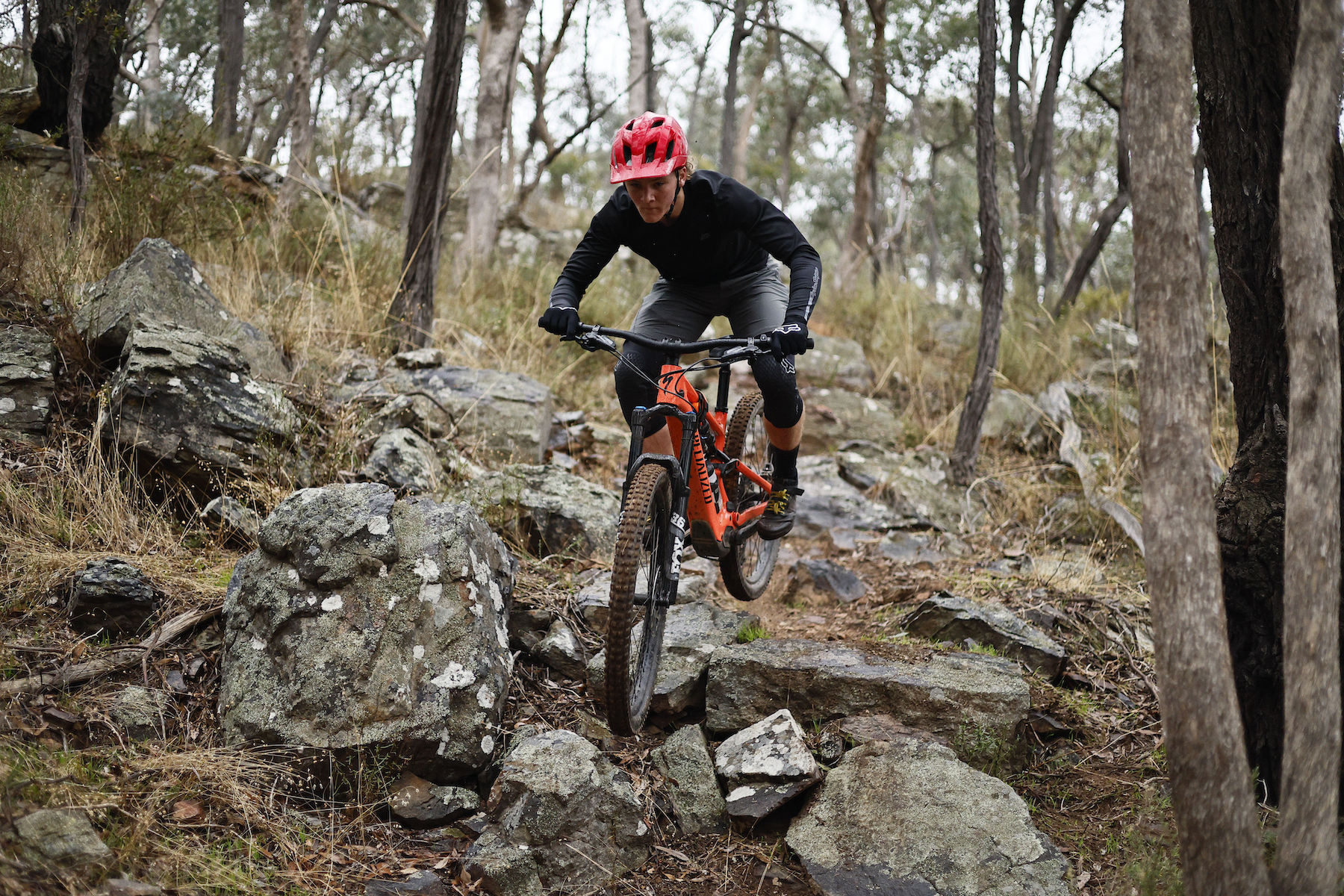
What do we dig about the new Specialized Levo SL?
Whenever I ride a new e-MTB with a different or updated drive unit, it’s usually the motor’s performance that tends to dominate my attention during the first few rides. Curiously this wasn’t the case with the new Specialized Levo SL. Yes, the motor is quieter and more powerful, but it was actually the bike’s handling and suspension qualities that stood out the most from the get-go.
Sublime suspension
I was immediately impressed by the suspension performance on the Specialized Levo SL, which offers a beautifully plush feel and fantastic sensitivity throughout the travel.
This actually felt quite familiar. In fact, on the very first rocky descent I was hit with a strong sense of déjà vu of riding the Stumpjumper EVO. Both bikes possess an incredibly floaty ride quality on rough terrain, which works wonders at insulating your feet from the rumbly terrain below.
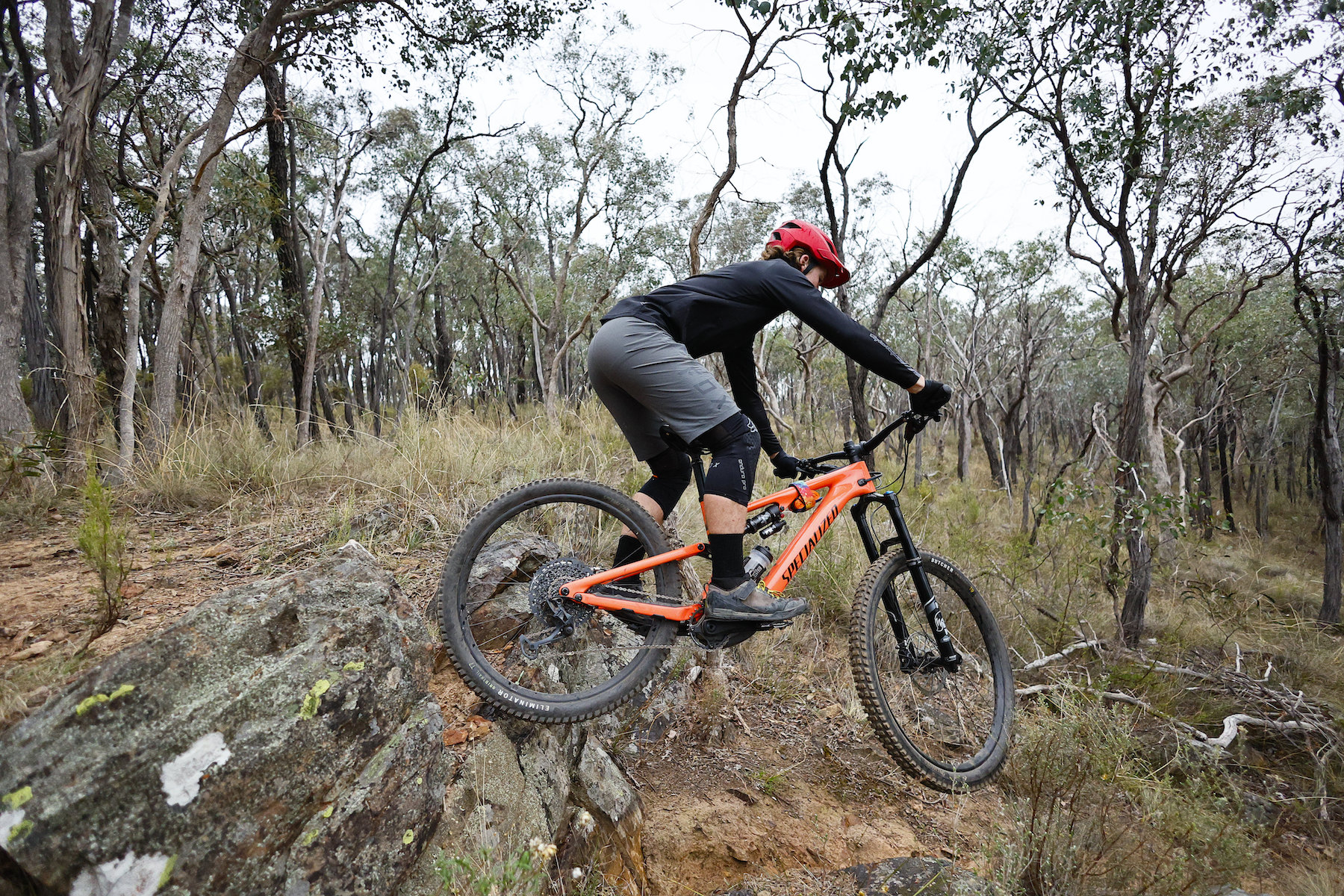
Whether you’re freewheeling on a fast descent, or pedalling with purpose along a chunky traverse, the suspension feels comfortable and neutral. The rear wheel tracks the ground closely, delivering excellent off-camber grip that’s enhanced by the compliant alloy rims. Plunge into an ugly rock garden at speed, and the rear end eagerly gobbles up the chunder.
Compared to the previous Levo SL, the rear suspension offers greater reactivity deeper in its travel. This is something I’m quite sensitive to with flat pedals, but not once did I find my feet getting bucked off during rapid-fire impacts. There’s no harsh ramp towards the end of the travel, though there’s still useful end-stroke support on harder landings thanks to the big bottom-out bumper in the Float X shock. Despite using plenty of travel on each ride, I’ve still not noticed any harsh bottom outs.
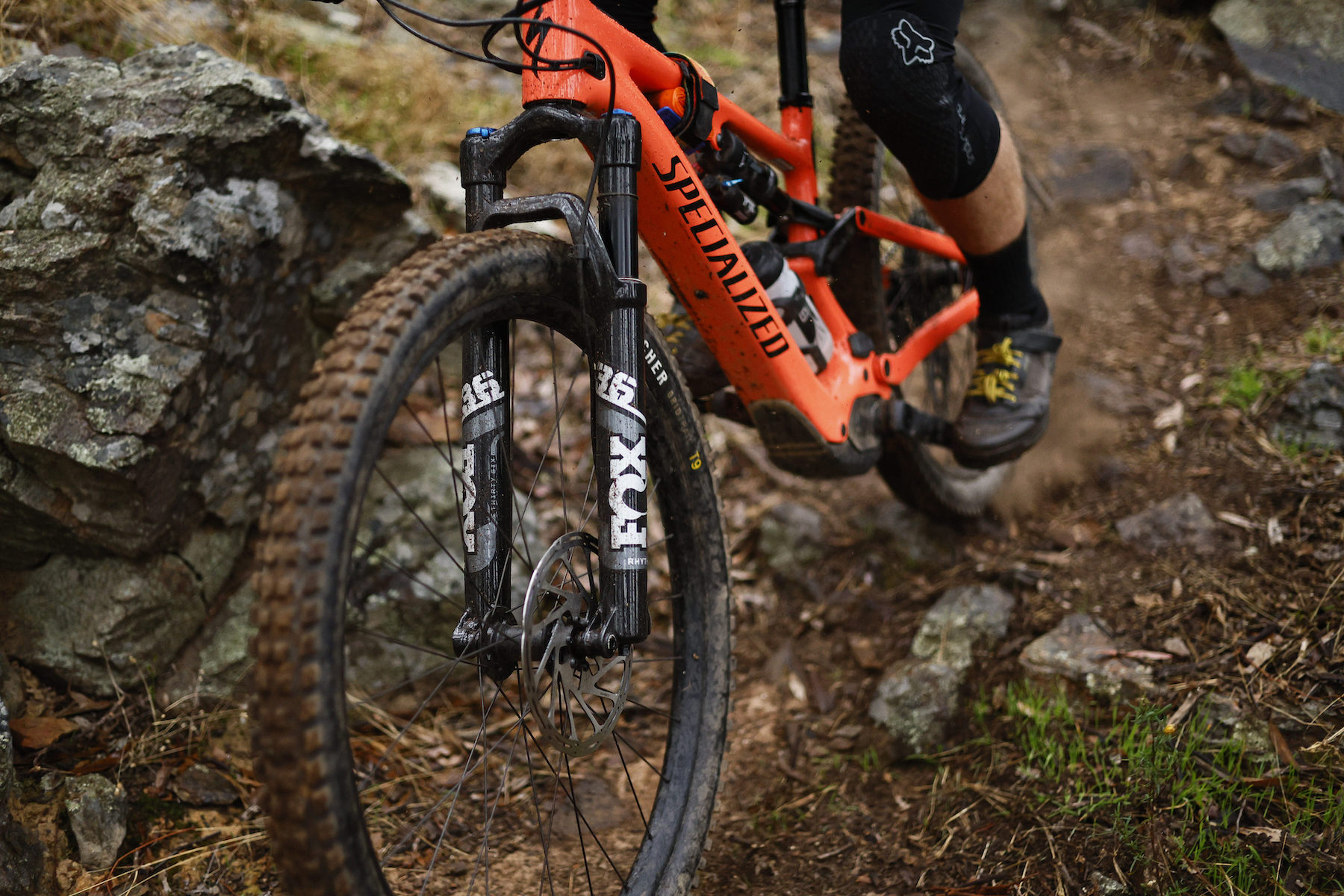
Up front the 36 Rhythm has been similarly impressive. We haven’t always had a good experience with Fox’s budget forks, but the one on this bike has been impeccably smooth with no apparent play in the lowers. It does have a heavier chassis compared to the higher-end 36 models, though otherwise it loses out very little in terms of overall plushness.
Marvellous mullet
Along with the excellent suspension, the mullet setup contributes a lot to the on-trail personality of the Specialized Levo SL.
While we were already big fans of mixed wheels on e-MTBs like the Merida One-Sixty, Specialized Levo and Canyon Spectral:ON, I did admittedly find it a little odd to see the Levo SL going this direction too. After all, most lightweight e-MTBs are built around dual 29in wheels to maximise long distance efficiency and climbing performance.
Once onto the dirt however, it didn’t take long to appreciate the benefits on the Levo SL.
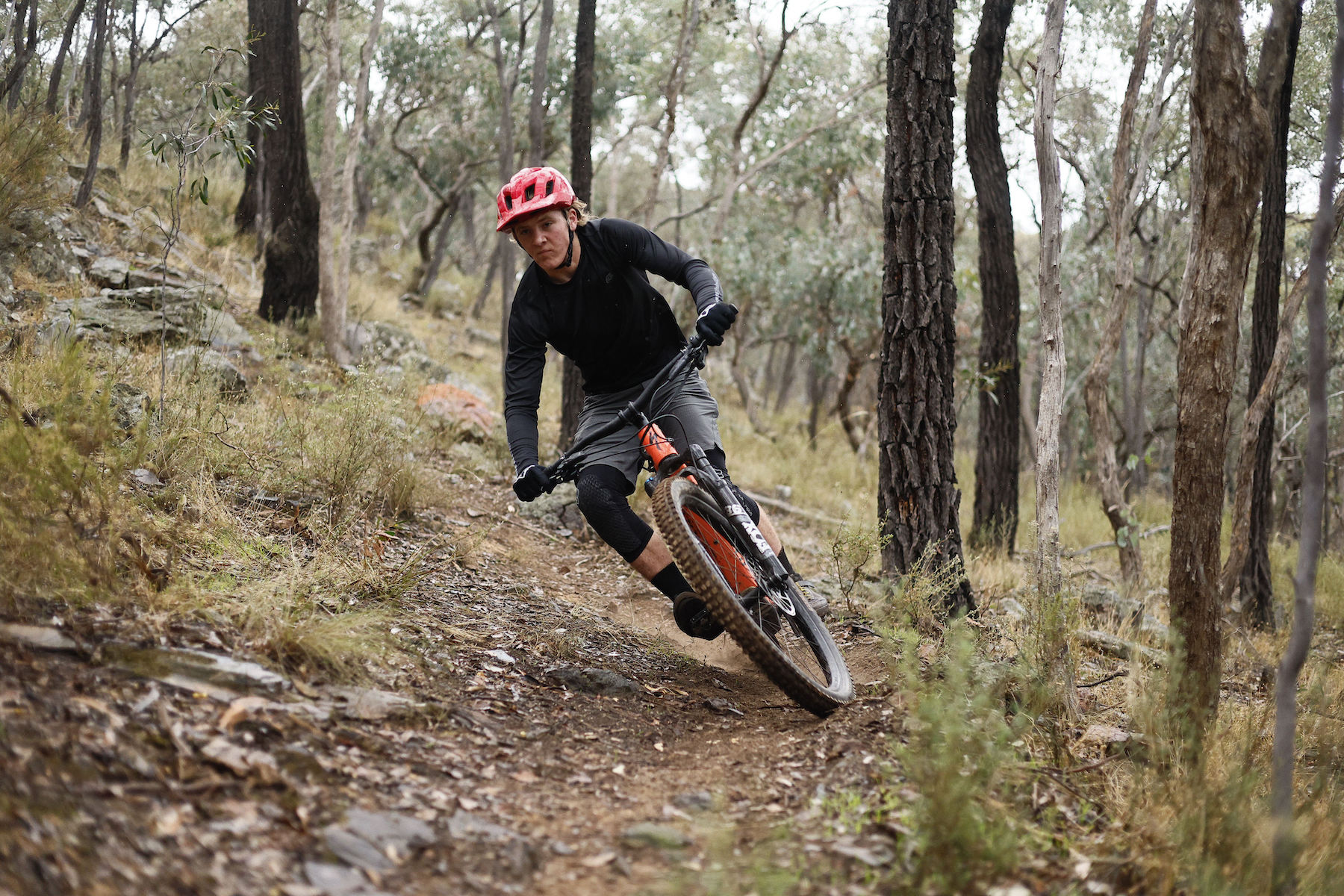
The small rear wheel and short chainstays have brought about an obvious improvement in agility that sees this bike singing the sweetest of tunes when you’re pinning it through curvy singletrack. The tall front end and low BB affords a great stance through the corners, and it feels effortless when tipping in to initiate a turn. Combined with the low overall weight, it’s an easy bike to change direction with, especially compared to the heavier full-powered Levo.
There’s terrific traction from the sticky Butcher T9 tyre up front, while the faster-rolling Eliminator T7 on the rear provides a nicely controllable drift to help sharpen off the apex when needed. Along with the supple suspension, there’s oodles of grip on offer.
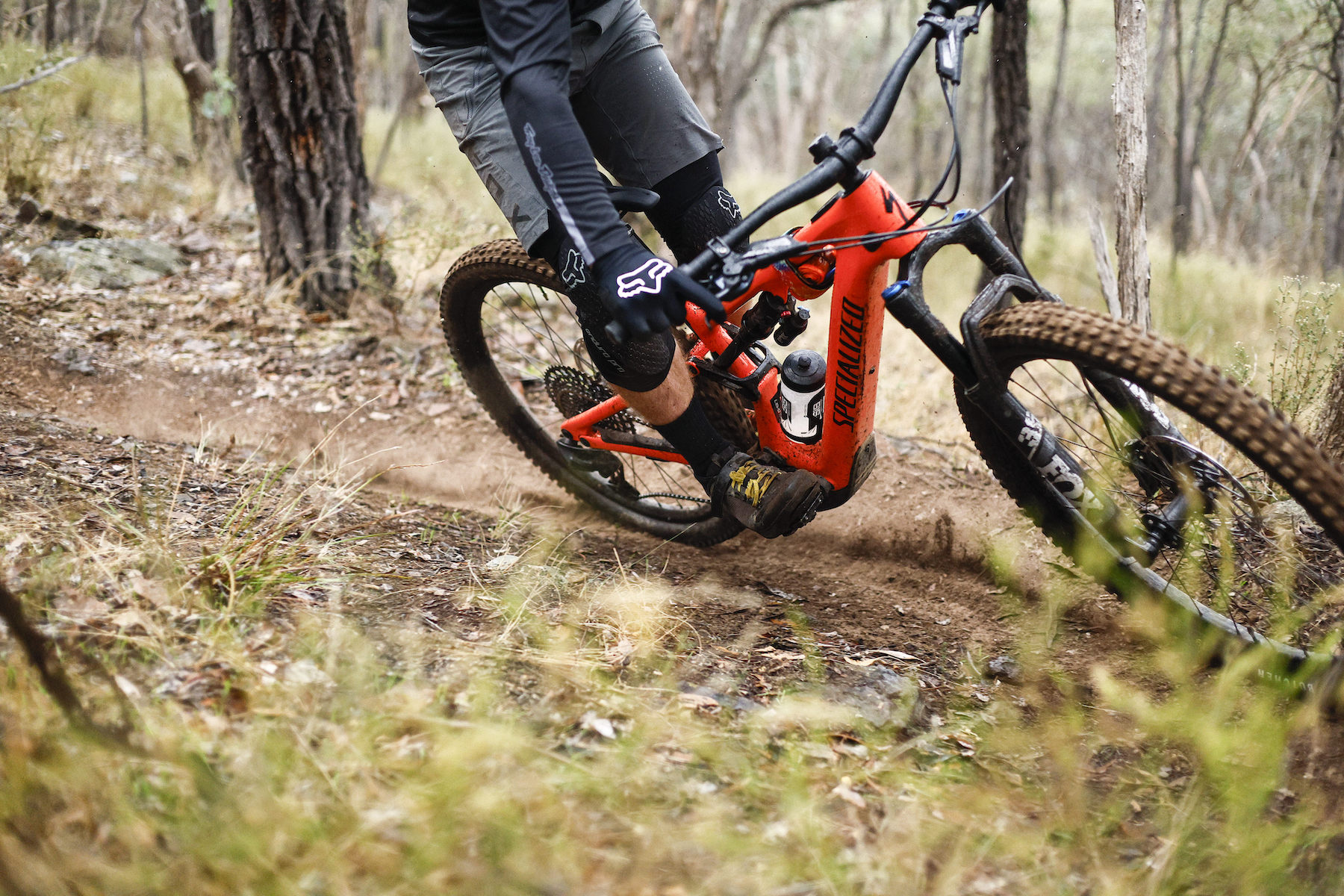
While it is nimble and easy to place on the trail, it’s also significantly more planted than its predecessor. The shorter fork offset has helped to calm down the front-end steering at high speeds, and that’s accentuated by the bigger fork, slacker head angle and higher stack.
It’s much more confidence-inspiring on steep and technical terrain, and it encourages you to commit and get over the front to push the fork as hard as you dare. It’s no monster truck like the Kenevo SL, but it’s still mighty capable at speed. And when the gradient really falls away on blind drops and steep rollovers, I’ve appreciated the added arse-to-tyre clearance when pushing right off the back.
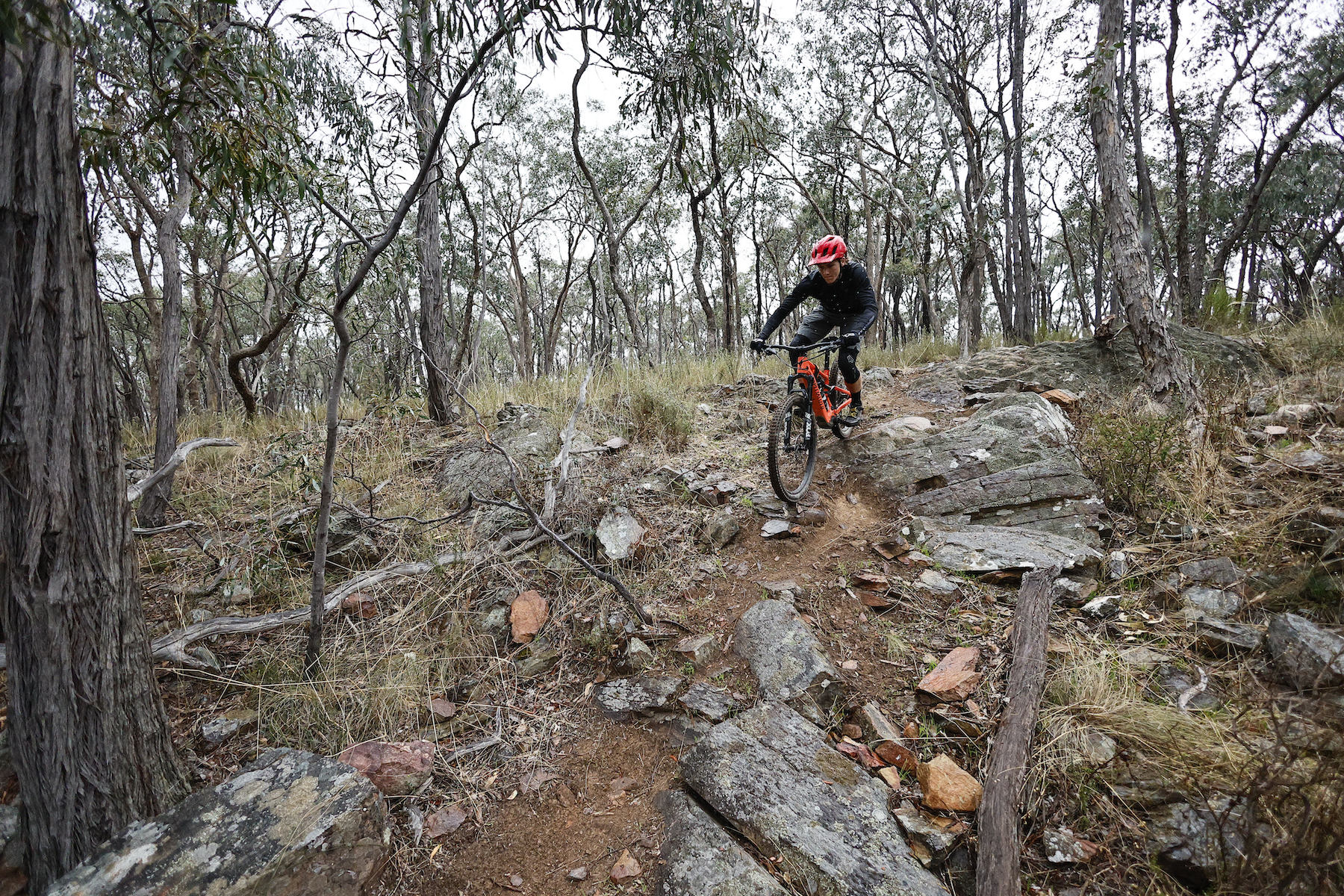
Muscly motor performance
And what about the new SL 1.2 motor on the Specialized Levo SL? Well in the best way possible, I didn’t really think about it a whole lot.
I’ll point out here that I didn’t know any of the details about the new bike prior to my first week of testing. Even still, it was immediately clear that the motor was more powerful and offered a substantial boost over the old bike. There’s more support across a wider range of riding speeds, and that was also apparent on the display with faster average climbing speeds.

The added power means it’s quite a bit easier to keep up with full-powered e-MTBs across traversing singletrack. There’s also a stronger degree of overrun, with the motor continuing to supply power momentarily when you stop pedalling. This is a real advantage on choppy rock gardens, where you might need to briefly coast to avoid a pedal strike.
Of course it’s not as grunty as a full-powered motor on really steep inclines. It can struggle to deliver support during really high RPM efforts on crux moves, so being in the lowest gear isn’t always the best approach.
Even in Turbo mode, you’ll be doing the majority of the work when negotiating technical features. In that sense, the SL 1.2 motor offers a subtle and usable level of input that contributes to your riding experience rather than dominating it. And really this is the key difference between a lightweight e-MTB like the Levo SL and a full-powered bike like the Levo.
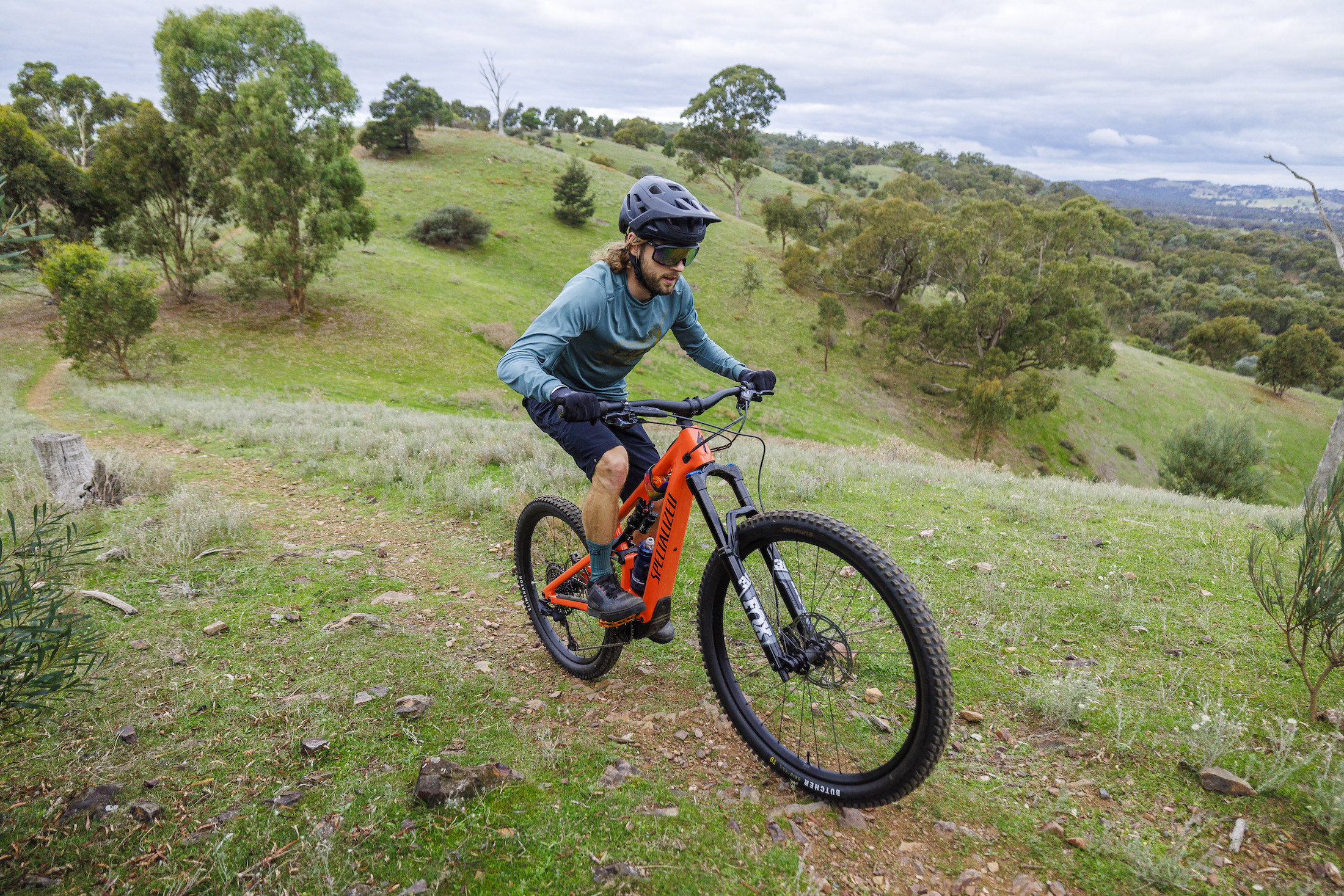
Overall the SL 1.2 motor does well to filter uneven inputs from rider and provide smooth and predictable power output to the rear wheel. For the most part it feels quite natural, and this is complemented nicely by the quieter performance.
It isn’t as stealthy as the TQ motor on the Trek Fuel EXe, which is the current benchmark, but it’s certainly not as whiny in pitch or as loud in volume as the previous Levo SL. I also appreciate the fact there is no annoying clacking noise on the descents like a Shimano or Bosch-equipped bike.
What does it struggle with?
As with the Stumpjumper EVO, the plush suspension on the Specialized Levo SL doesn’t offer a huge amount of pop in its stock form. I wouldn’t call the back end wallowy, but it definitely prioritises grip and compliance over outright support.
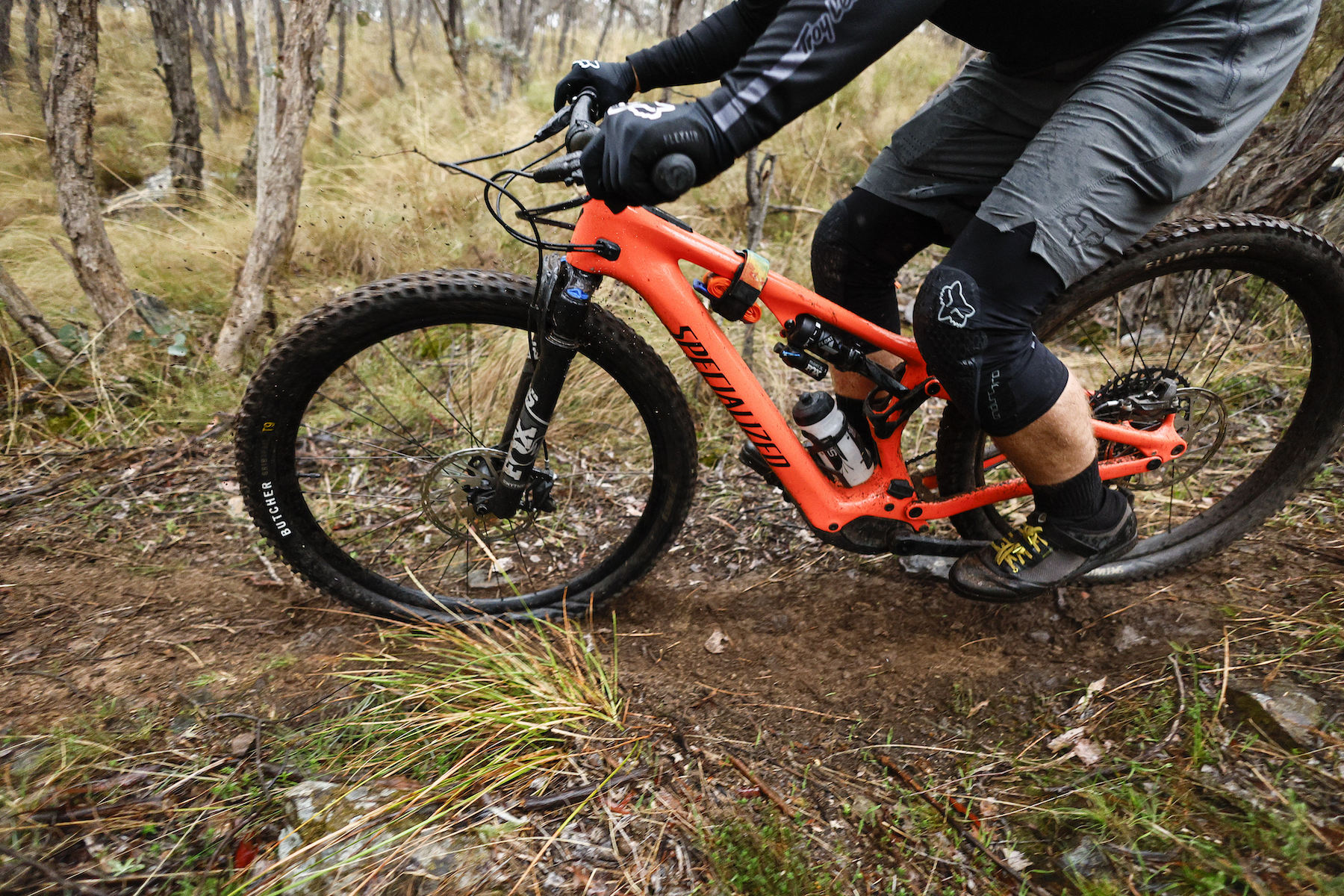
Decreasing shock sag makes a noticeable difference in this regard. I found adding an extra 10psi gave the Levo SL more pep for riding the flowy singletrack of the Indigo Epic trail. You could also add a bigger volume spacer to increase mid and end-stroke support, which is something that jumpy and more aggressive riders will likely want to do.
While the Levo SL delivers plenty of rear wheel grip on the climbs, it can sometimes be a struggle to keep the front wheel on the ground when things get really steep and techy. The taller front end doesn’t help, but it’s mostly the short chainstays that makes it a bit tippy. Compared to the previous Levo SL, I also noticed the smaller rear wheel getting hung up on rocky ledges.
A steeper seat angle would likely help, but I quite like the riding position as it is. There’s no undue pressure forced onto your wrists, and that makes it a very comfortable bike that’s well-suited to all-day riding across varying terrain.
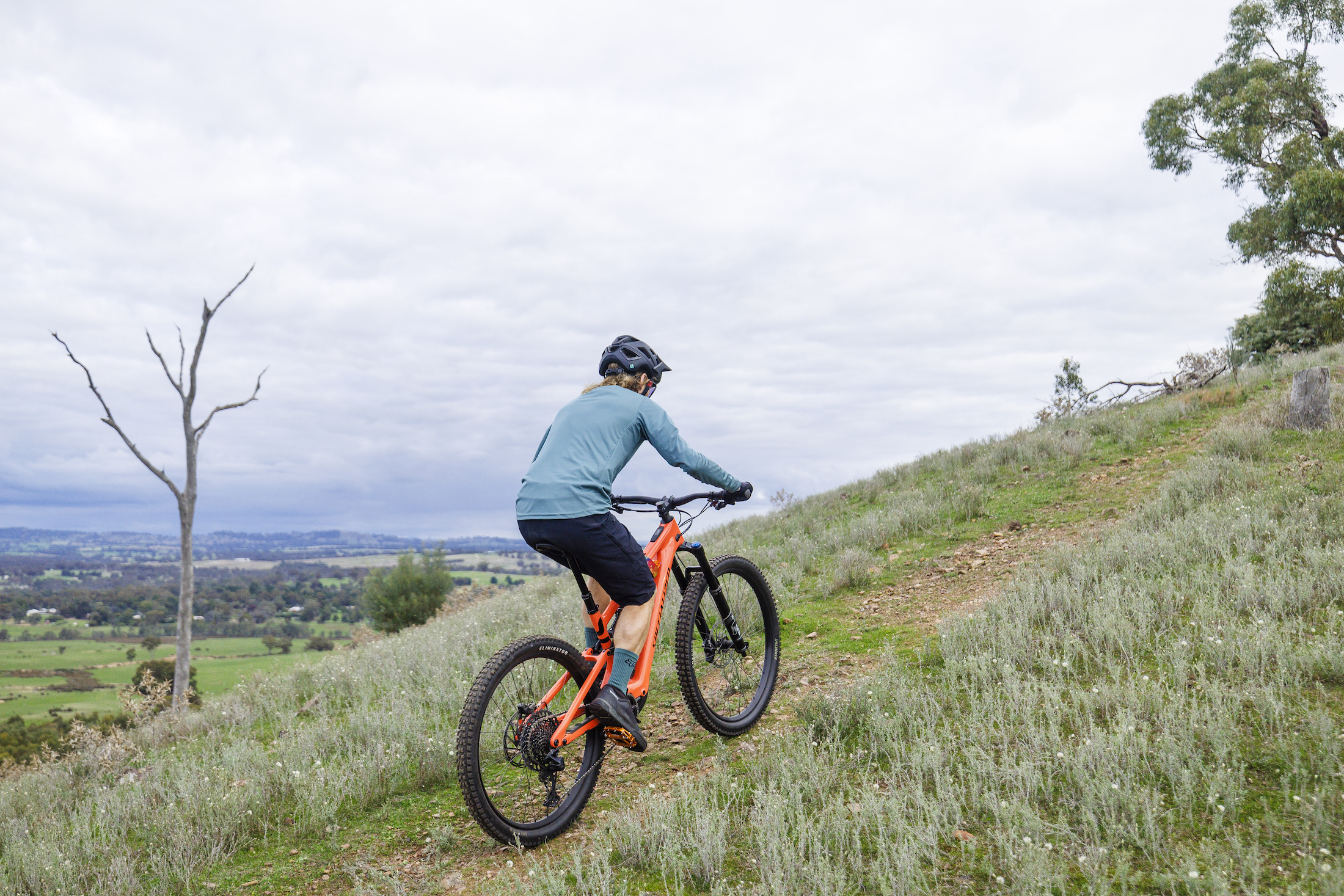
Fitting a 29in rear wheel would no doubt offer better rollover and increased climbing grip, while the 5mm longer chainstay setting would help to distribute more weight onto the front tyre. Of course you’d get more all-round stability with the full 29er setup, which taller riders may find themselves keen to try out.
Personally, I’m not sure I’d be willing to give up this bike’s inherent playfulness as it’s such a fun bike to ride with the mullet setup. It’s also worth noting that the smaller rear wheel makes pivoting around tight uphill switchbacks a breeze. So while it might not be a total rock-crawler when climbing up off-piste singletrack, it’s well suited to modern, purpose-built trail networks.
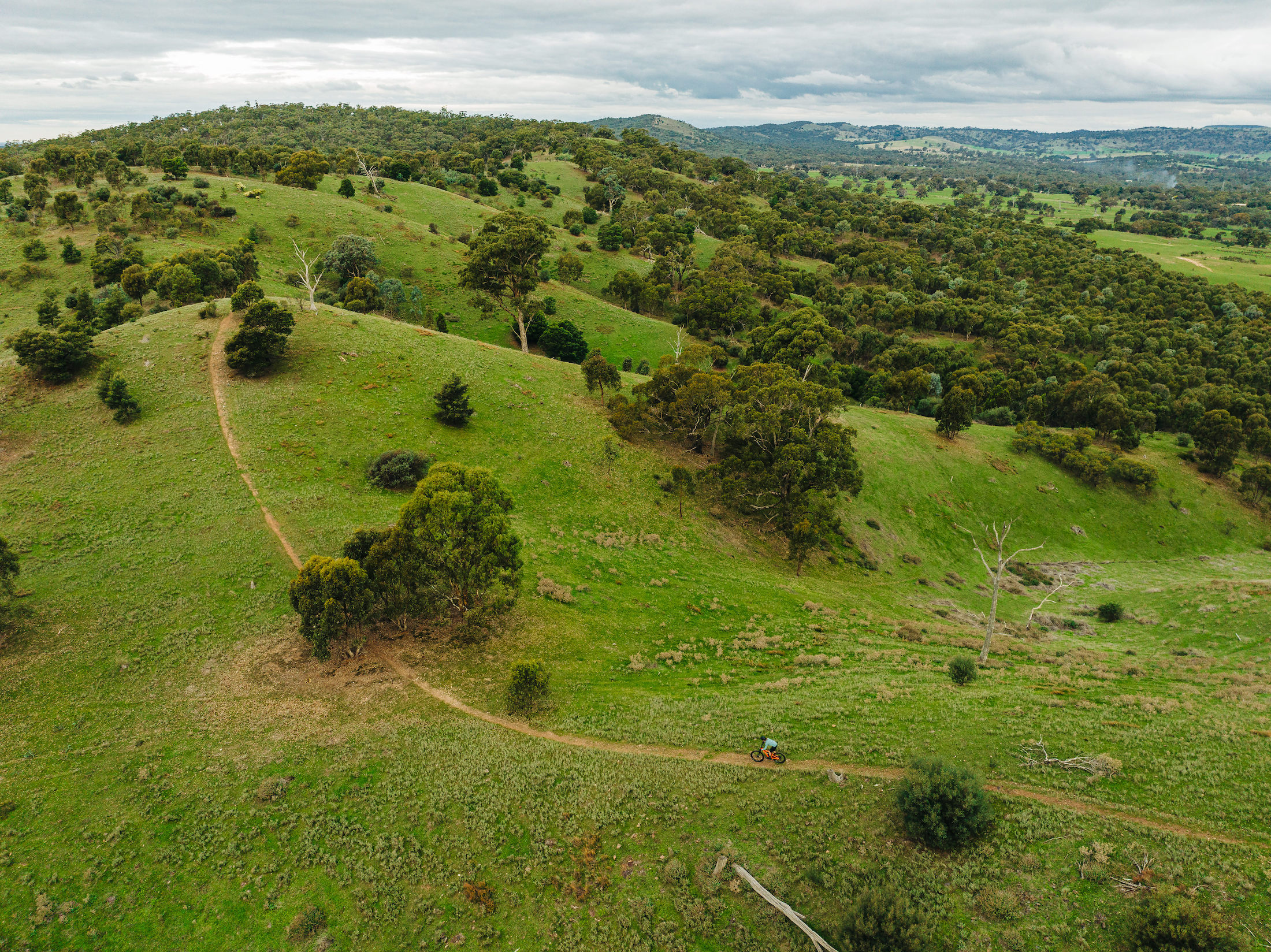
How much range can the Specialized Levo SL get?
Given the new Specialized Levo SL uses the same 320Wh battery as its predecessor, the obvious assumption is that the more powerful motor will drain the battery quicker. To challenge that assumption, I set out to perform a variety of range tests to see exactly what it was capable of.
On my local trails I typically achieved around 700m of elevation gain in Turbo mode, and 900m of elevation gain in Trail mode. That was over two hours of ride time, where I racked up a little over 40km before the battery ran flat. This actually turned out to be quite close to Specialized’s claims.
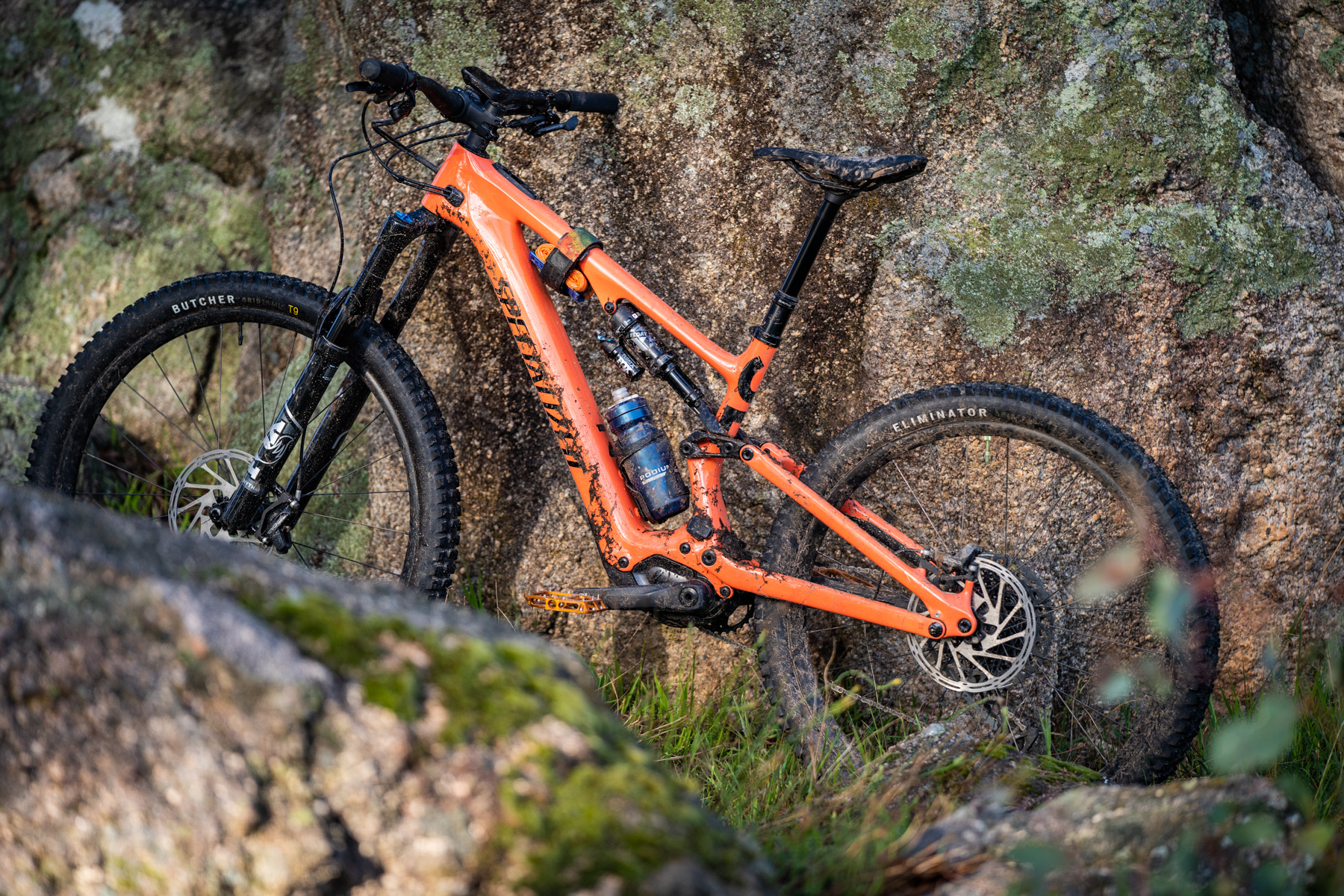
Of course there are many variables when it comes to range estimation with rider weight, terrain and riding style being the main ones. For example, if you’re climbing a steady gradient with a smooth and consistent cadence, you’re going to get a lot more range out of the battery compared to someone who’s on undulating singletrack that sees the bike accelerating and decelerating repeatedly.
This was something I experienced personally when riding the Indigo Epic trail. My challenge was to ride the entire loop on a single charge while only using the Eco mode.
The journey from Beechworth to Yackandandah and back ended up totalling 64km with 1,331m of elevation gain. Total ride time was 4 hours and 42 minutes, with the battery only just going flat as I rolled into the finish. I was glad to have made it, and it turned out to be a great test to see what the Levo SL could achieve on a big ride in real-world conditions.
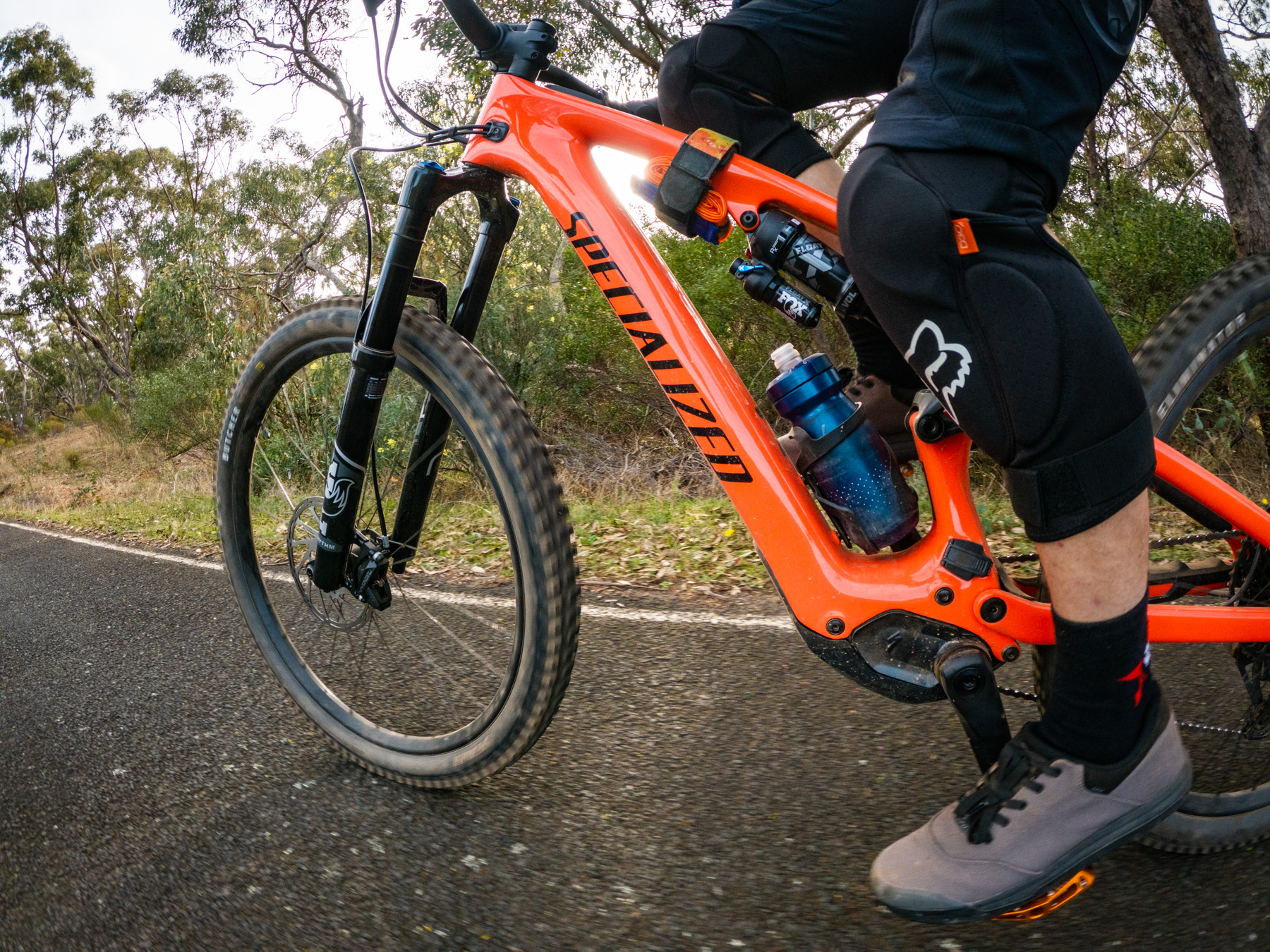
The Shuttle Test
To provide some comparative data, I also subjected the Levo SL to our standardised range test.
This test involves riding up a 2km road climb with just shy of 200m of elevation gain, before bombing down a variety of singletrack descents. The idea is to rack up as many laps as possible before the battery goes flat, while keeping the variables as consistent as possible. I try to do this with every e-MTB we review here at Flow, in order to provide a more accurate point of comparison.
This test is performed with the motor set to the most powerful setting. In the case of the Levo SL, the Turbo mode is actually limited to 80% peak power output from the factory. That means you’ll have to go into the Mission Control app to lift the peak power to 100%.
With the settings dialled up to the max, here’s how the Levo SL’s range compared to the rest;
- Norco Sight VLT (Shimano EP8, 900Wh Battery) – 2,478m climbing
- Canyon Spectral:ON (Shimano EP8, 900Wh Battery) – 2,451m climbing
- Rocky Mountain Altitude Powerplay (Dyname 4.0, 720Wh Battery) – 2,108m climbing
- Scott Patron (Bosch Gen 4, 750Wh Battery) – 2,079m climbing
- Cube Stereo Hybrid 160 (Bosch Gen 4, 625Wh Battery) – 1,800m climbing
- Orbea Rise (Shimano EP8-RS, 360Wh Battery) – 1,388m climbing
- 2022 Specialized Levo SL (SL 1.1, 320Wh Battery) – 1,377m climbing
- Trek Fuel EXe (TQ-HPR50, 360Wh Battery) – 1,312m climbing
- 2024 Specialized Levo SL (SL 1.2, 320Wh Battery) – 1,307m climbing
- Specialized Kenevo SL (SL 1.1, 320Wh Battery) – 1,053m climbing
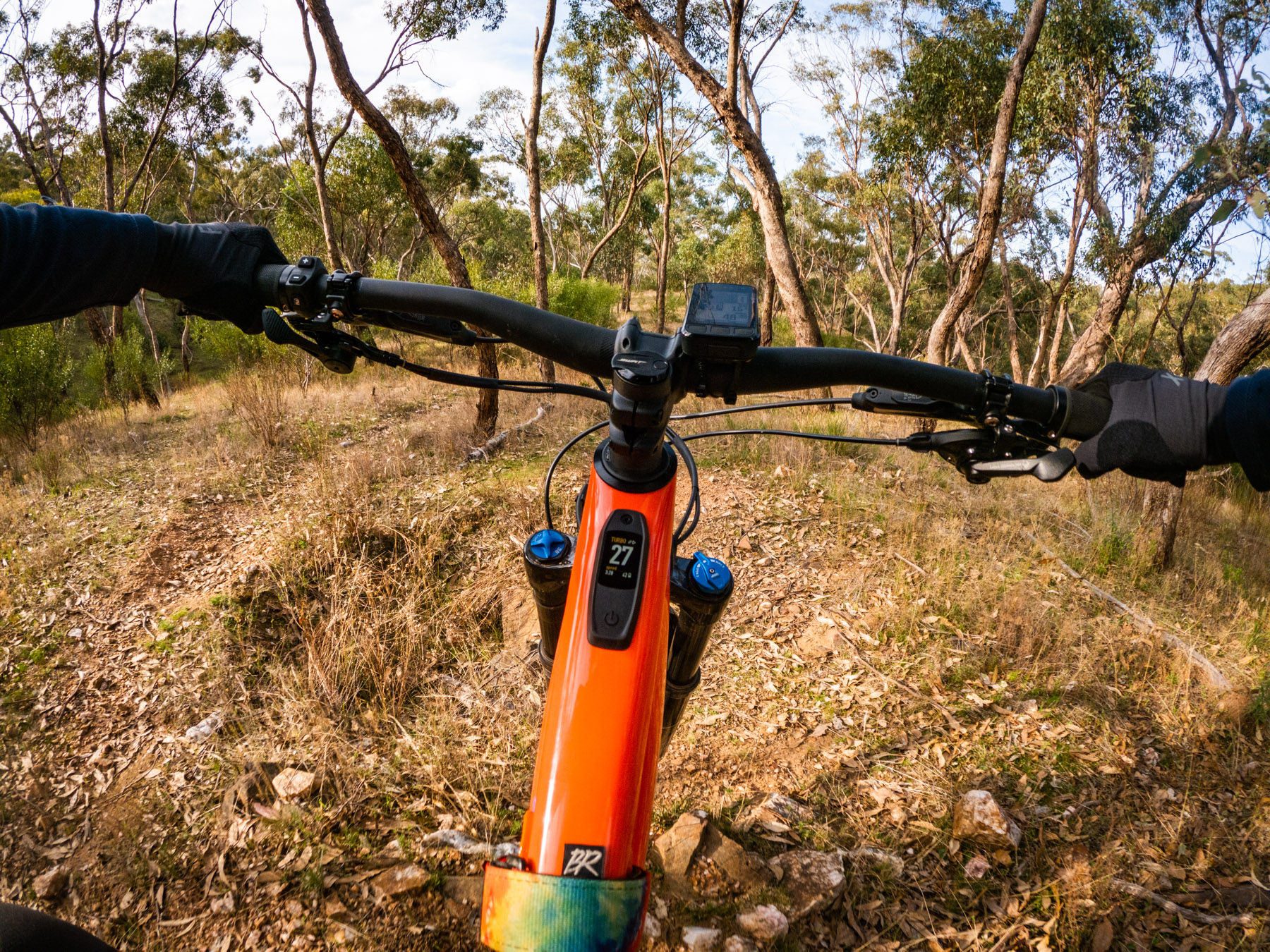
As you can see, the 2024 Levo SL didn’t quite achieve the same range as the 2022 model. It really wasn’t that far behind though, having racked up 95% of the range despite having a much more powerful motor. As mentioned earlier, the climbing speed was noticeably higher on the new Levo SL. Up an average 10% gradient it would comfortably hold 14-15km/h, which is around 1-2km/h quicker than the old bike.
Because the range is so close, it indicates that the new SL 1.2 motor isn’t just more powerful, it’s also more efficient. Indeed it feels impressively drag-free when the motor is off, which is something I tested both intentionally and unintentionally on several occasions.
Of course if you were looking for more range, you could purchase a separate 160Wh Range Extender battery for $750 AUD (including the extender cable). This battery is designed to sit where the bottle would normally go, and increases total range by 50%.
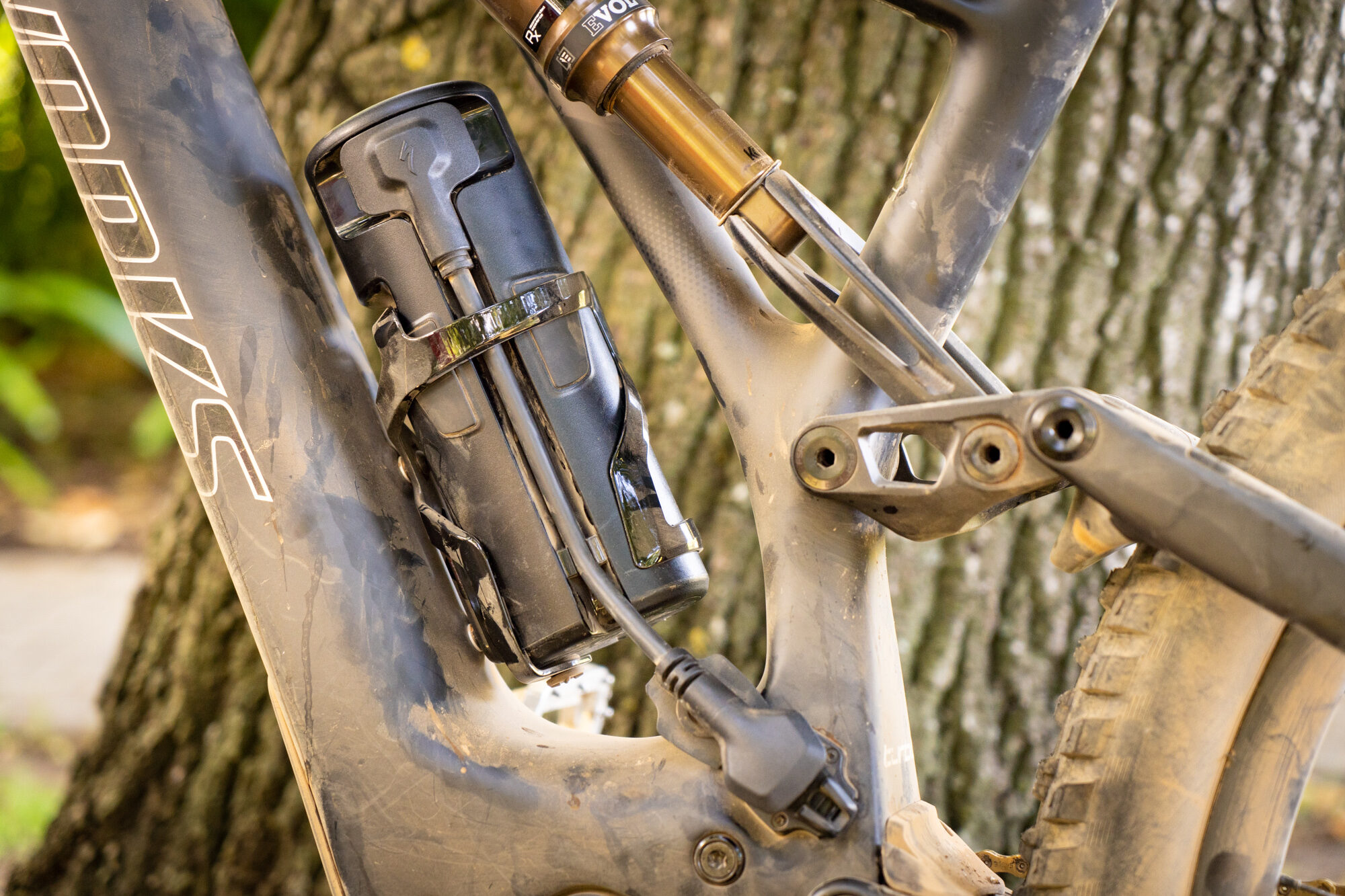
Component highs & lows
Coming in just shy of $12K, the Specialized Levo SL Comp Carbon is hardly a bargain. That said, the pricing is pretty comparable to other lightweight e-MTBs like the Trek Fuel EXe 9.7 ($11,499 AUD) and the Orbea Rise M20 ($13,499 AUD).
The big story is the fact that the pricing has come down over the 2022 Levo SL Comp Carbon, which had an RRP of $13,100 AUD. Despite being over a grand cheaper, the new model gets a better fork (36 vs 34), shock (Float X vs Float DPS), brakes (Code RS vs Guide RE), and drivetrain (GX vs NX). That’s before you even consider the new frame and SL 1.2 motor. There’s likely numerous reasons behind Specialized’s pricing reshuffle, but whatever the case, we’re certainly not complaining.
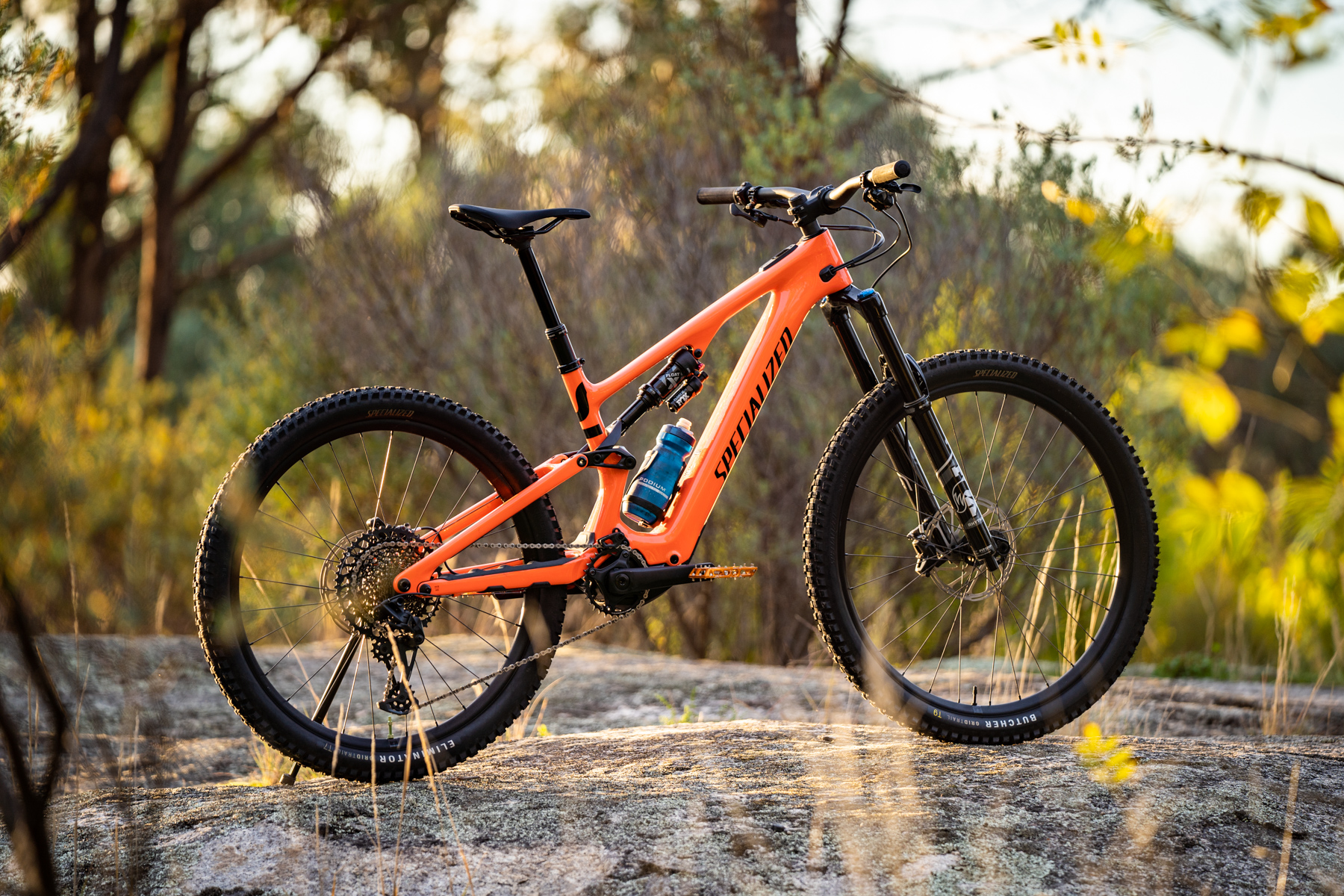
As to the quality of the parts package, the Levo SL Comp Carbon gives up very little in terms of performance over its glitzier siblings. In fact, I’d find it difficult to justify spending the extra cash on one of the higher-end model compared to this.
The suspension is fantastically plush, well-tuned and easy to adjust. The SRAM Code RS brakes offer great power and feel, and we’ve had no issues with the GX Eagle drivetrain. I’m happy to have alloy cranks, rims and handlebars on an e-MTB, given these components are the ones that typically get scratched up and smacked around the most.
There’s likely numerous reasons behind Specialized’s pricing reshuffle, but whatever the case, we’re certainly not complaining.
There’s decent frame protection and a generous skid plate for the motor, and we have to give Specialized props for avoiding the headset cable routing trend. There are plenty of other practical details like the brilliant SWAT tool inside the fork steerer, the modular headset cups and the neatly executed flip chips.
We’re also big fans of the MasterMind TCU display, which is super crisp and easy to use. The discreet controller makes those from other brands look clunky, and the Mission Control app continues to set the bar when it comes to usability and customising all of the bike’s functions.
I also love the Micro Tune function and the ability to adjust the motor’s power output on-the-fly in 10% increments. This allows you to fine-tune the support level throughout a ride to maximise range, and it’s a great feature when you’re on group rides with regular mountain bikes or full-powered e-MTBs.
Specialized Levo SL vs Trek Fuel EXe
One of the strongest competitors to the Specialized Levo SL is the Trek Fuel EXe.
Launched in 2022, the Fuel EXe caused quite the stir thanks to its incredibly svelte frame design and tiny TQ motor. Despite its demure size, the TQ motor is claimed to pump out up to 50Nm of torque. It’s linked up to a 360Wh battery, which unlike the Levo SL, is easily removable from the frame for charging separately.
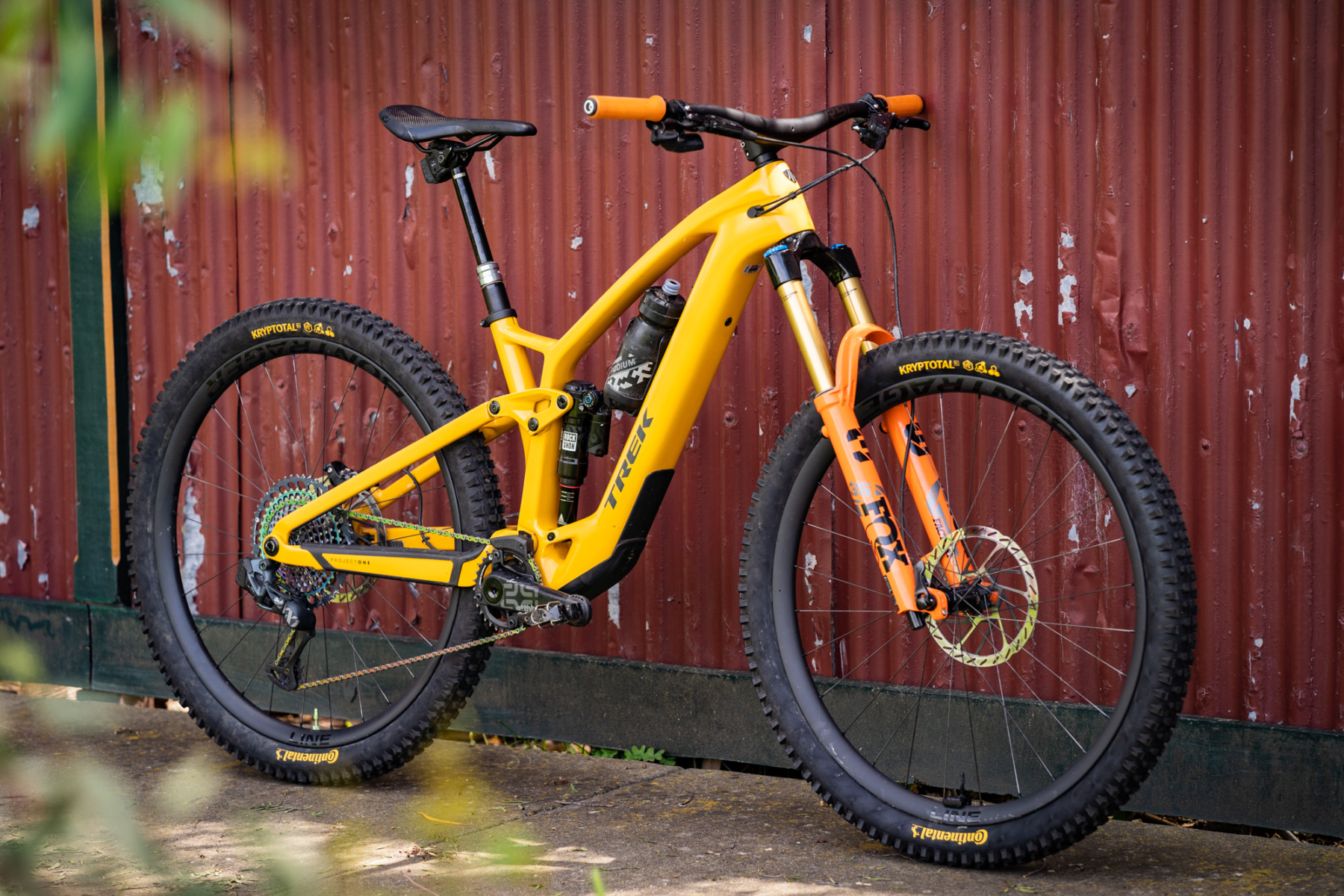
The Fuel EXe does have slightly less travel, with a 150mm fork and 140mm at the rear. The frame will happily accommodate a 160mm travel fork, which was one of the changes we made to our long-term test bike.
Complete bikes come set up with 29in wheels, though you can run the Fuel EXe as a mullet thanks to the Mino Link flip chip. It doesn’t have anywhere near the level of adjustability compared to the new Levo SL, but otherwise the two bikes are fairly comparable in terms of geometry in their stock form.
On the trail the Fuel EXe is a similarly ripping bike to ride. It’s incredibly capable, while offering intuitive handling that makes it a load of fun to ride on a wide variety of trail types.
Whereas the Levo SL is quite plush and forgiving, the Fuel EXe’s carbon chassis is a little stiffer and the shorter travel suspension is more supportive. This gives it a poppier ride quality with more precise handling. Along with the dual 29in wheels, it’s a little more business-like in its approach.
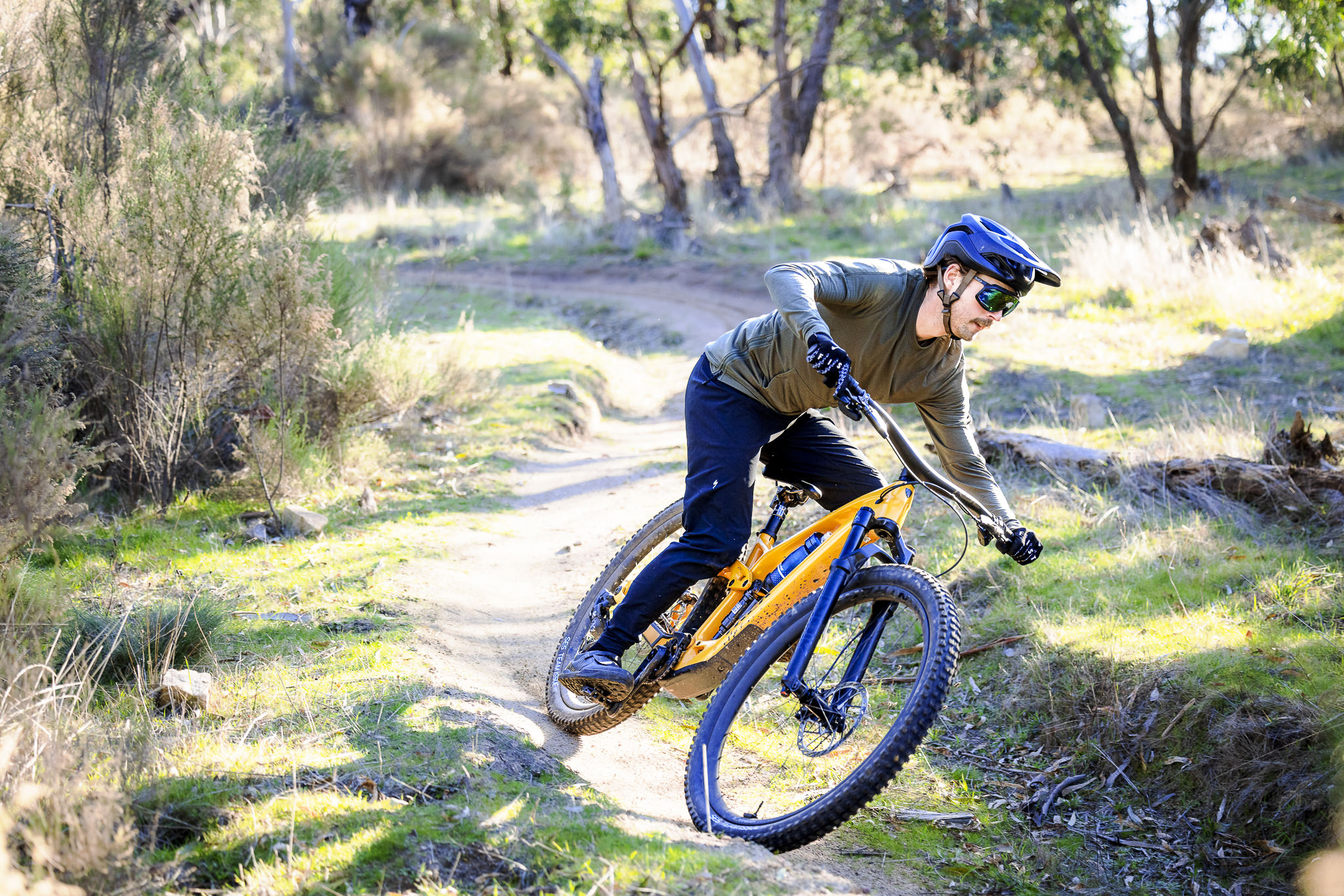
Both motors are excellent performers. The TQ motor is quieter, but we did find it to have some lag at the pedals. In comparison, the SL 1.2 motor responds quicker to pedalling inputs, and it offers a stronger degree of overrun. I’d need to test the two bikes back-to-back, but I’d say the Levo SL offers more support. It also has a better user interface with the superior MasterMind TCU display and the excellent Mission Control app.
In terms of price, the Trek Fuel EXe 9.7 comes in close at $11,499 AUD. It features the same fork and shock as the Levo SL Comp Carbon, though it gets a Shimano SLX drivetrain and Deore brakes. The Bontrager finishing kit is comparable, though the lightweight XR5 tyres are a definite downgrade.
Both bikes are sold through a large dealer network, so that comes with the usual perks of backup service and warranty support compared to buying a bike online.
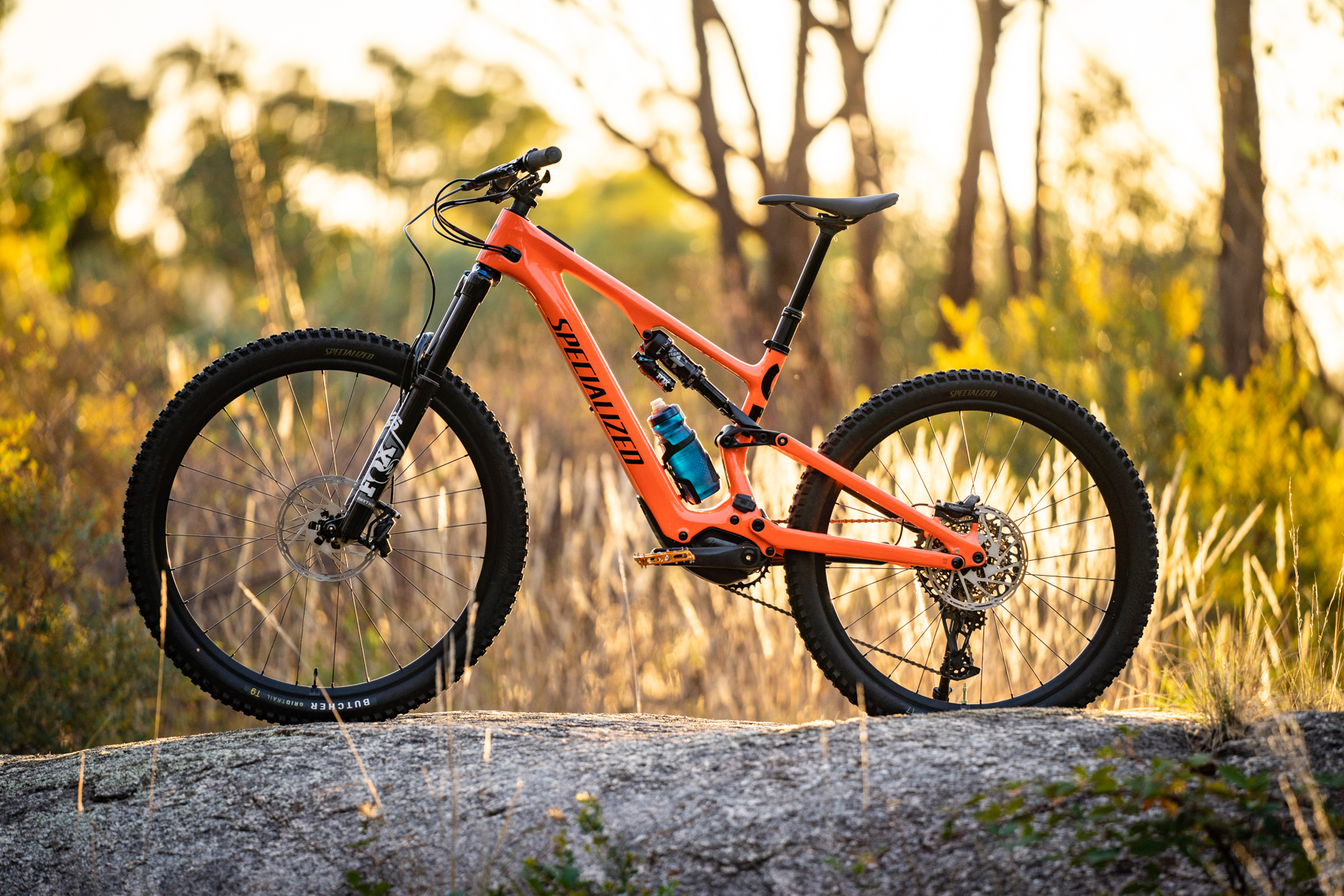
Flow’s Verdict
We’ve been anticipating the new Specialized Levo SL for some time, and I’m happy to report that the 2nd generation model has more than lived up to those expectations.
E-enthusiasts will no doubt be stoked by the torque and power increase of the new SL 1.2 motor. It offers more support and improved efficiency, while also being quieter. However, the electrics are only half of the story. Really, it’s the improvement in suspension quality and handling that is most noticeable on the trail.
As well as being more capable at high speeds, the Levo SL is just a whole lot of fun to ride. It might not offer the outright plough-ability of the Kenevo SL, but it’s a way more playful bike that is well suited to a wide range of trail types. It’s comfortable across undulating cross-country terrain, and with the addition of a range extender battery it’d be a great option for all-day adventures.
Since it’s only available in carbon, the price of entry is obviously high. However, the fact that the pricing has come down over the previous model is good news, especially when you consider the improved spec, frame and motor.
Along with the broad range of sizes and huge amount of adjustability built into its chassis, Levo SL is a very appealing option. Certainly when it comes to the on-trail performance, I can confidently say that this is the best lightweight e-MTB that we’ve tested.
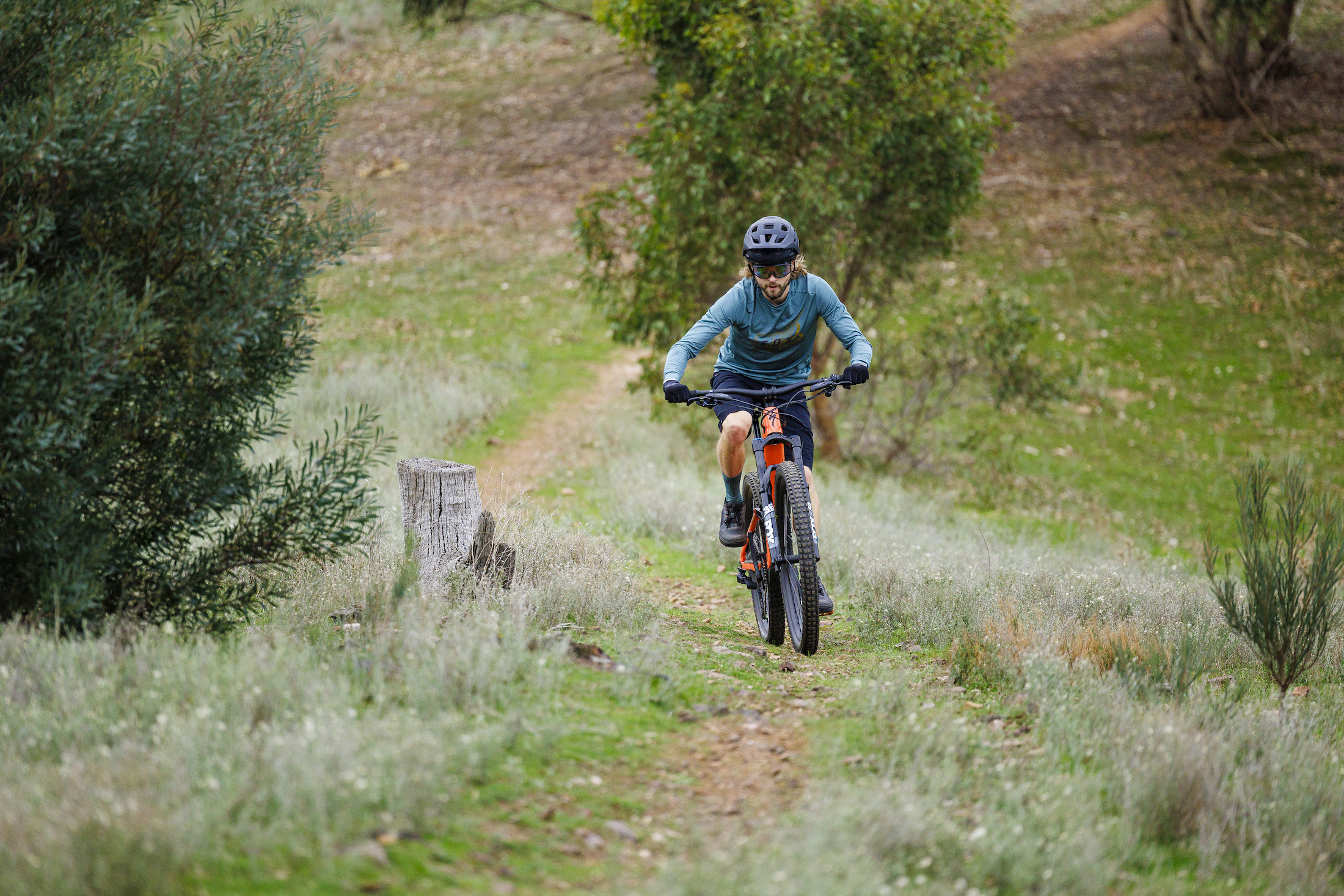
Certainly when it comes to the on-trail performance, I can confidently say that this is the best lightweight e-MTB that we’ve tested.
